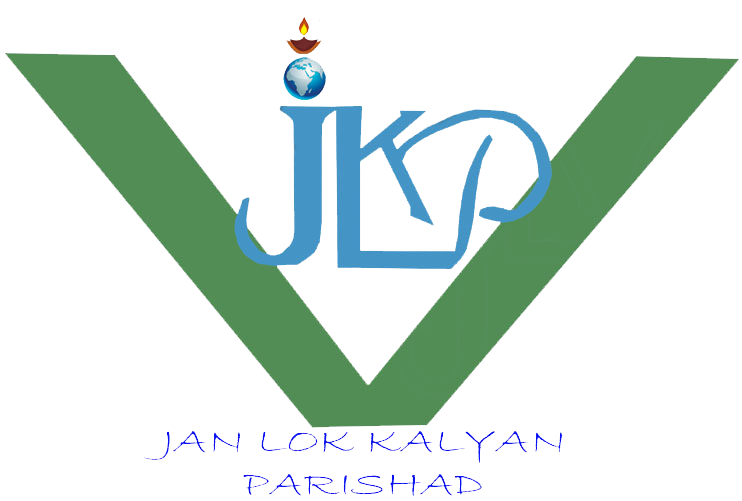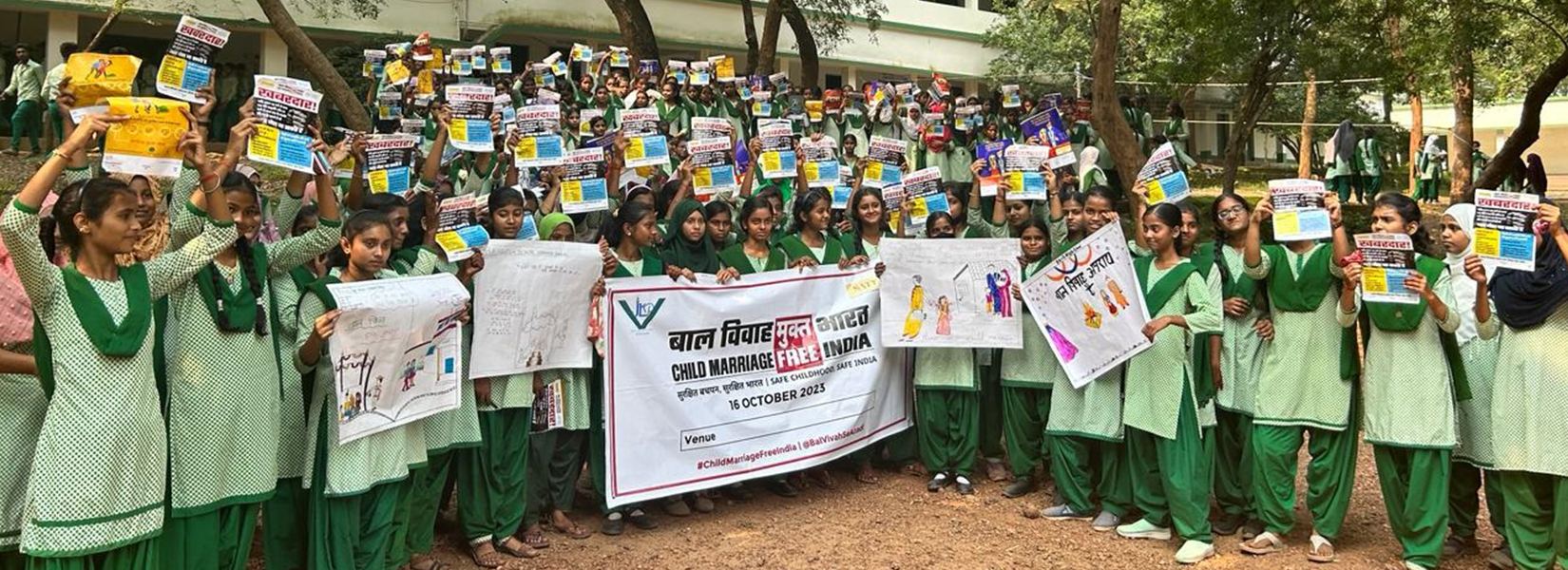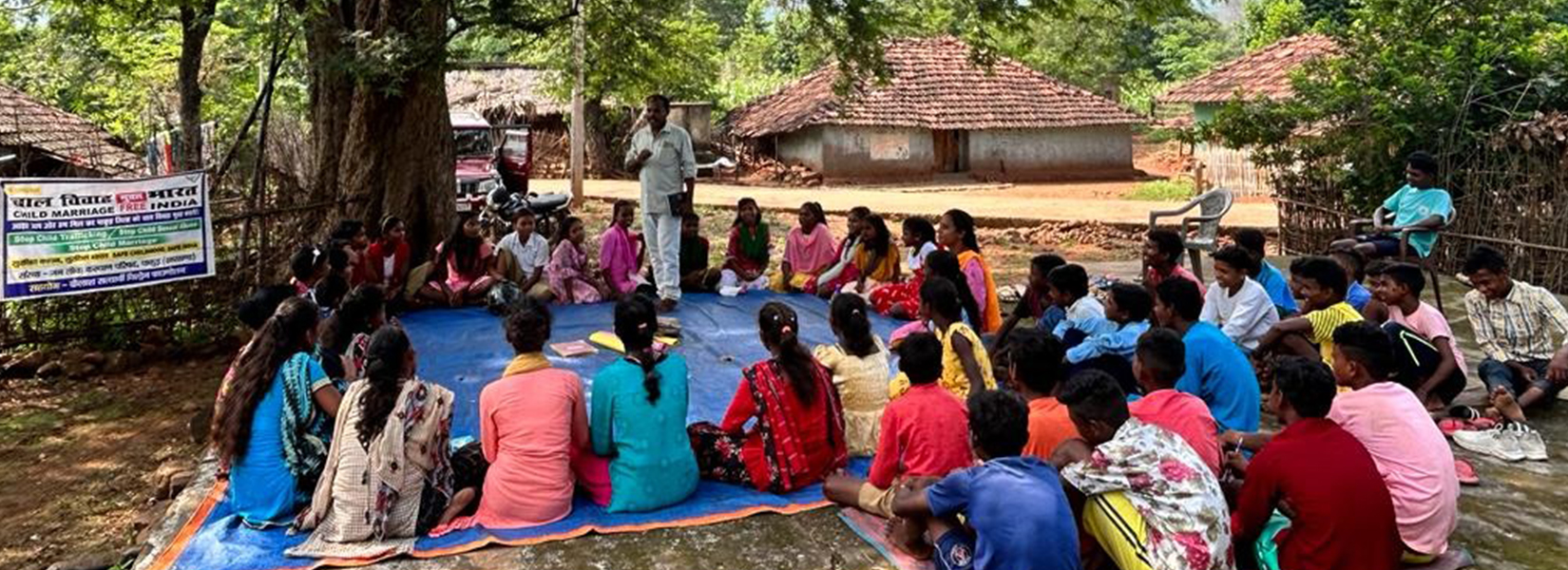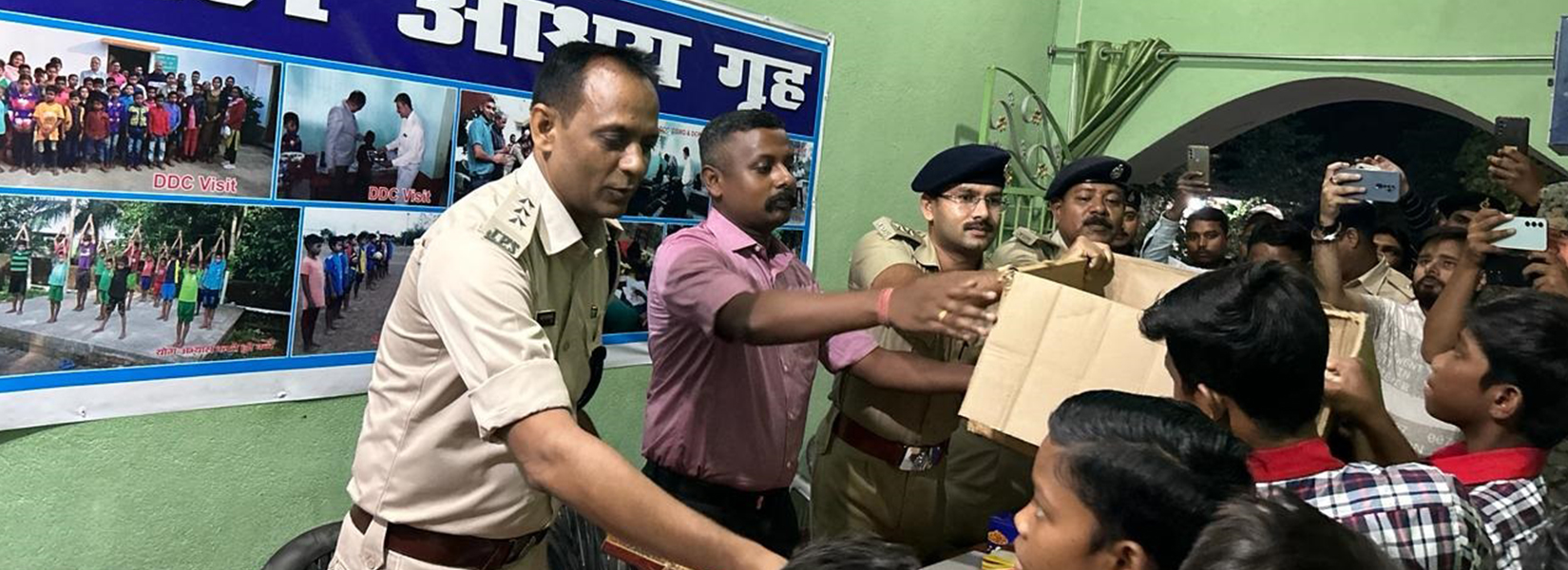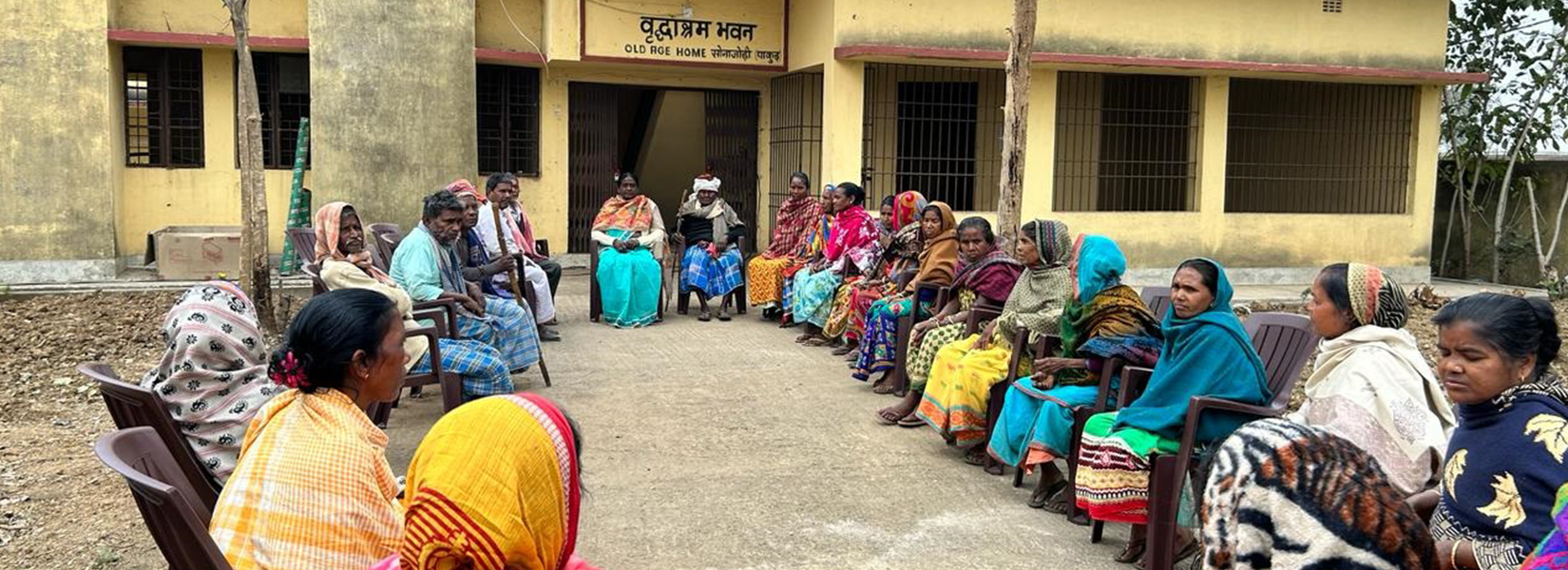Access To Justice

About your Organization
Jan Lok Kalyan Parishad (JLKP) is a grassroot level organization came into existence in 1994, registered under Society Registration Act-1860 vide registration number 790/93-94 , with valid F.C.R.A, 12A, 80 G,PAN,TAN,MCA,ISO and other document which is required to work smoothly as per the government guidelines. JLKP works on sustainable development with the involvement of Government and Line Department, Local Communities, Local CBOs, SHG and other stakeholders for generating Awareness, Capacity Building, Strengthening of existing Service, entitlement realization, Health, Education with women empowerment and generating livelihood through skilling and learning for combating Poverty at different Block of Pakur,Sahibganj,Dumka,& Godda district . JLKP has experience to work in the field level on the issues related to 1.No Poverty, 2.Women,Child Development and Social Security, 3. Sustainable Agriculture , 4.Education and Employability, 5.Good Health and Wellbeing. JLKP is dedicated to the development of the deprived people (backward and poor rural women, people with disabilities, child labour, victims of trafficking,Sexual Exploitation,Abuse and violence) of Jharkhand. The organization is working on the following issue of Child Marriage, Child Trafficking, Child Labour and Child Sexual Abuse. The organization participated and organized Child Marriage Free India Campaign in Pakur districts of Jharkhand covering over 150 villages under the project.
The Campaign Activities included:1. Akshaya Tritiya Campaign - The following campaign was organized during Saturday 22nd April and conducted events in religious places at church, Madarsa and at temples. The campaign reached out to 21 religious leaders to pledge to prevent and end child marriage in their villages, districts.
2. June Action Month - From 1st June to 30th June the organization conducted the action month with the objective of Preventing child marriage with in the district and prevented two child marriages, 6 Child Labor/Child Trafficking, 1 undertaking 2 FIRs & 2 GD got registered. The campaign was conducted in collaboration with DCPU, CWC, Labour Supritendent and Police departments and covered by News Paper media, School & Community awareness program with an outreach of 2 lakhs 42 thousand audience directly by Pledge and 12345 through online.
3. 16 October 2023 - Child Marriage Free India Campaign Event – The campaign event was conducted In Six blocks locations covering Nineteen villages in collaboration with CWC, Schools, Child Protection Officers, Jharkhand Government & other Non government Organization departments with notifications issued by DCPU departments. The campaign was organized in One districts, 19 villages at Six blocks with an outreach of covering over 127834 population with in the district Campaign highlights:
Campaign Photos:
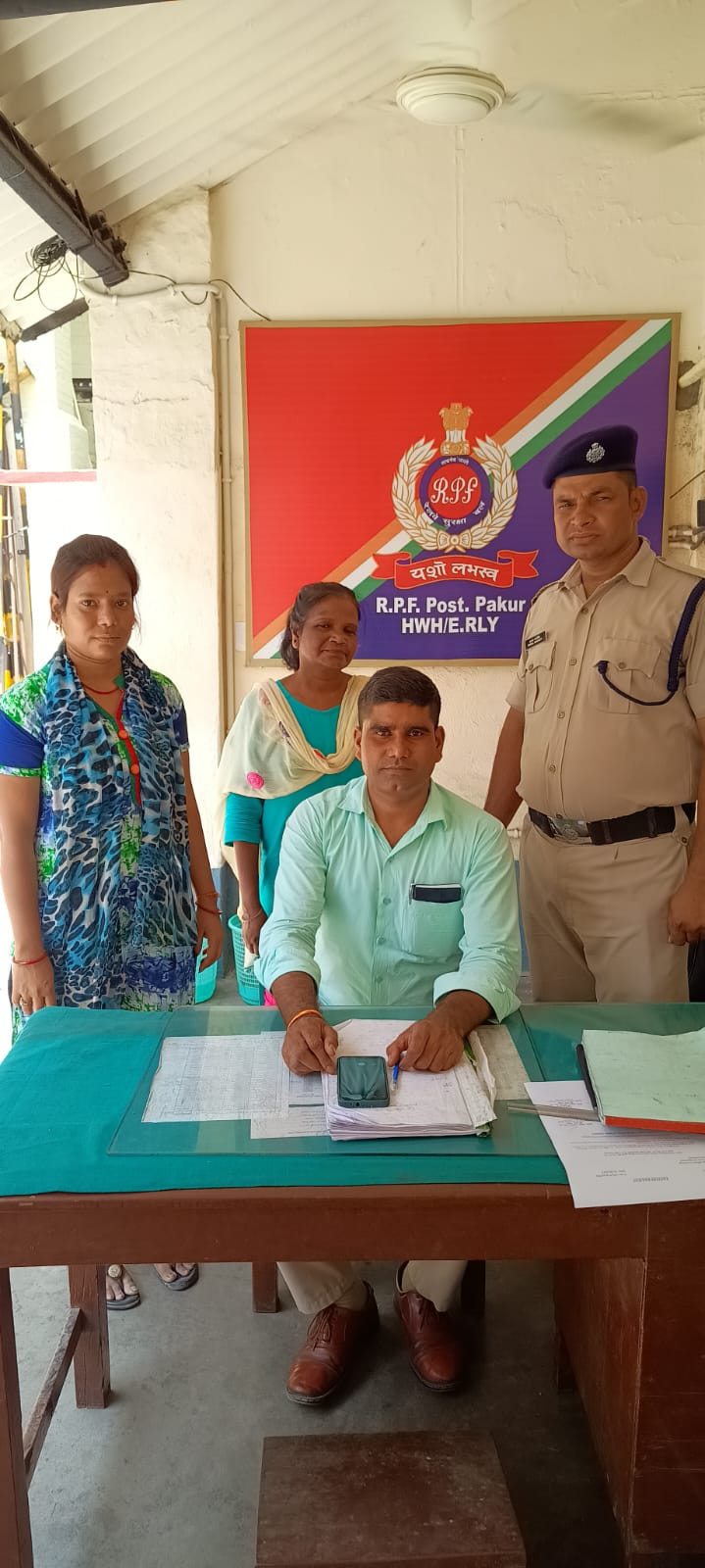
.jpeg)
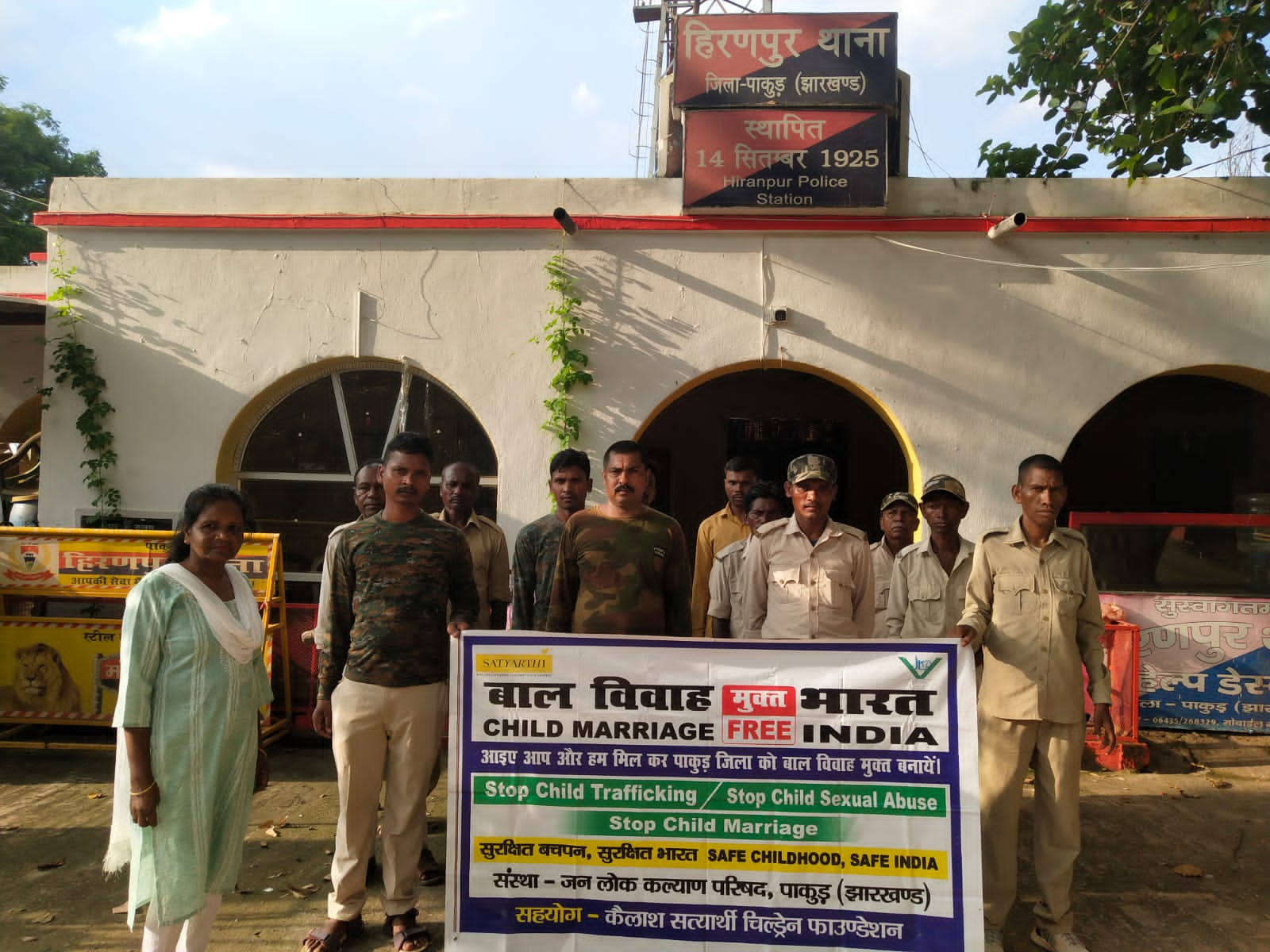
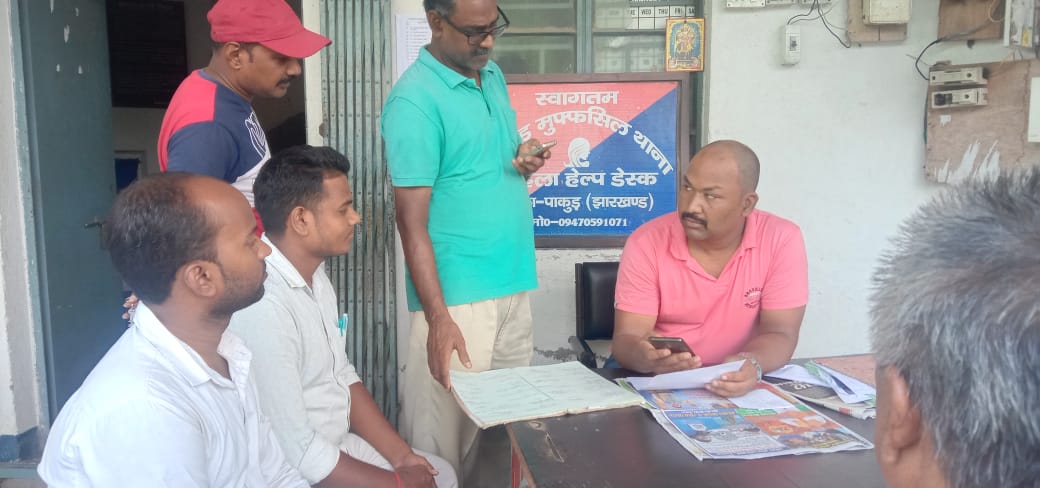
.jpeg)
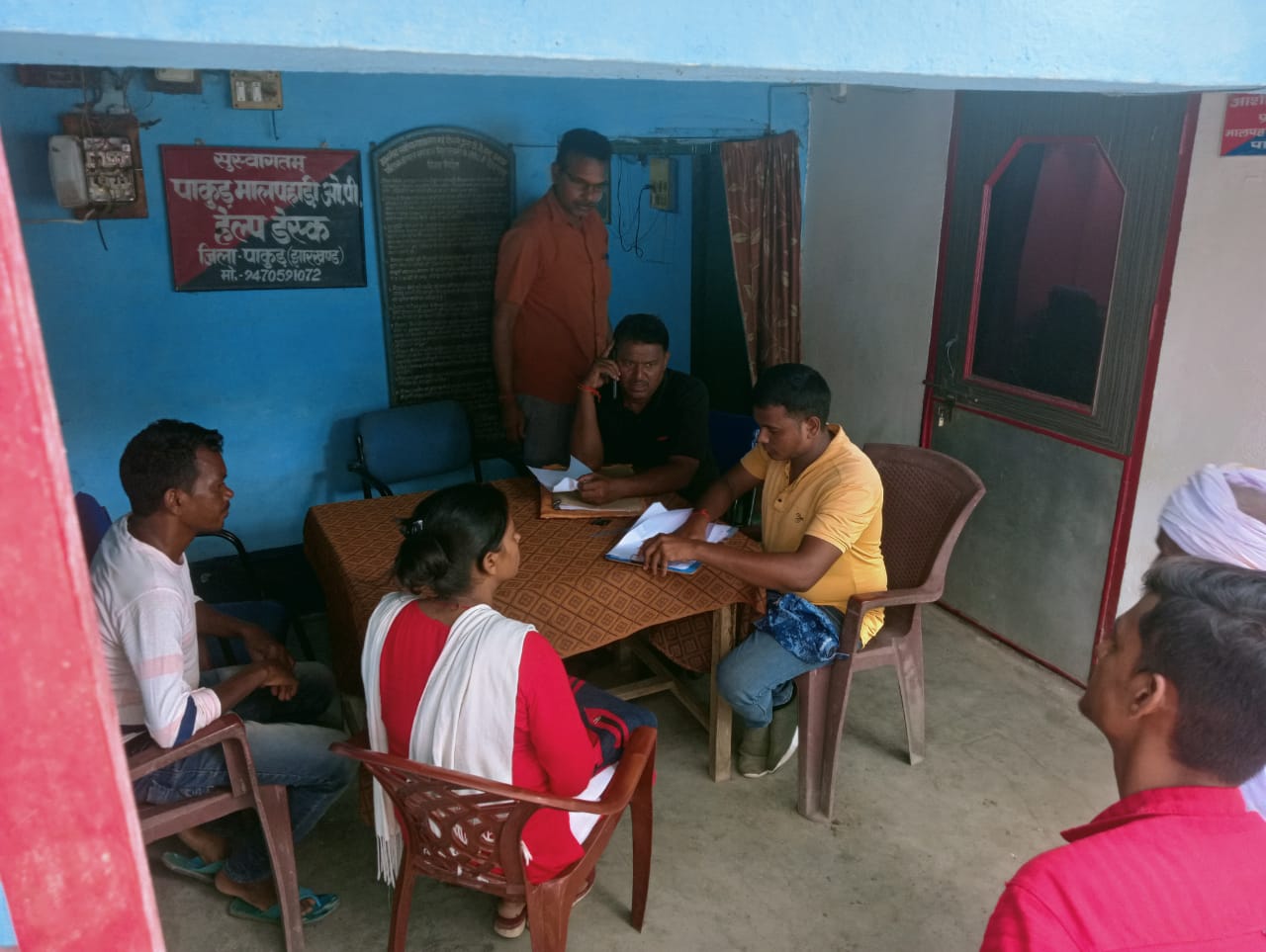
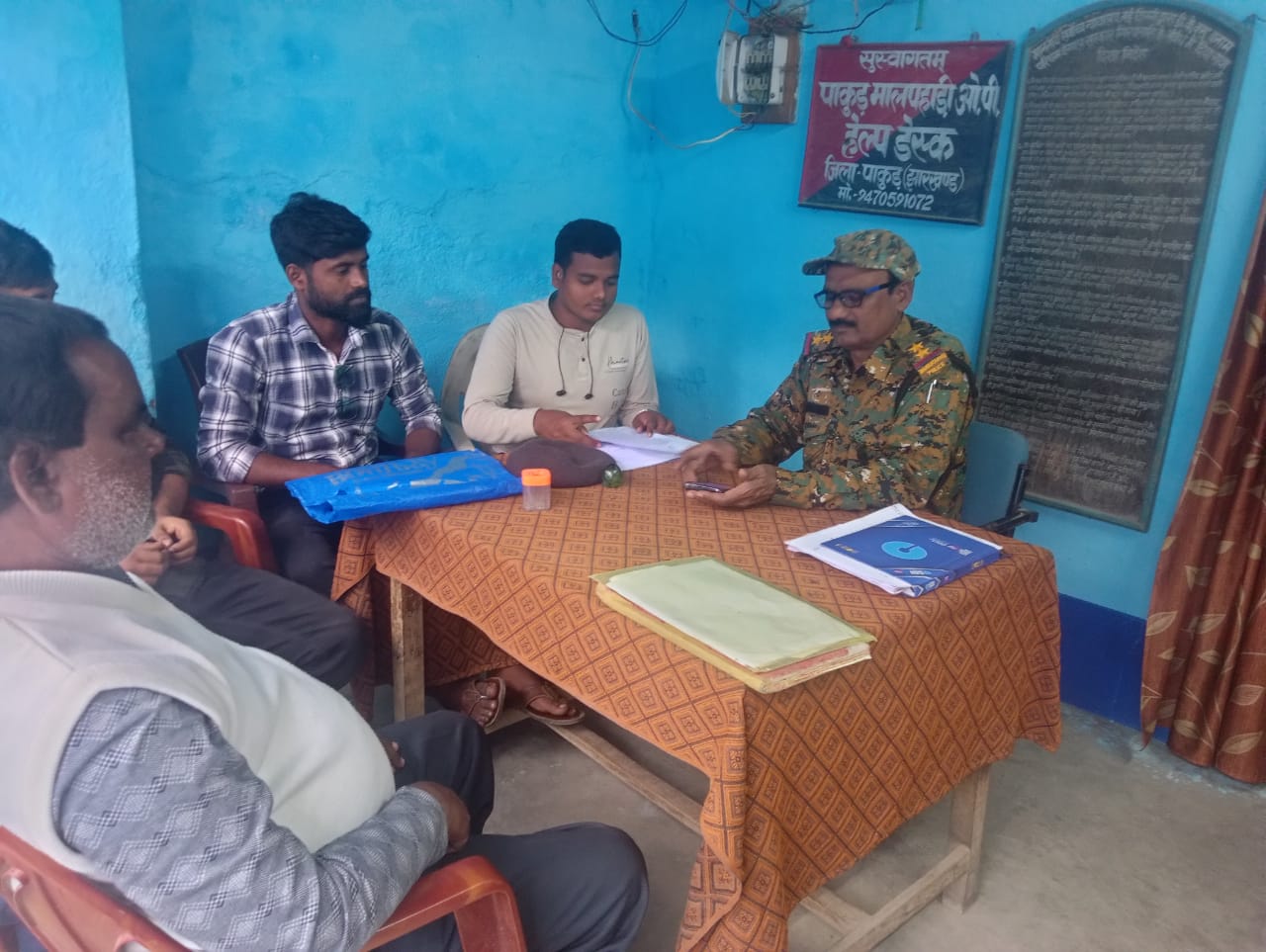
Campaign Media Coverage:
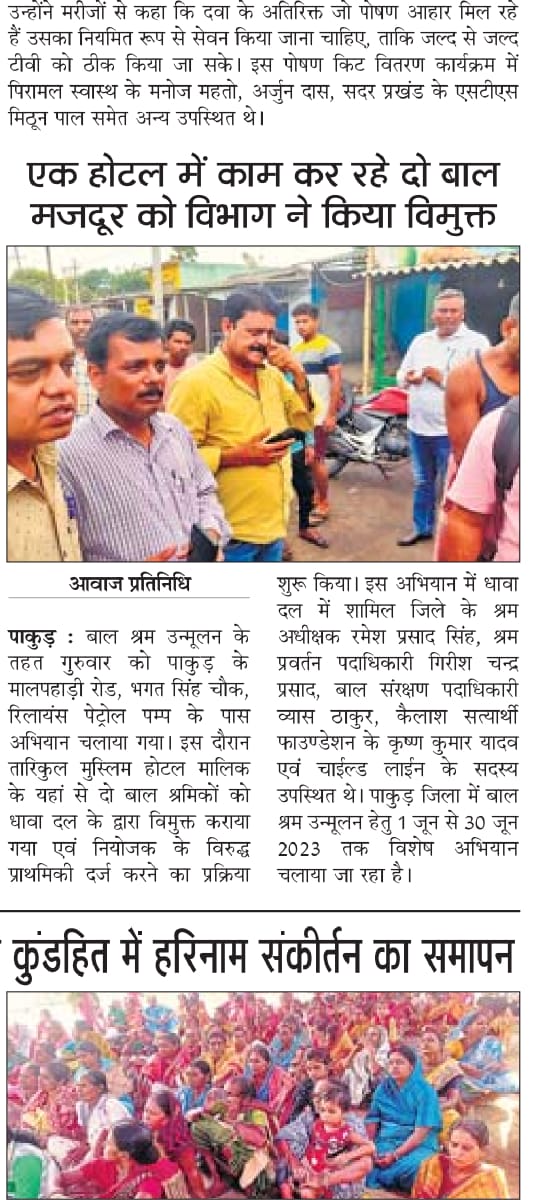
.jpeg)
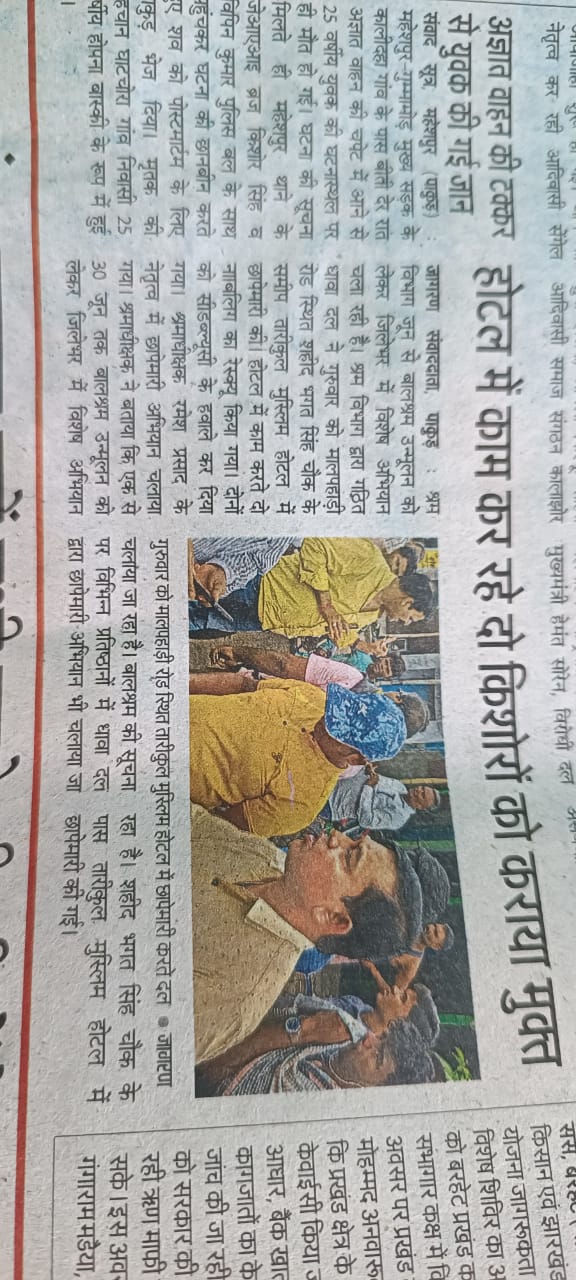
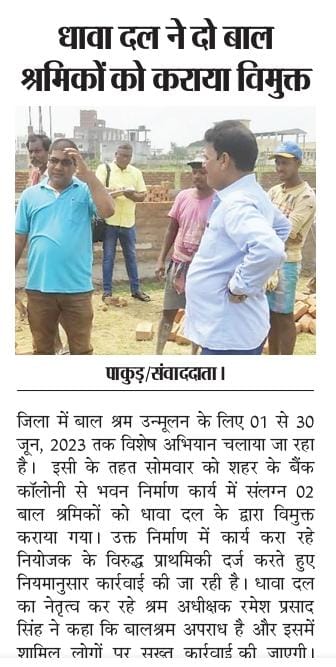
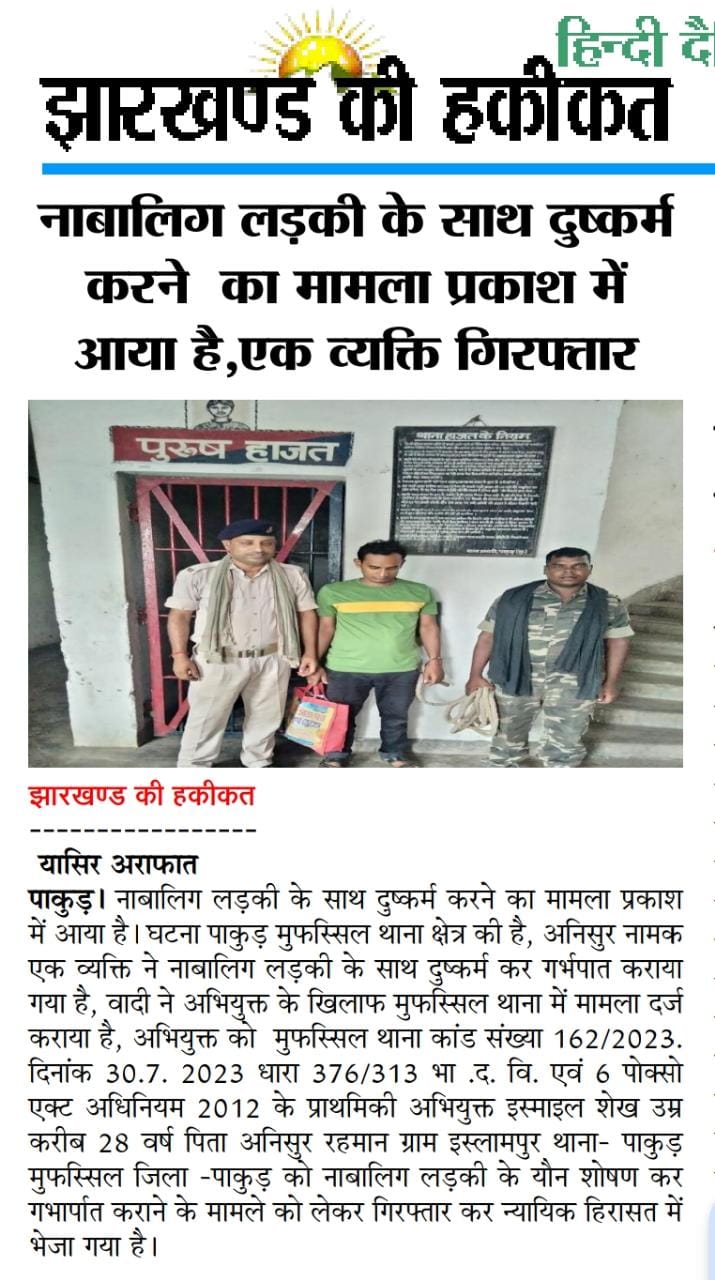
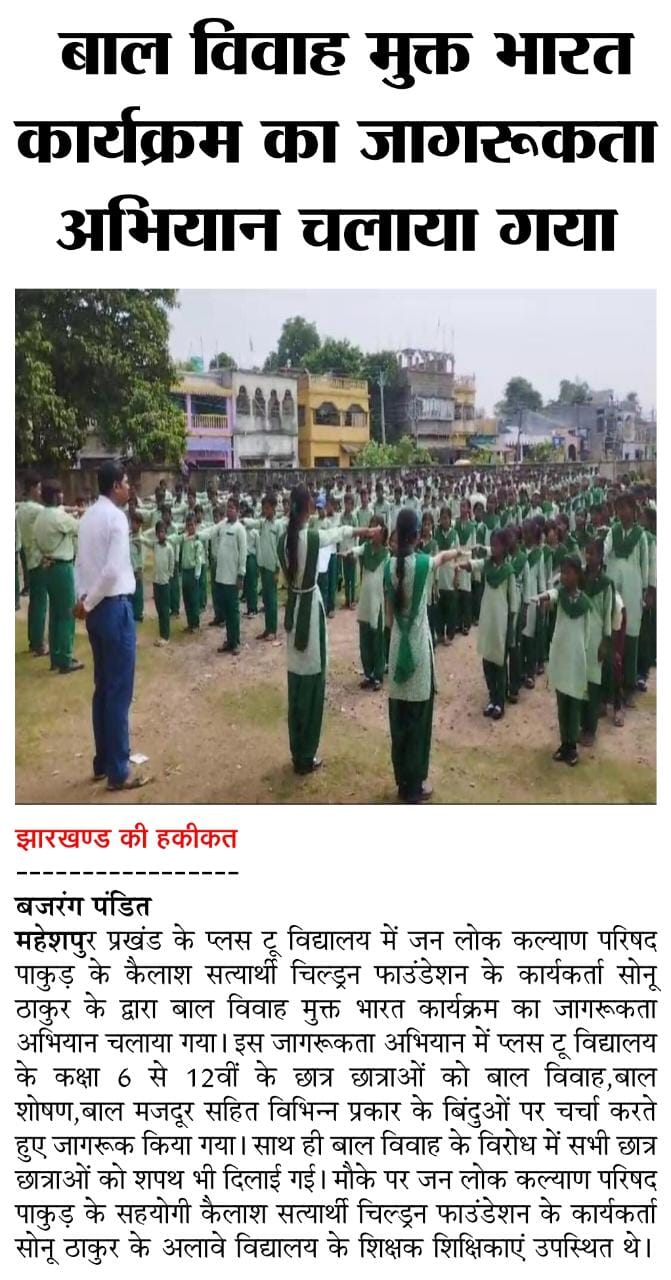
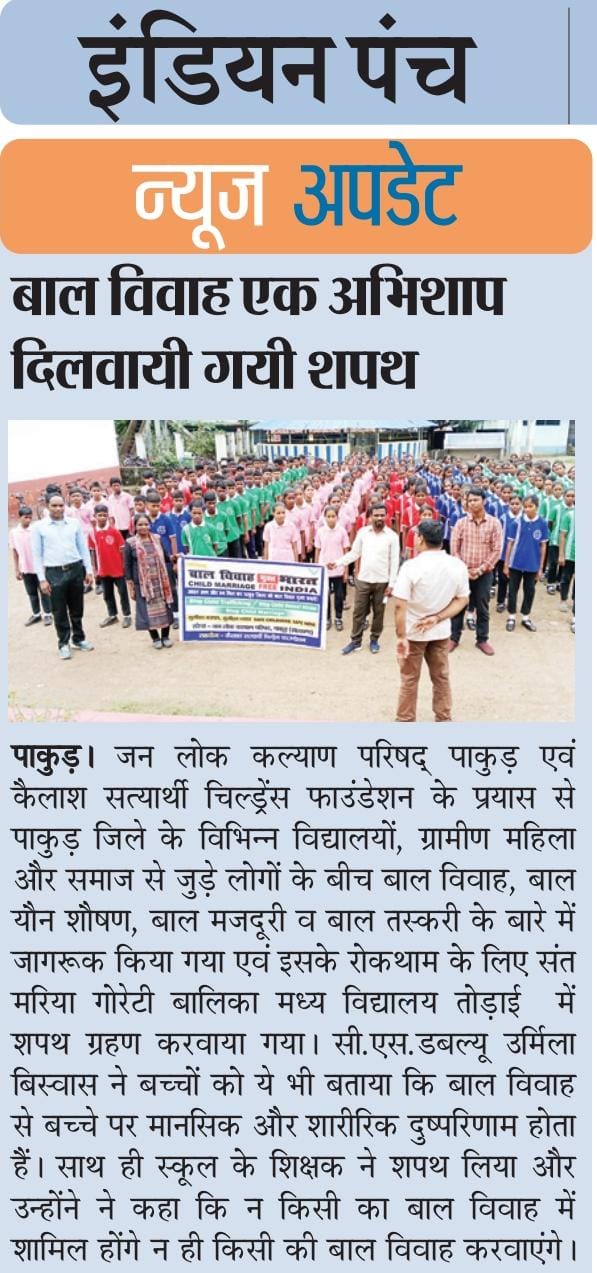
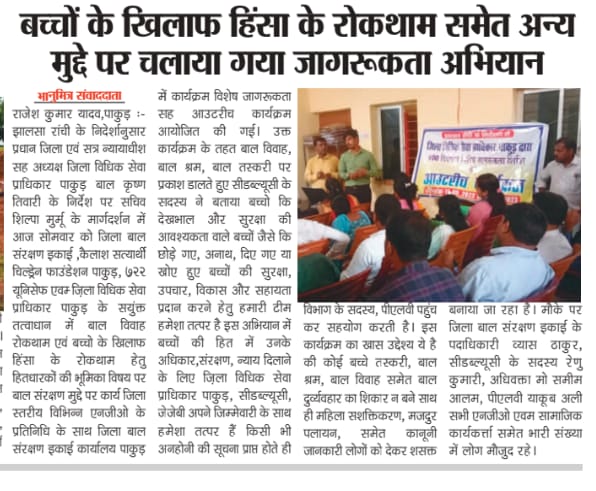
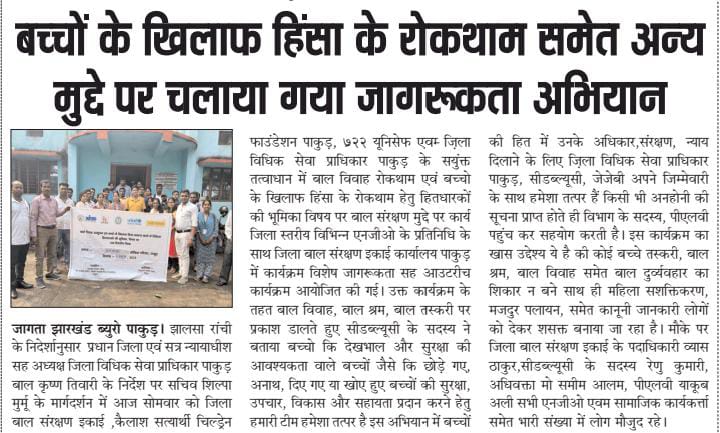
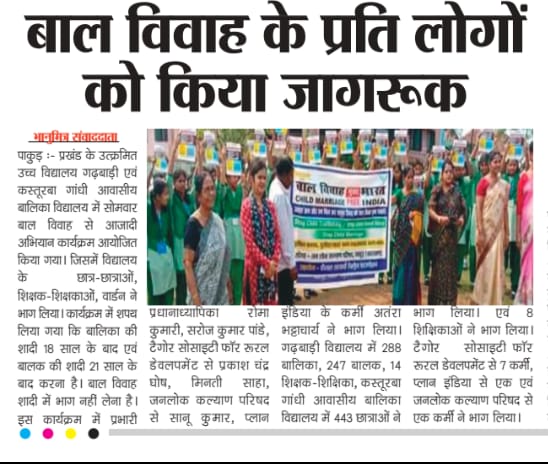
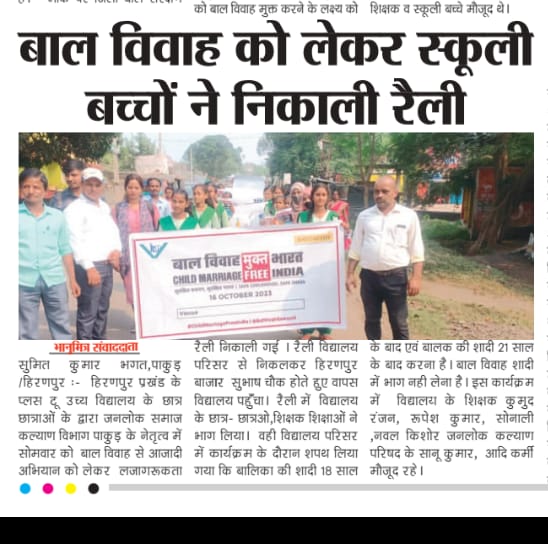
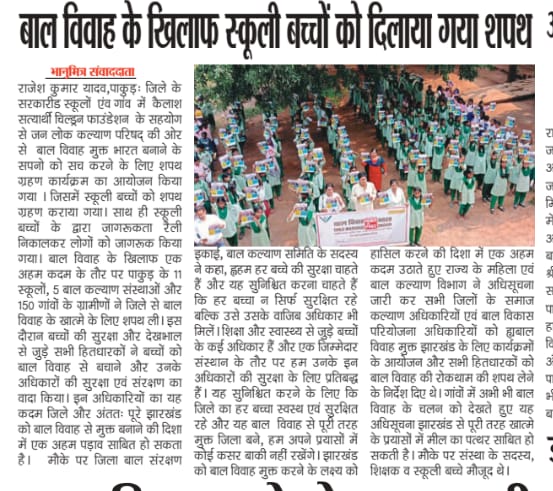
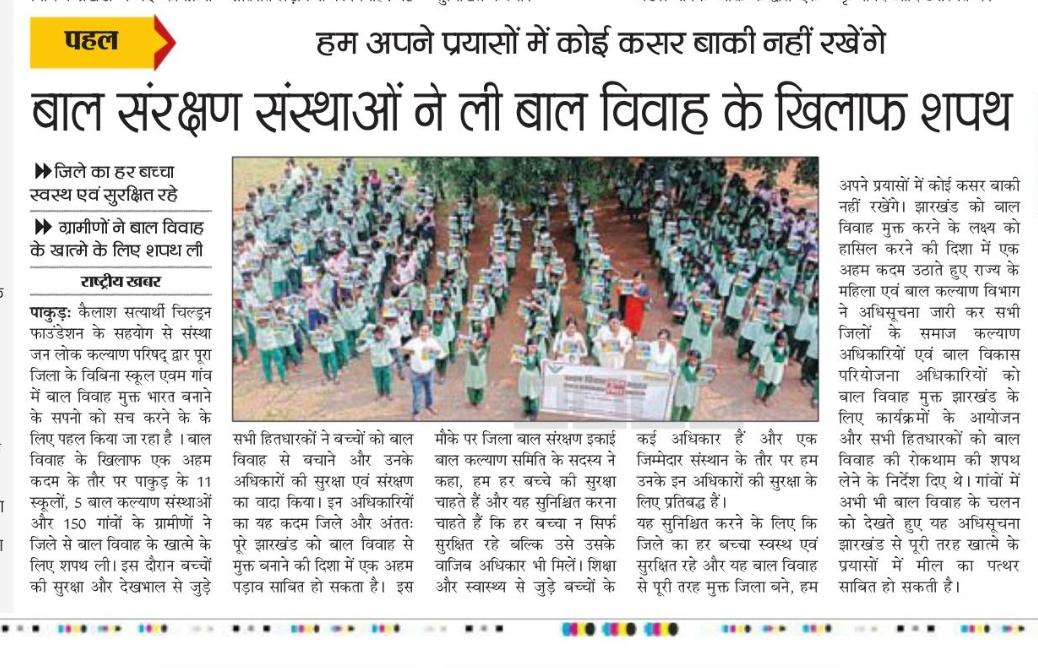
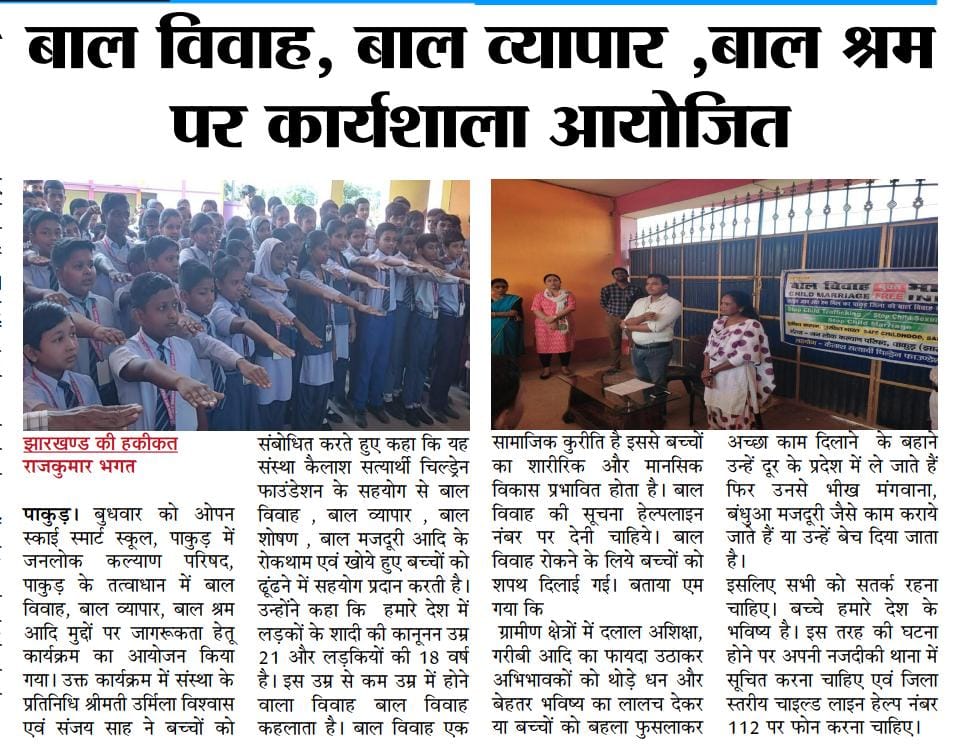
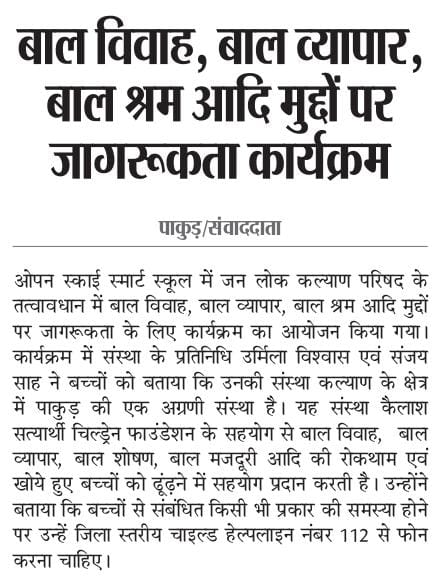
And other activities etc.
Bull Fight & Football awareness program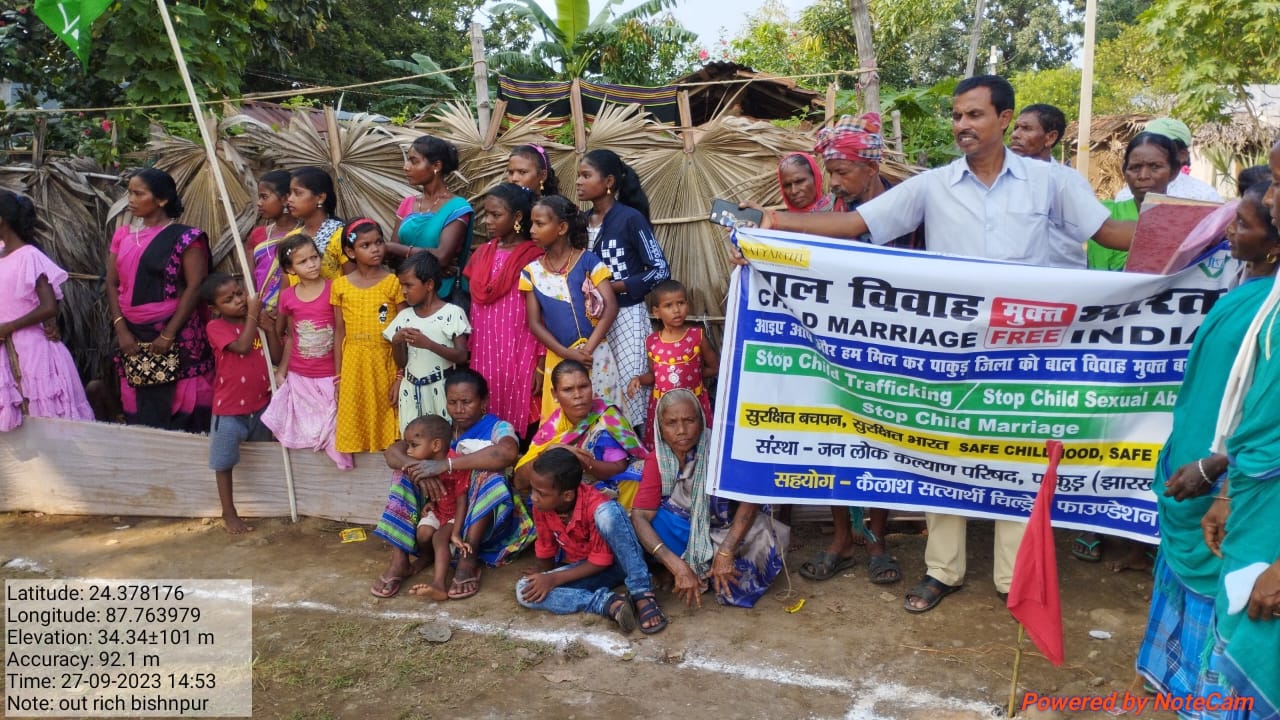
.jpeg)
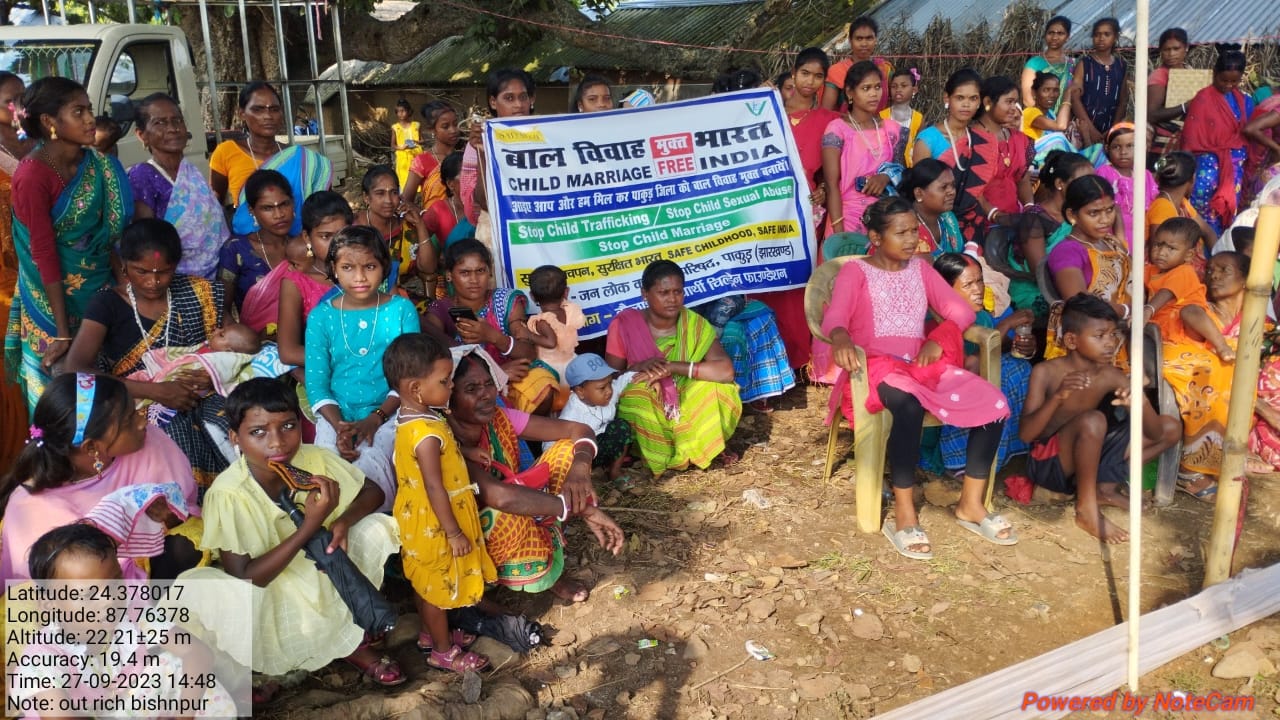
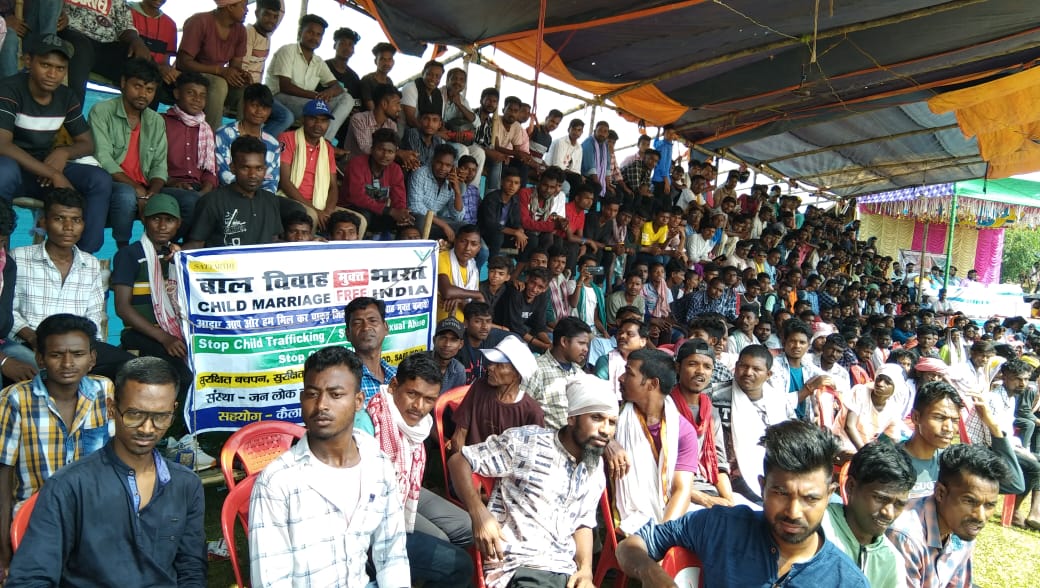
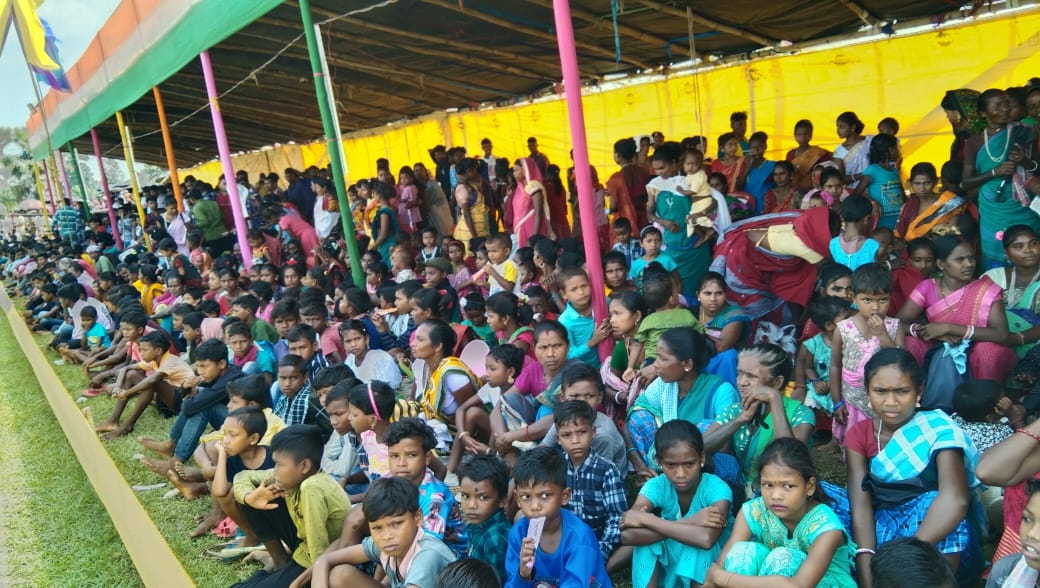
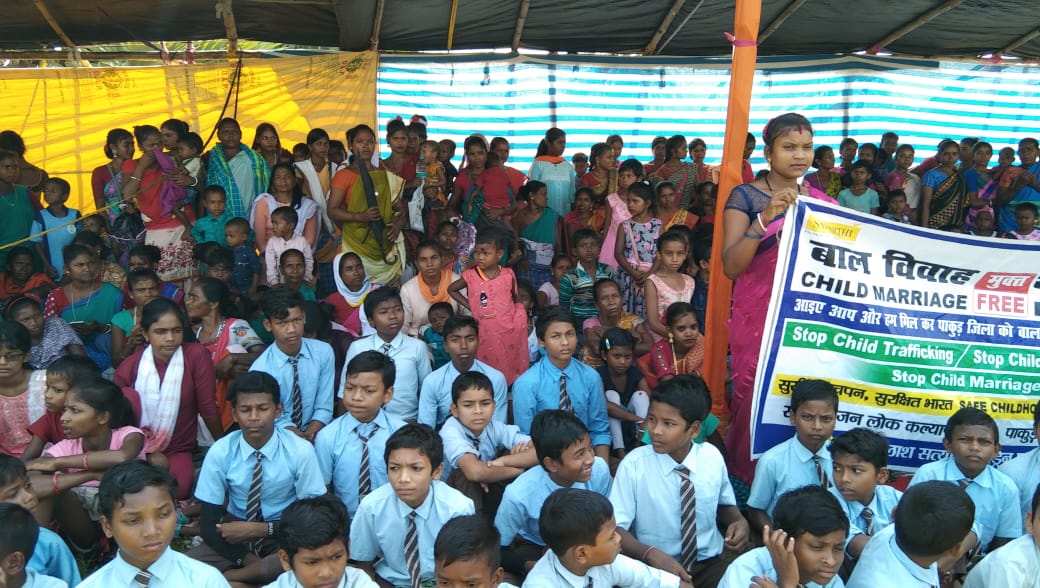
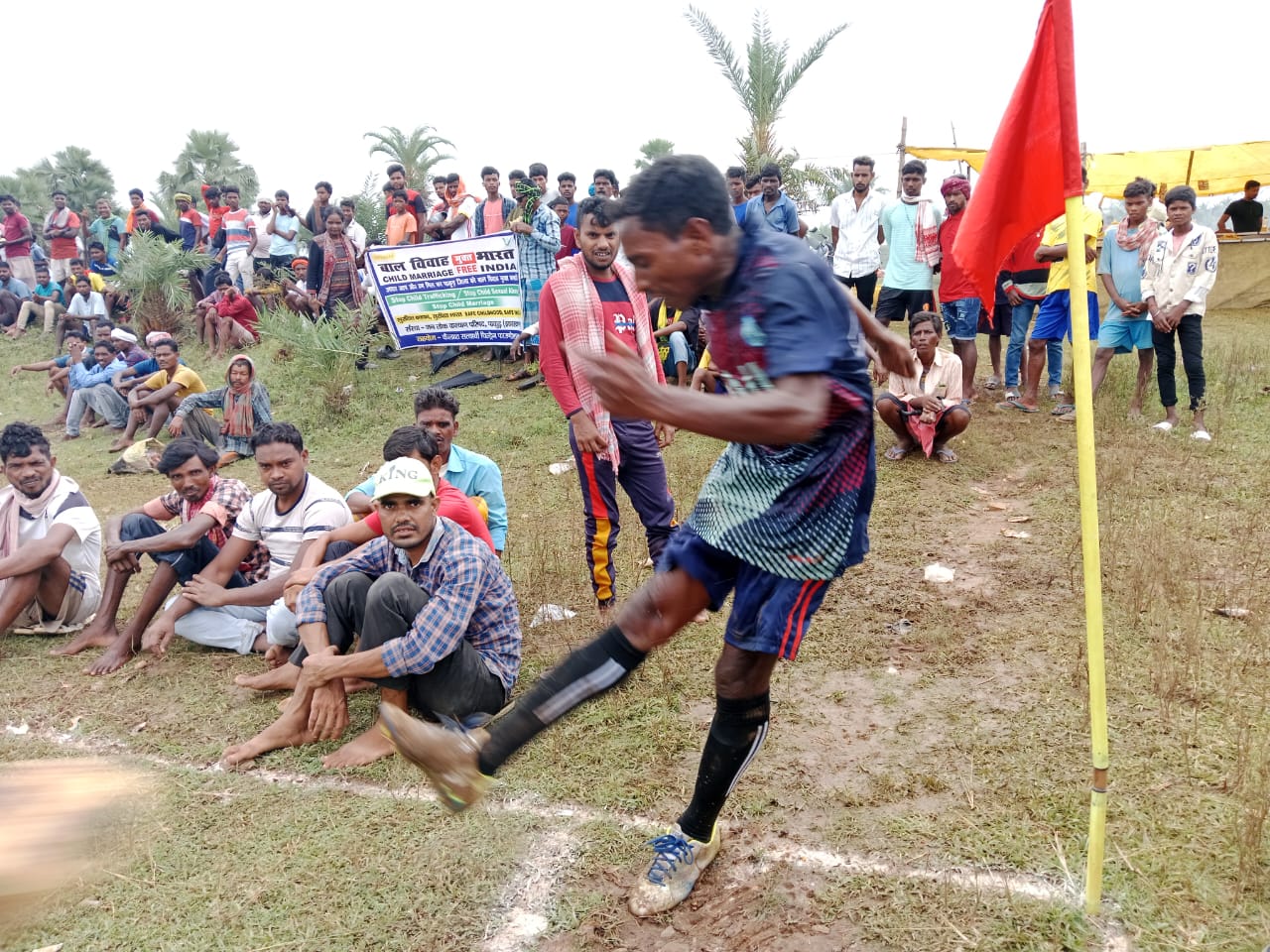
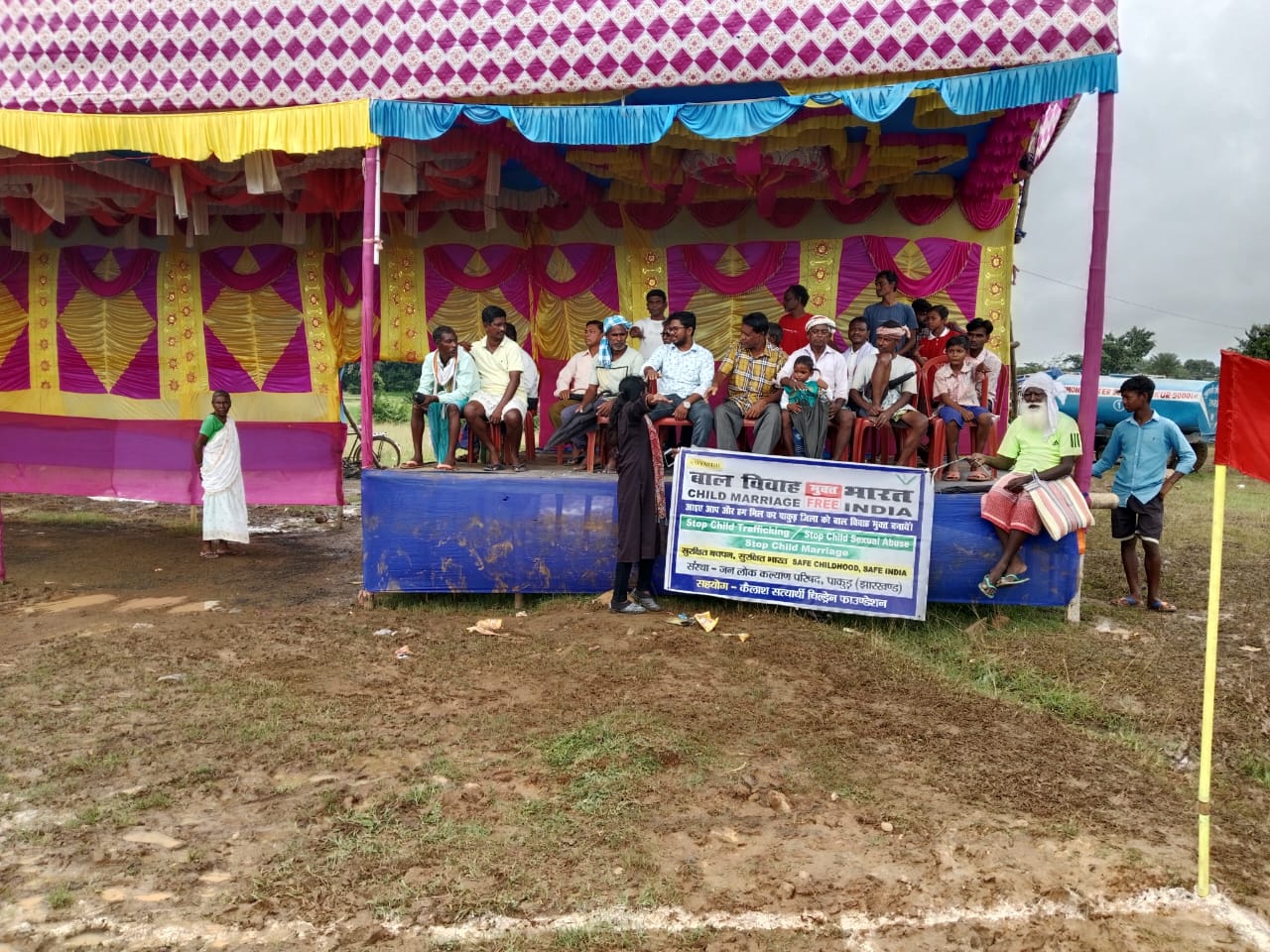
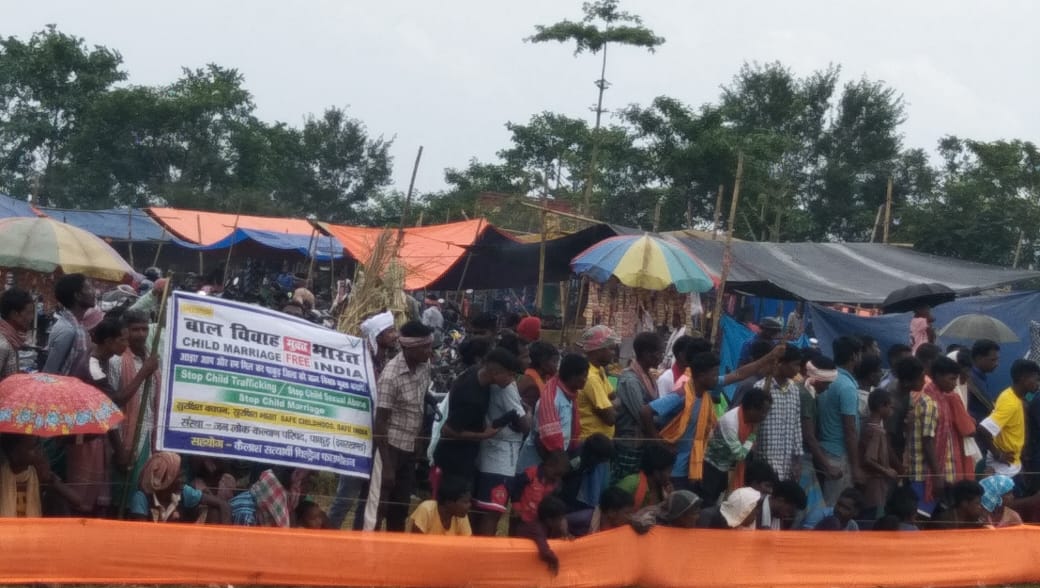
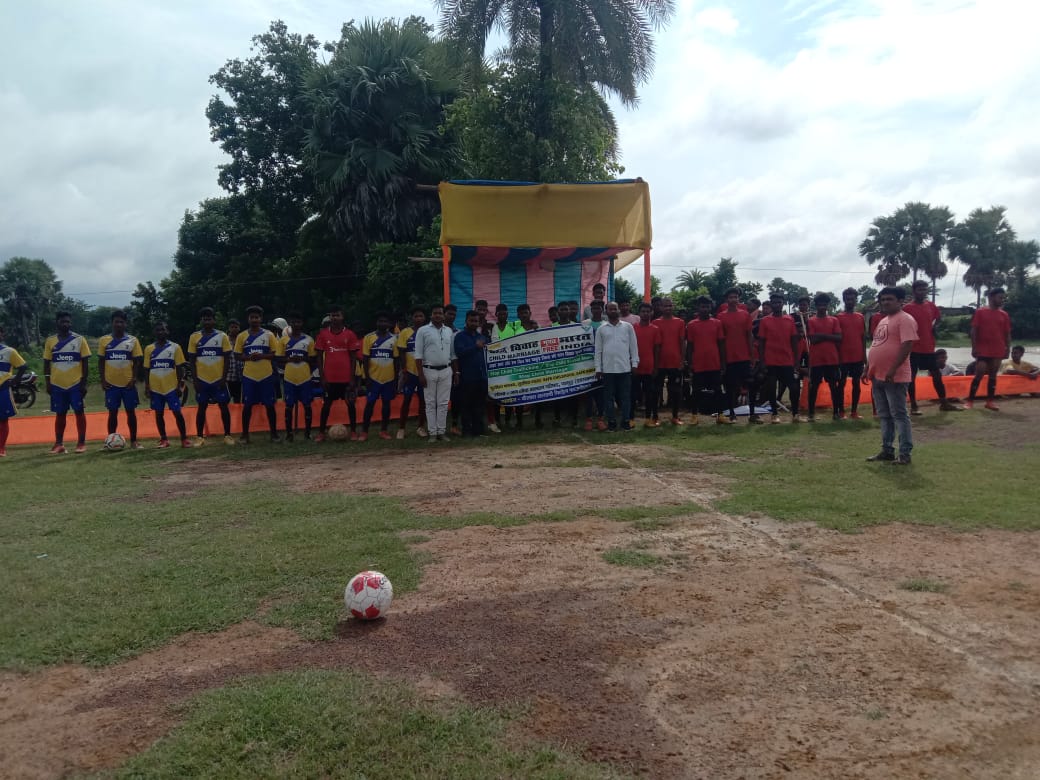
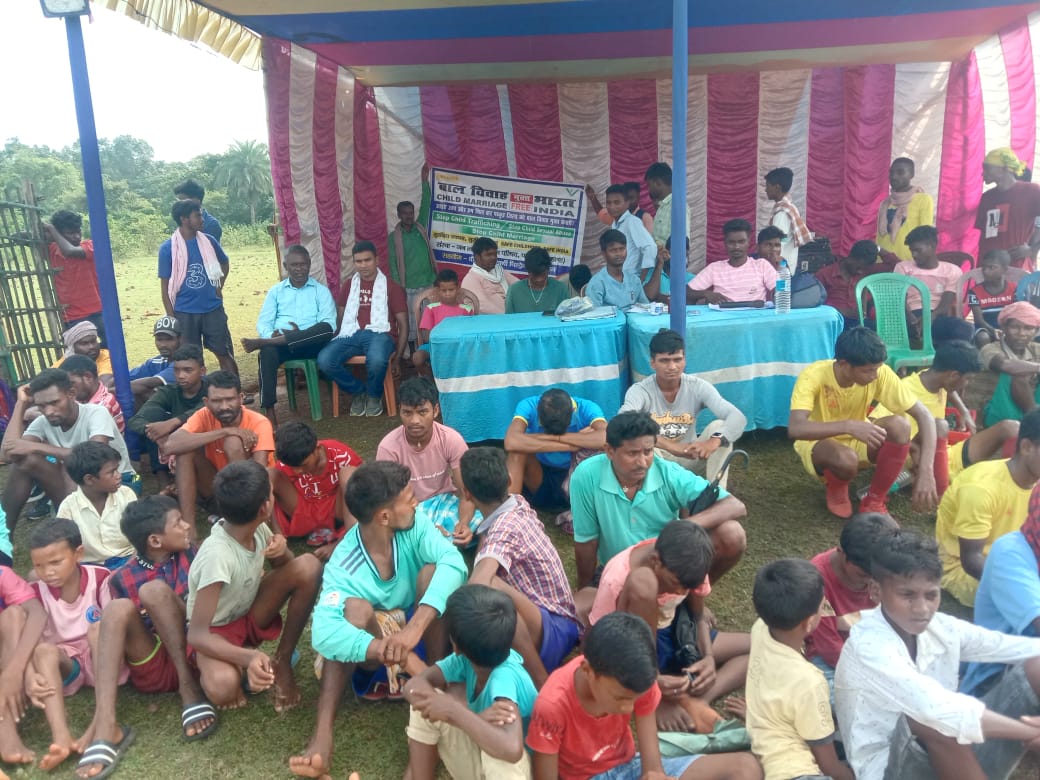
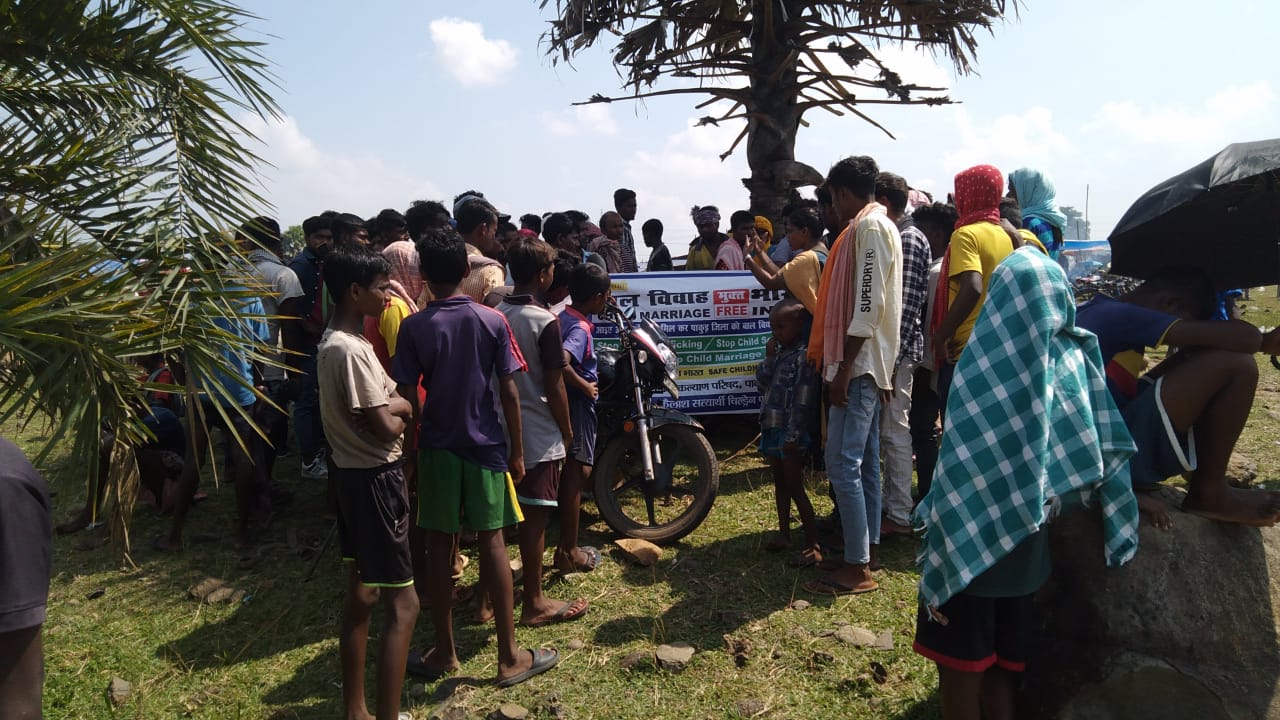
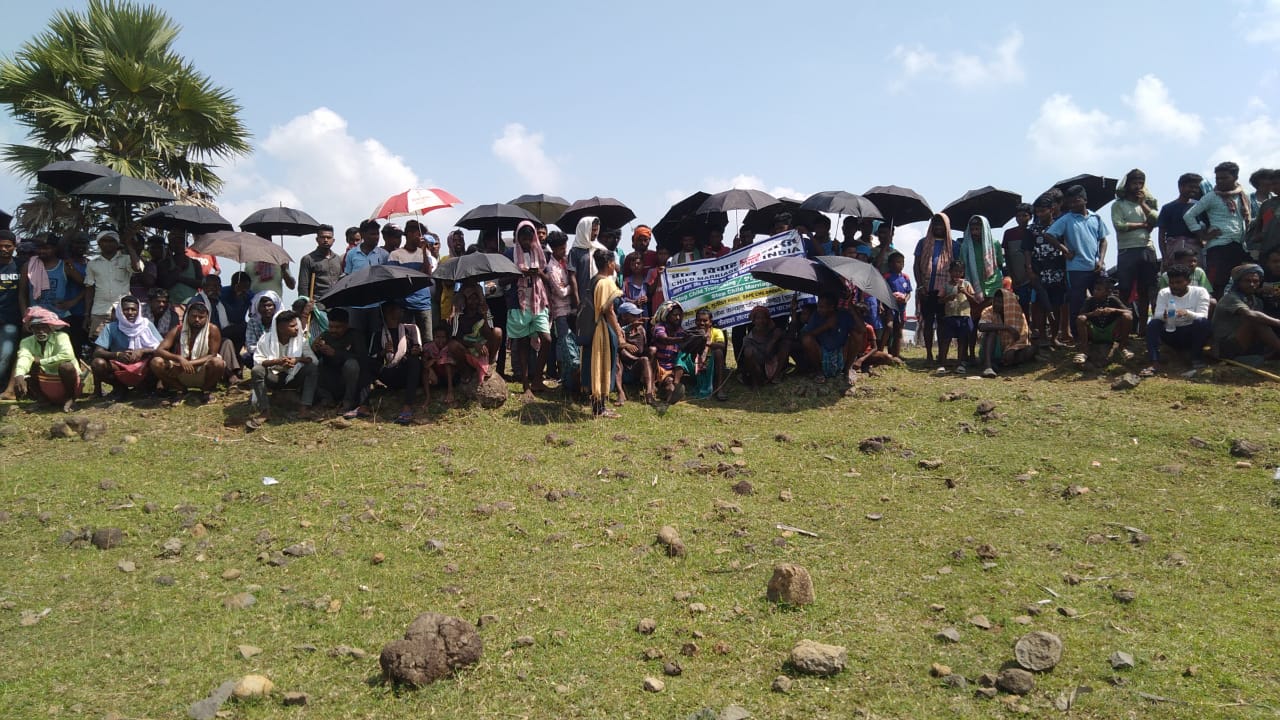
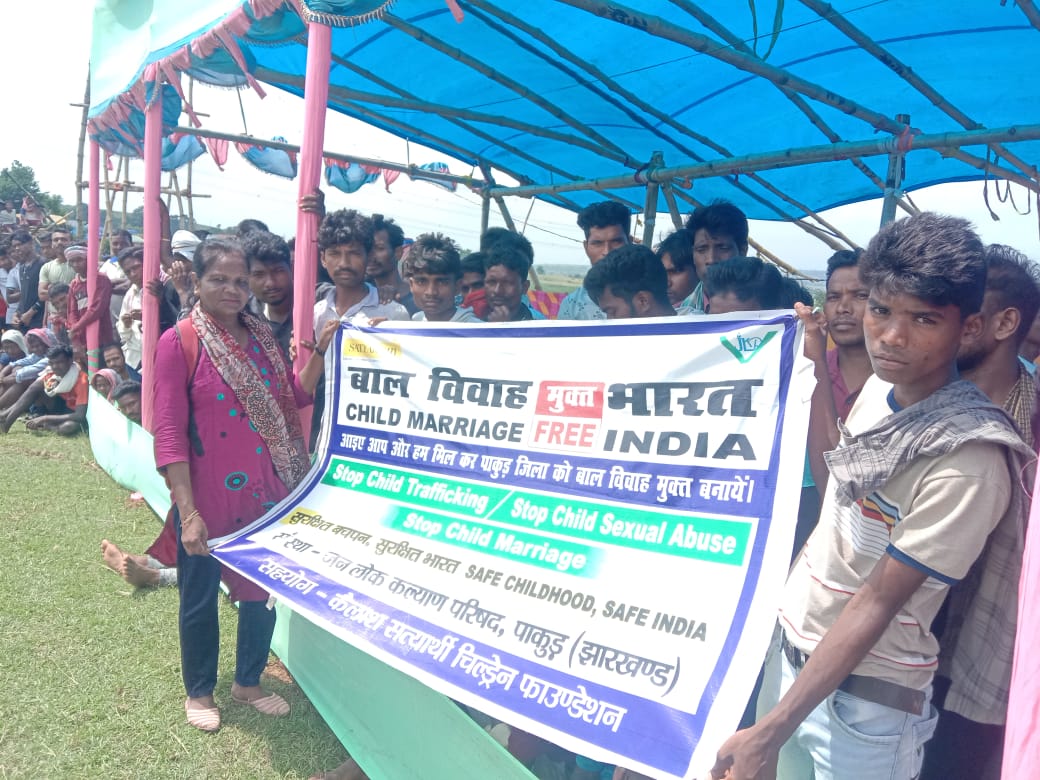
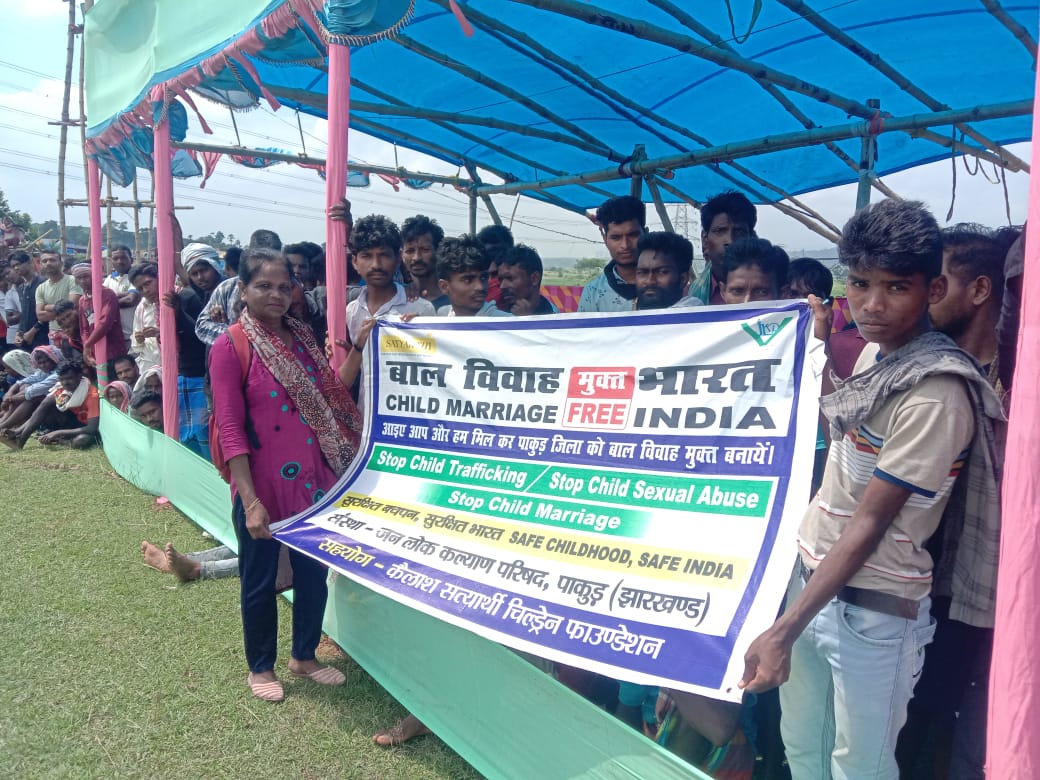
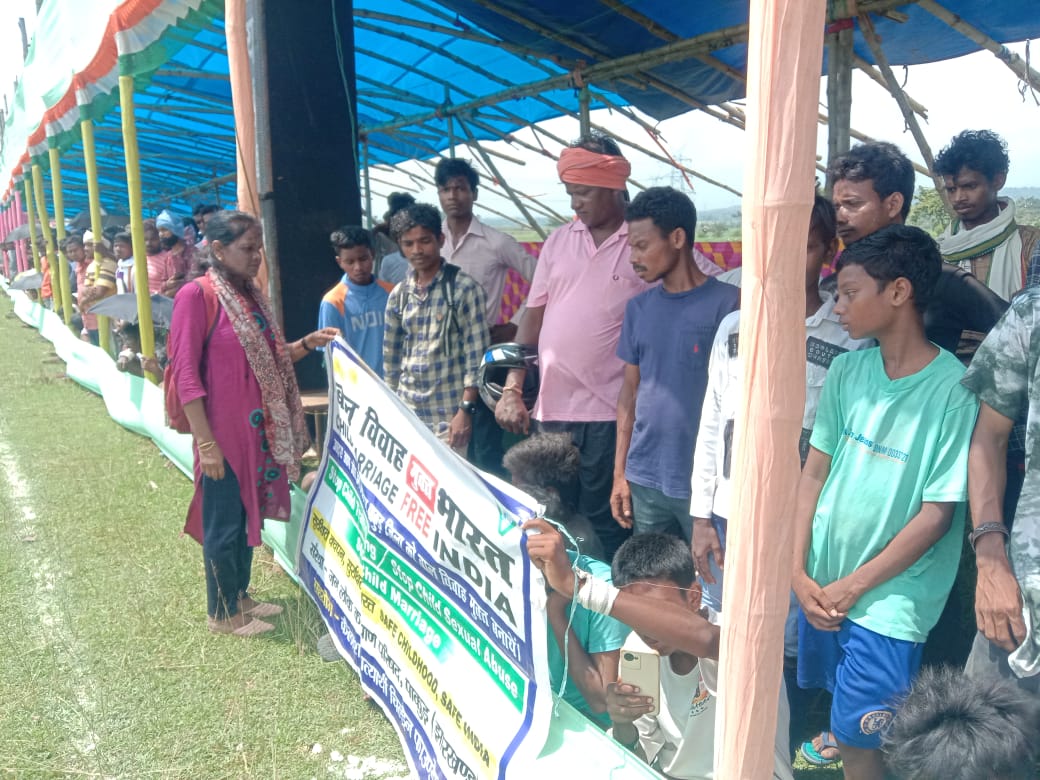
.jpeg)
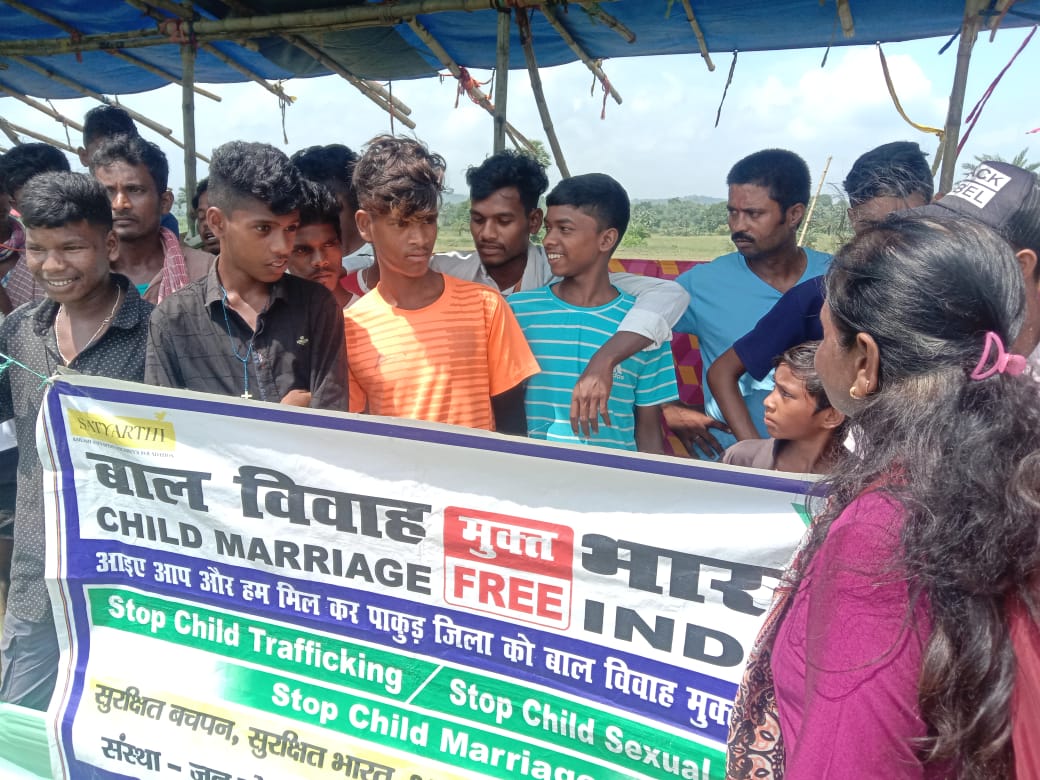
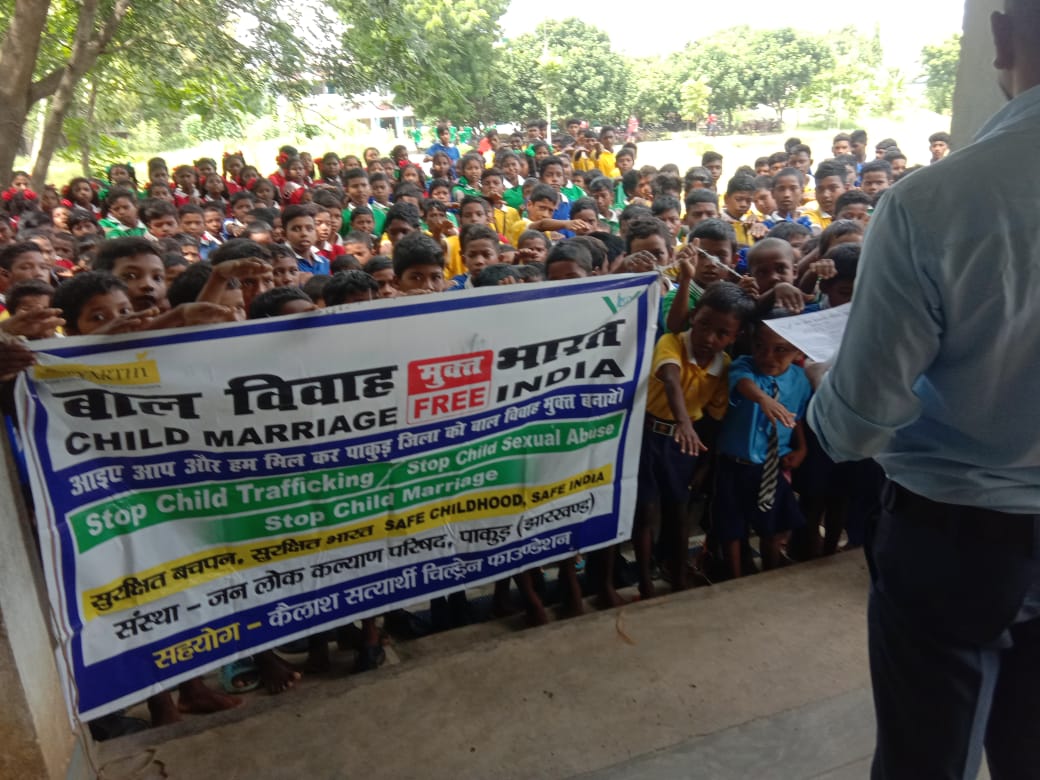
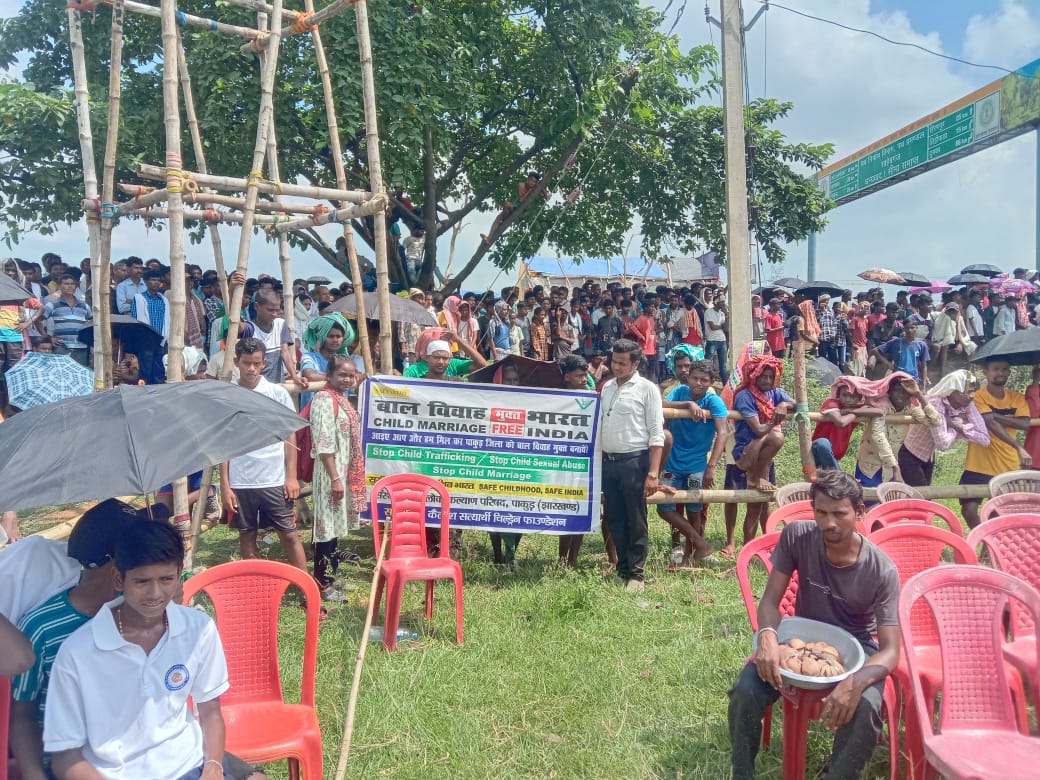
.jpeg)
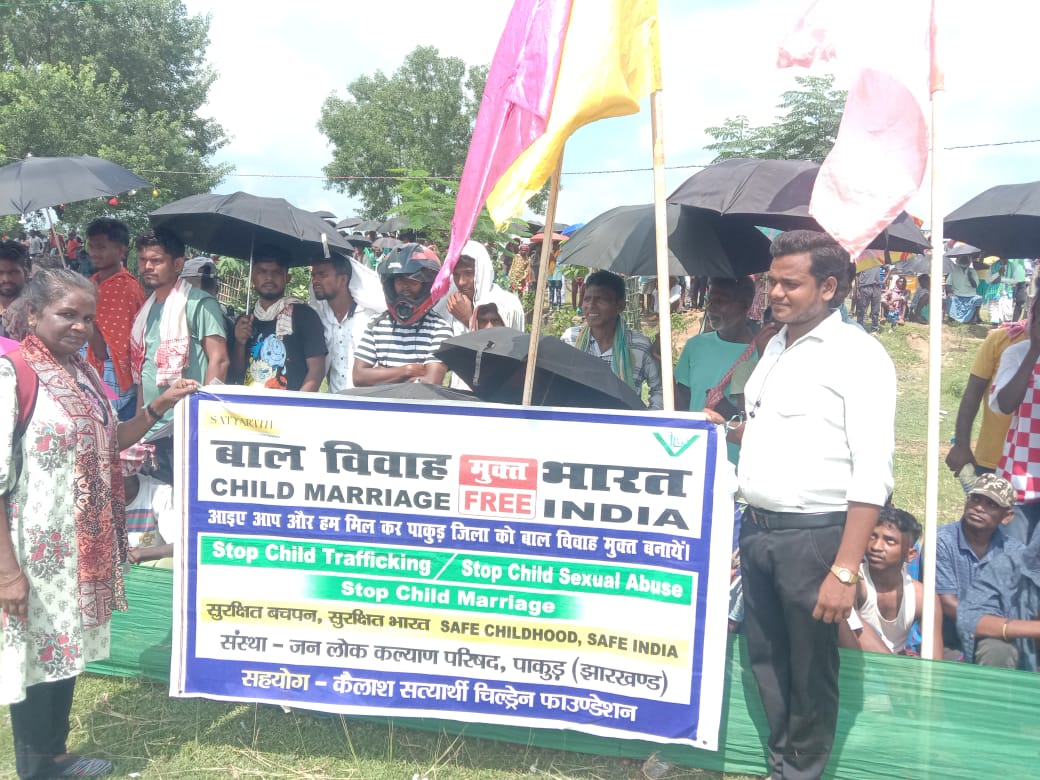
.jpeg)
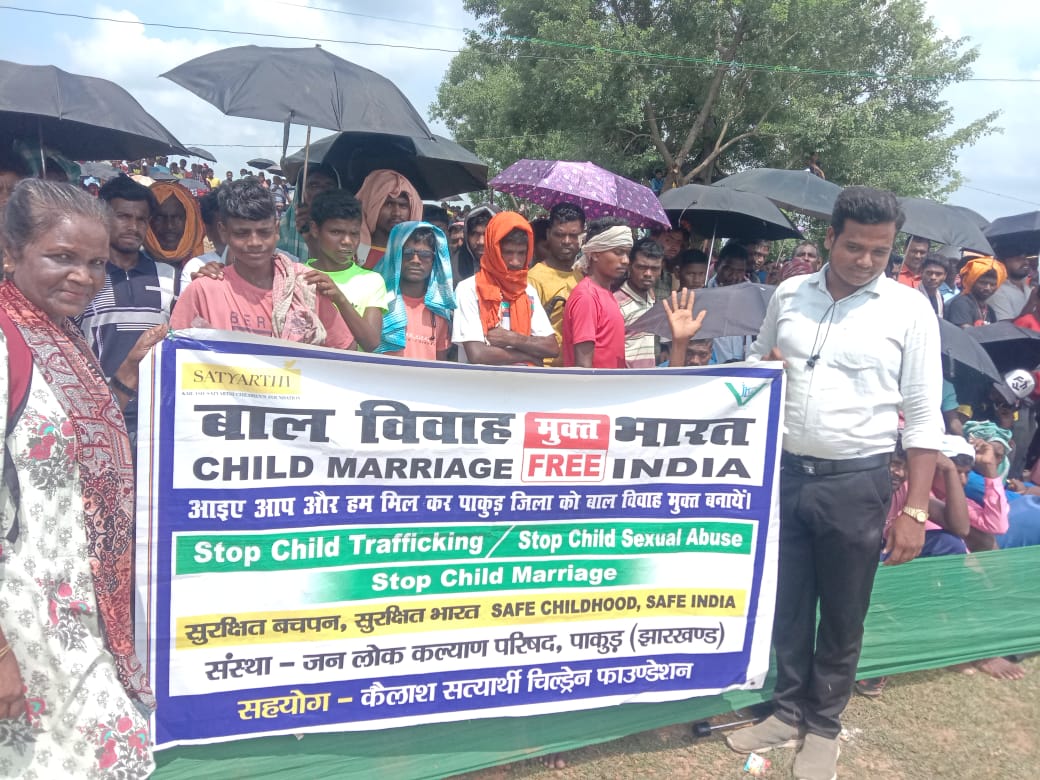
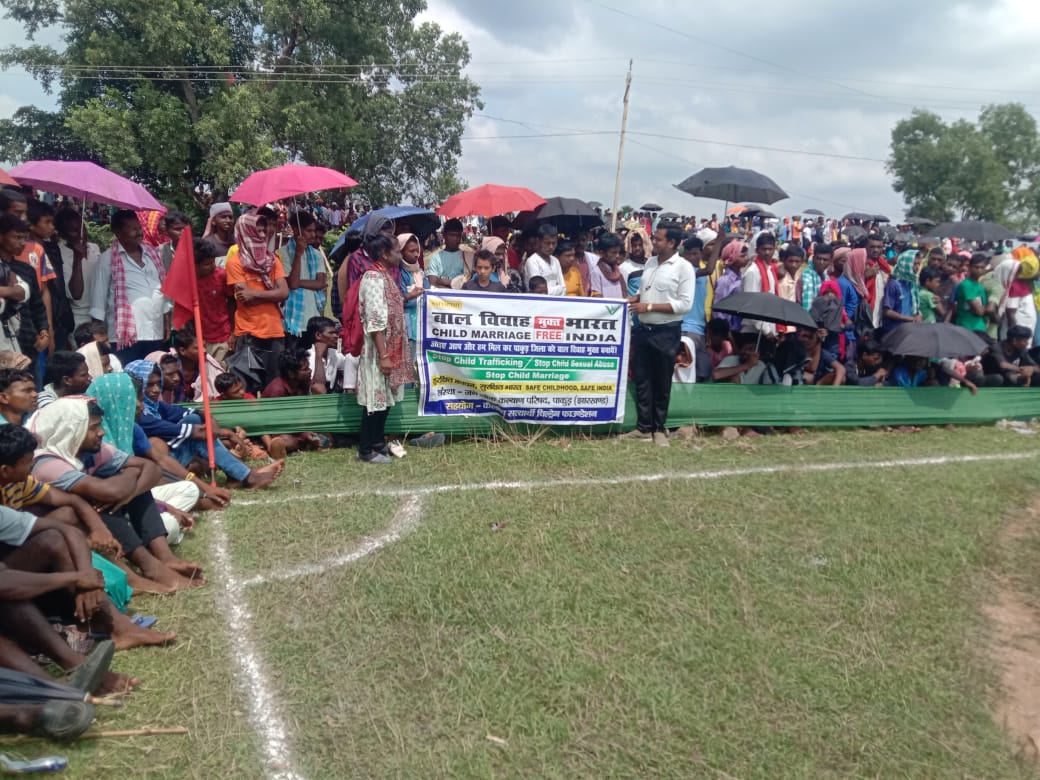
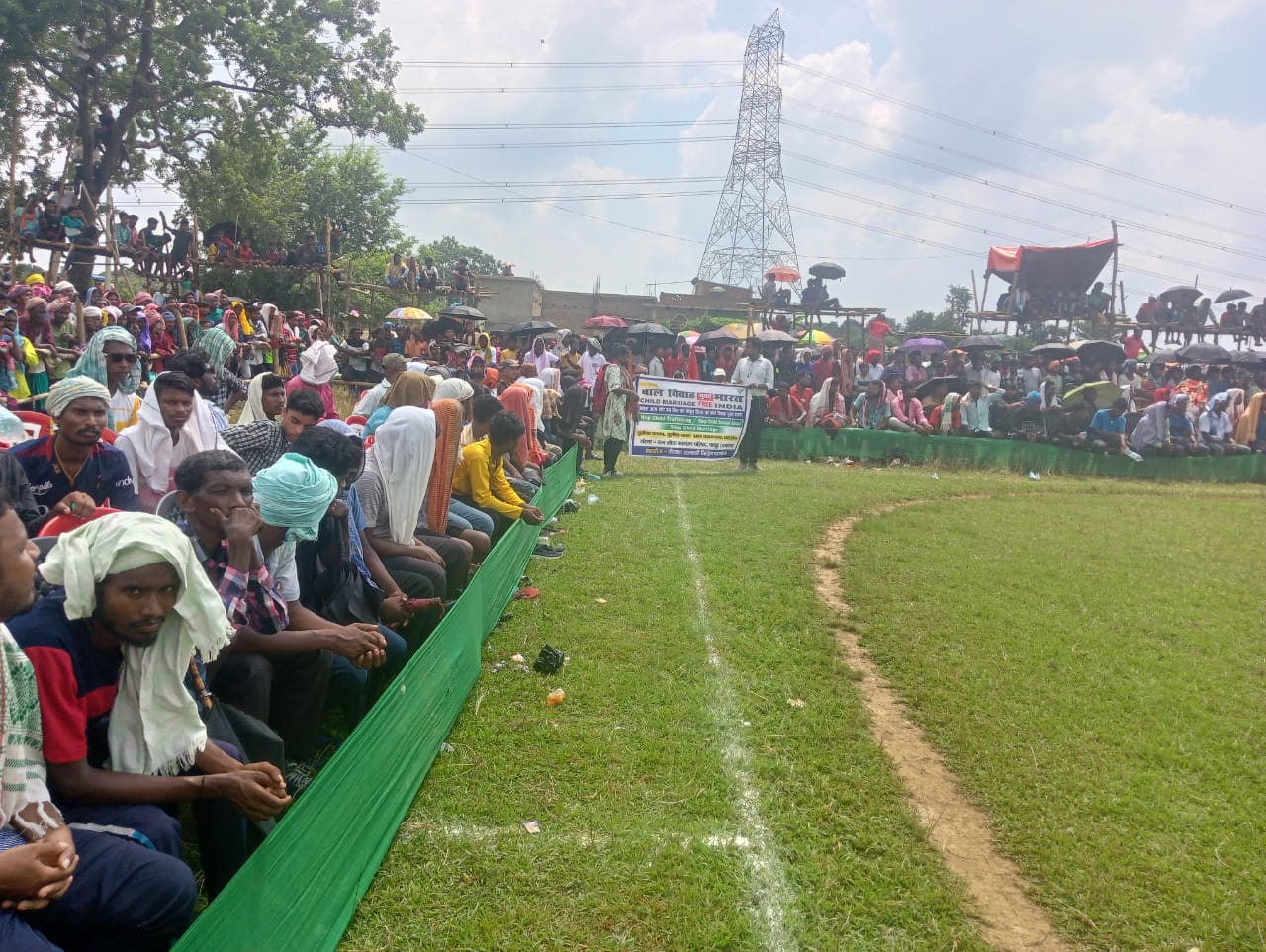
.jpeg)
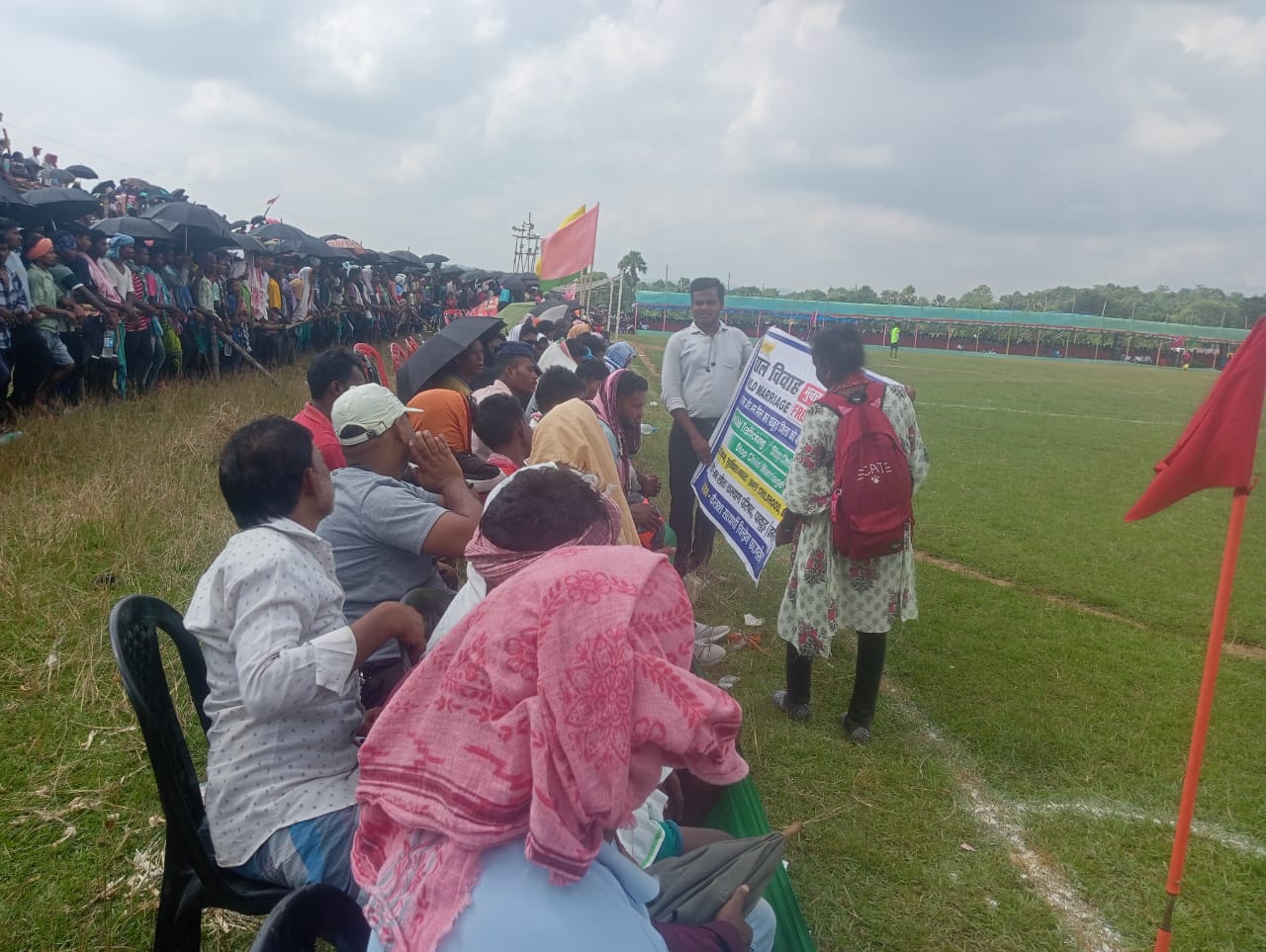
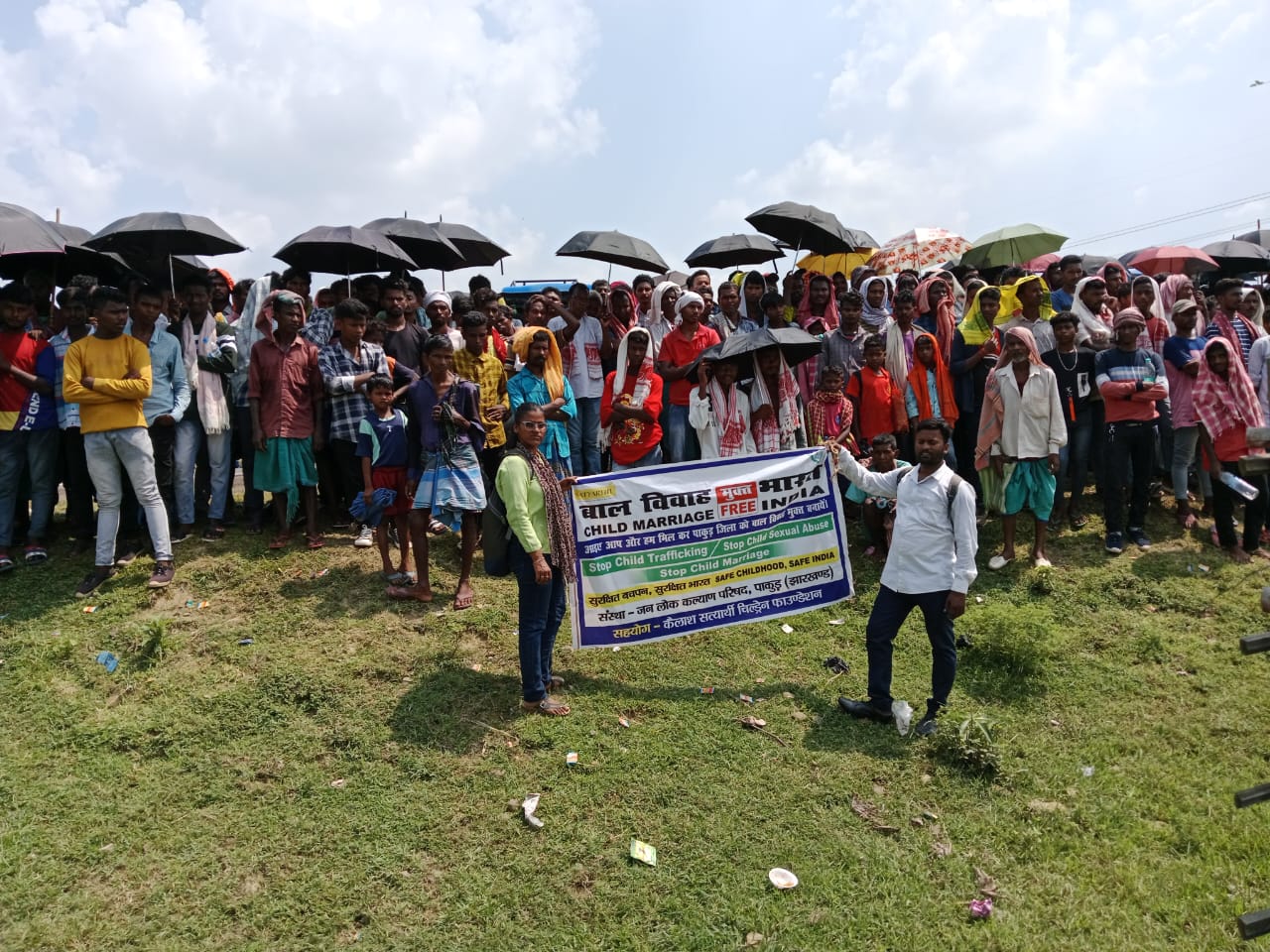
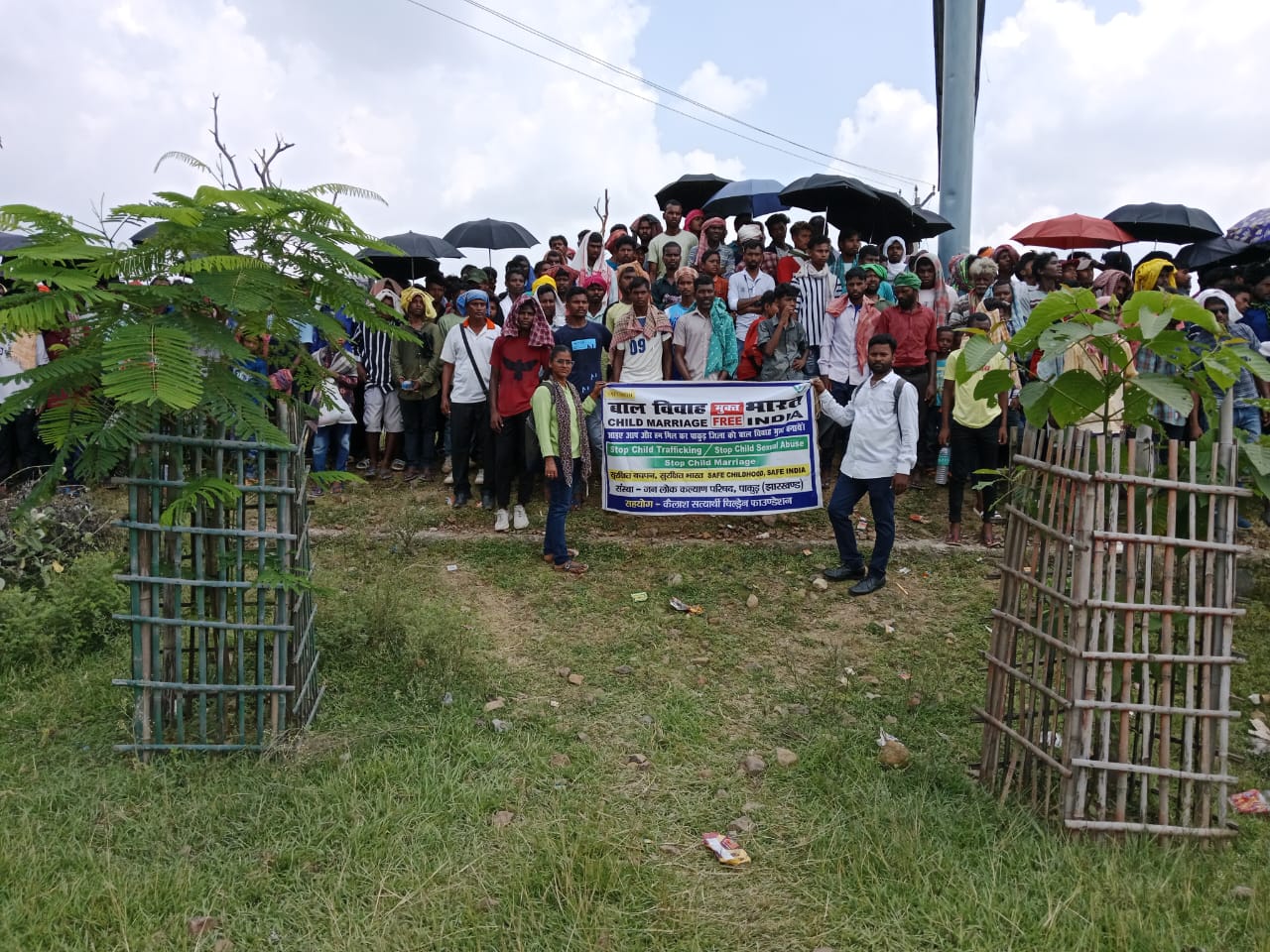
.jpeg)
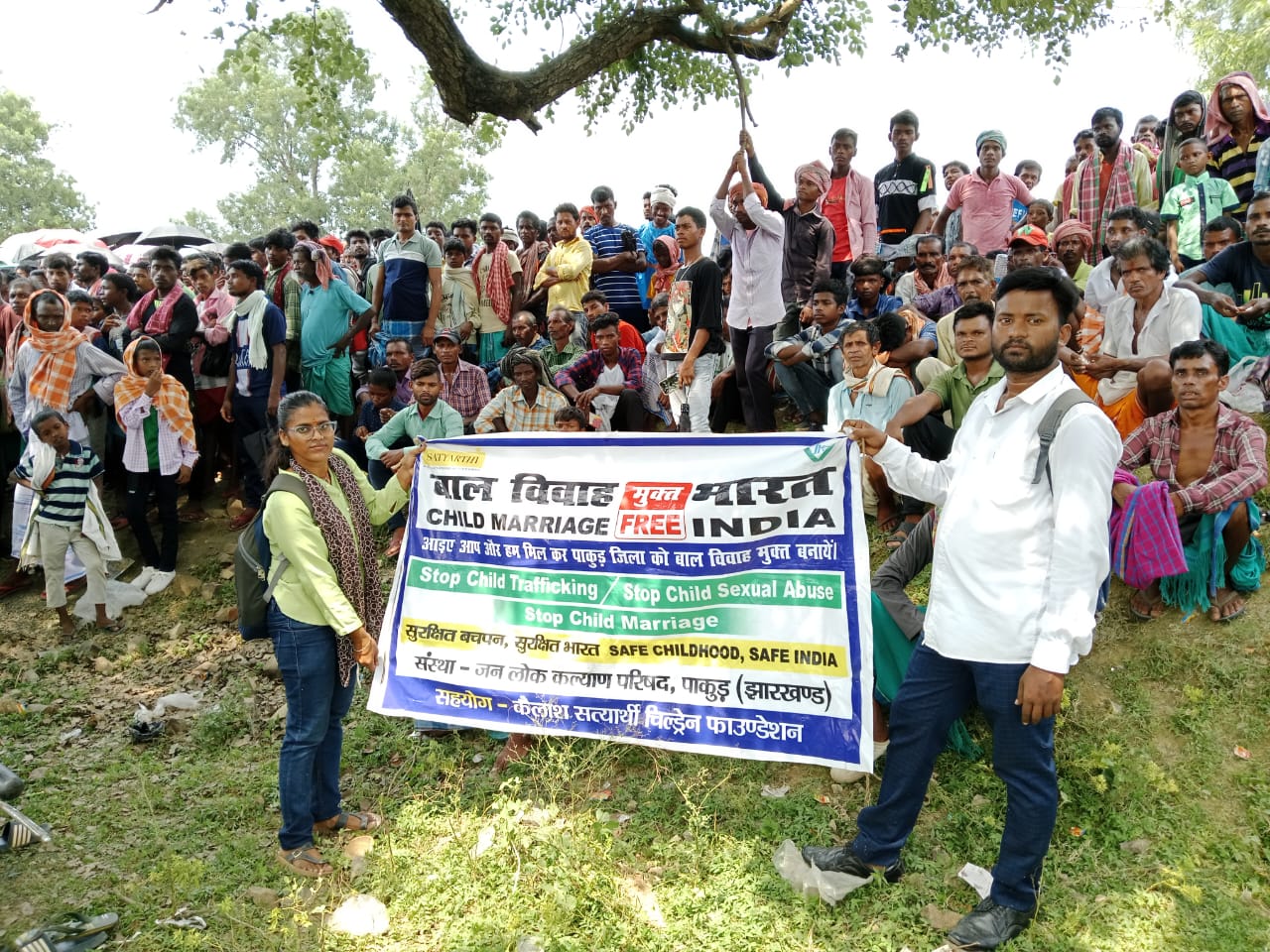
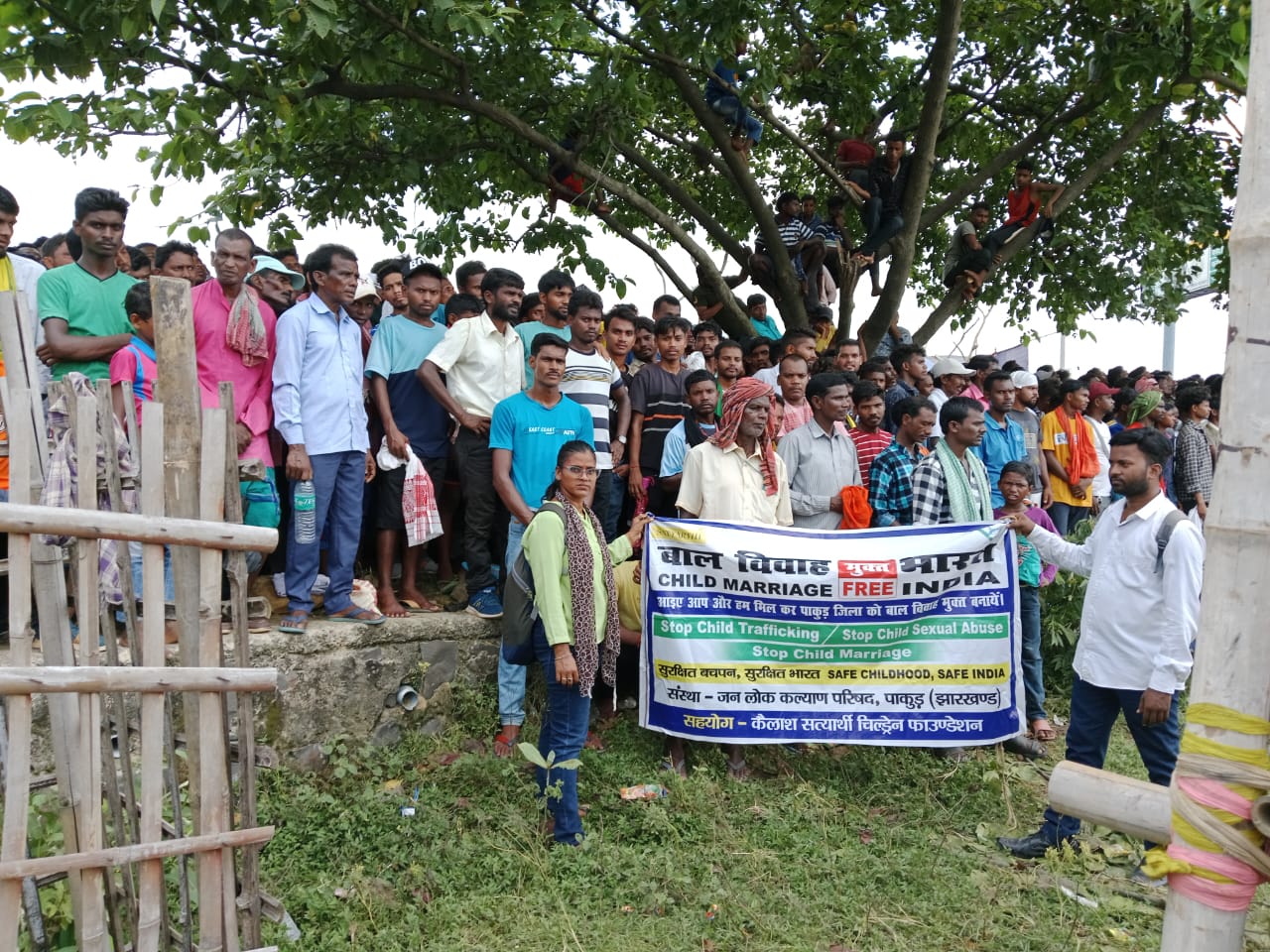
.jpeg)
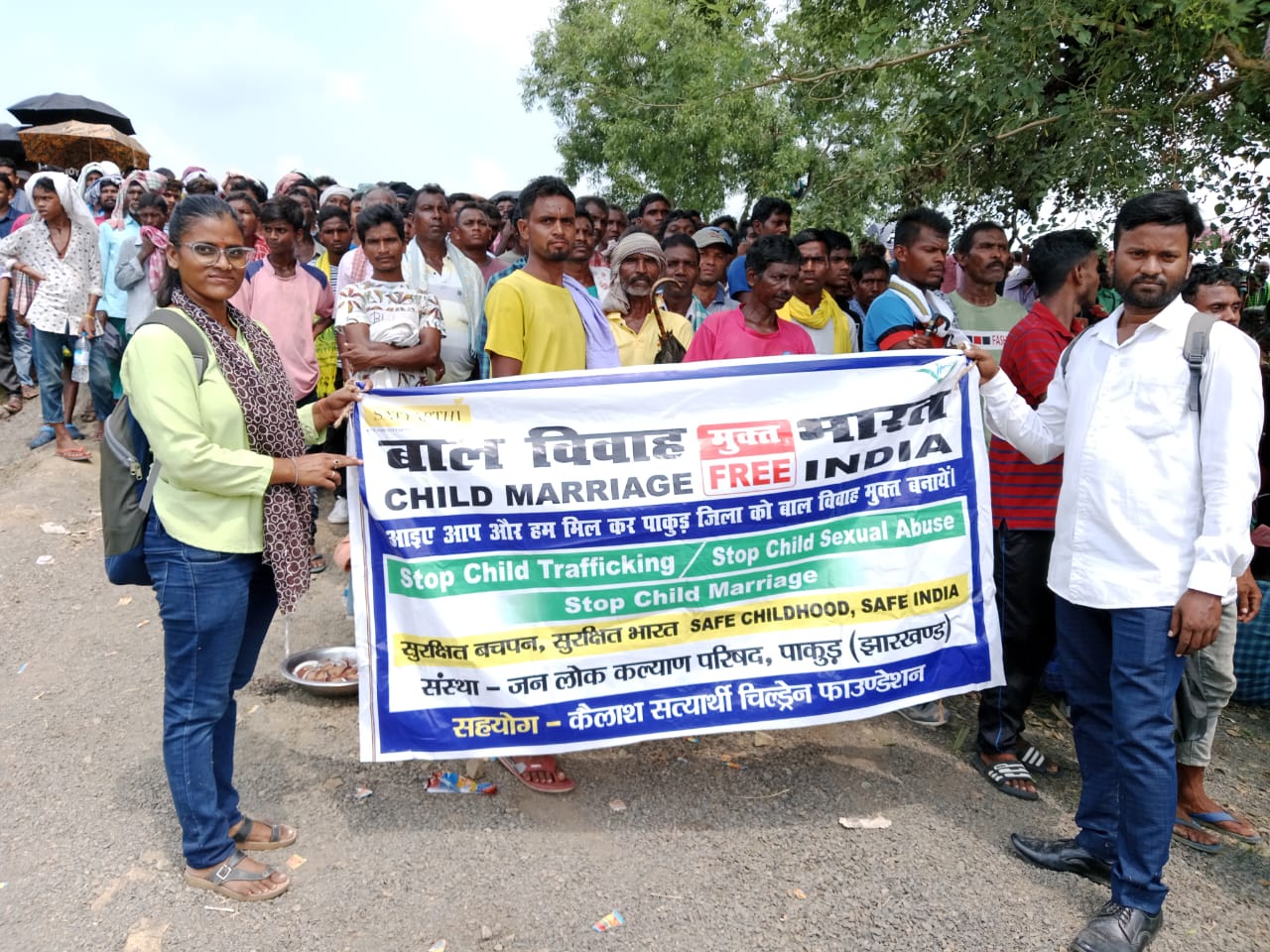
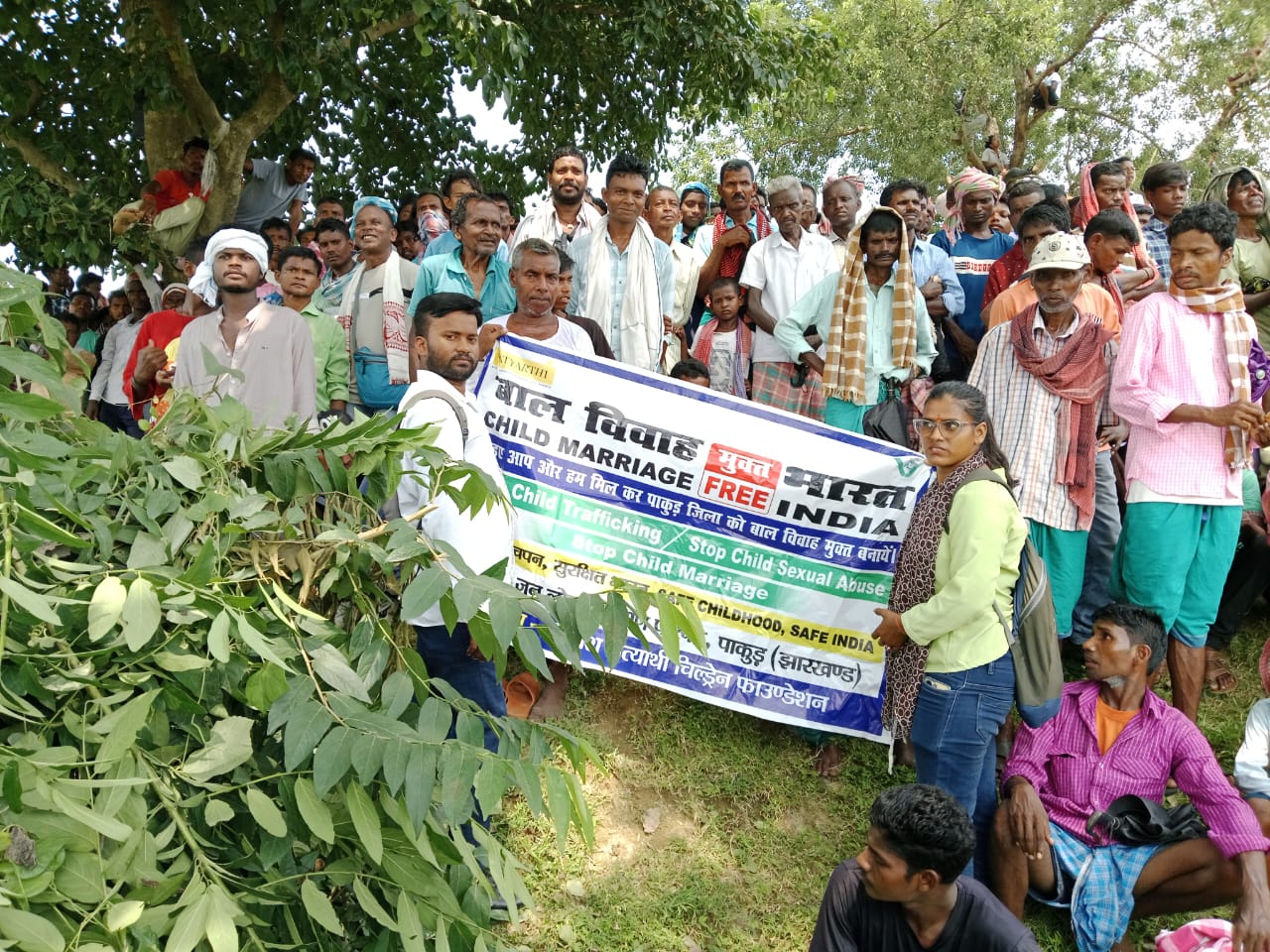
Community awareness Program
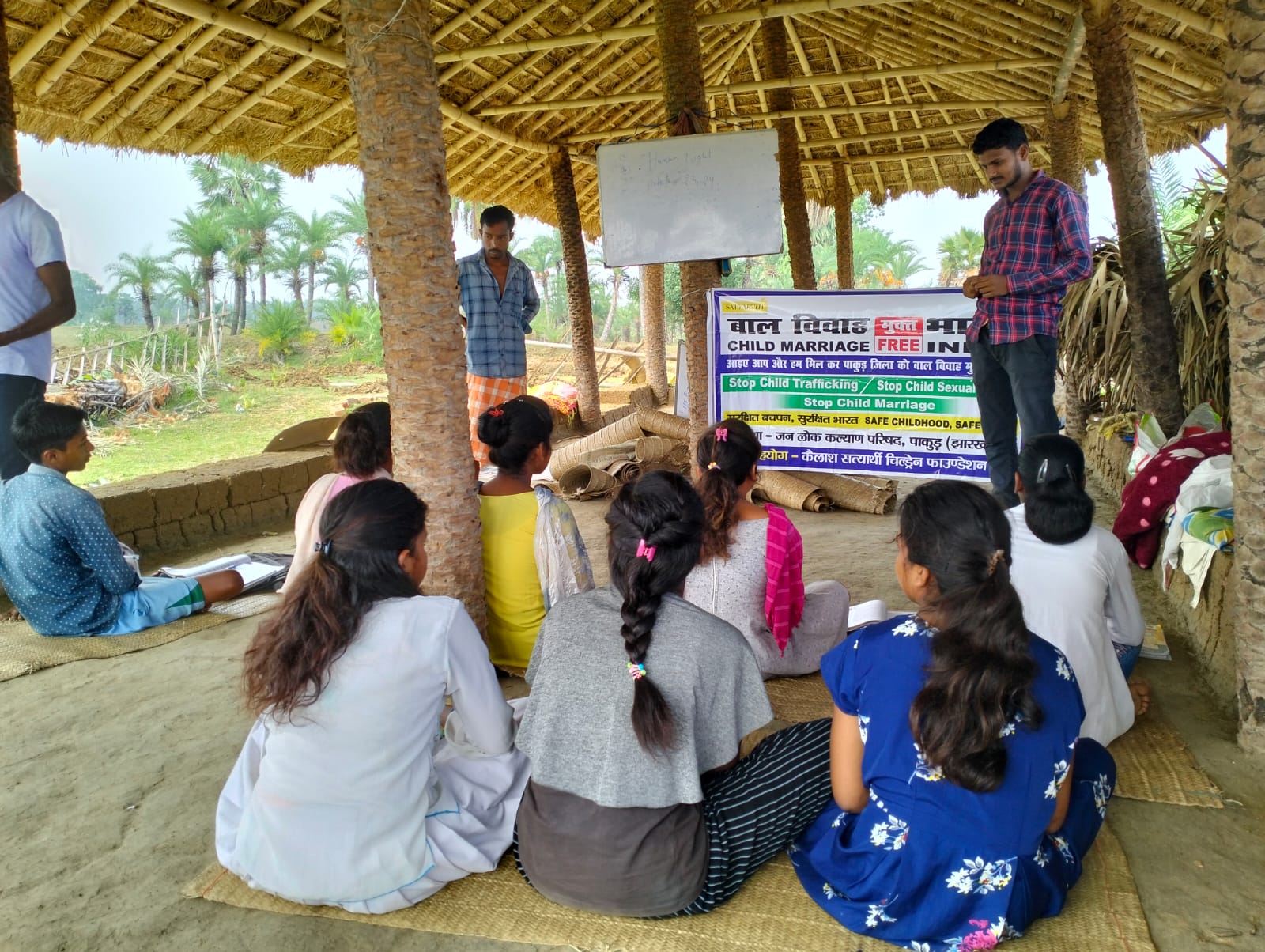
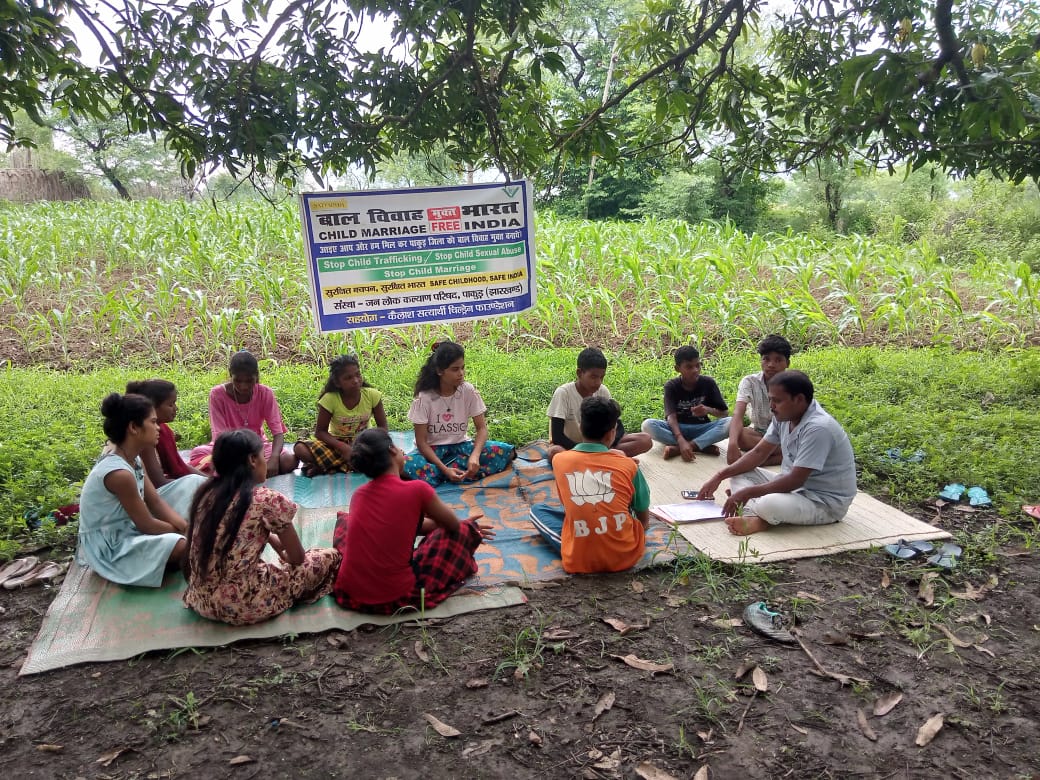
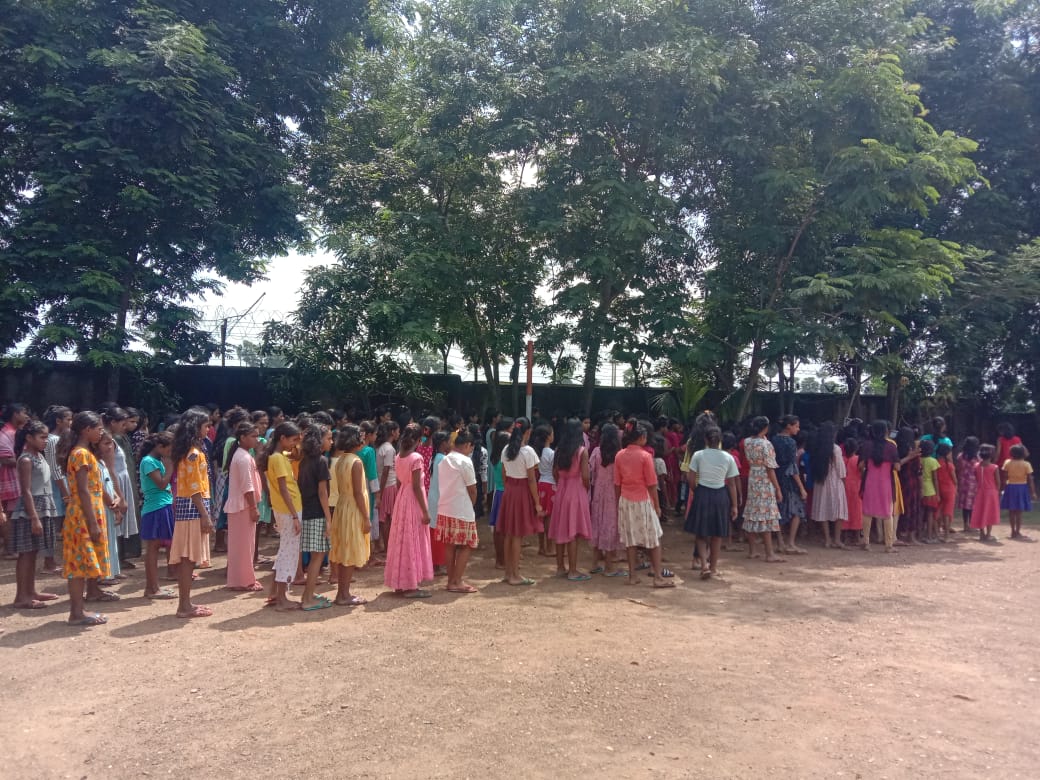
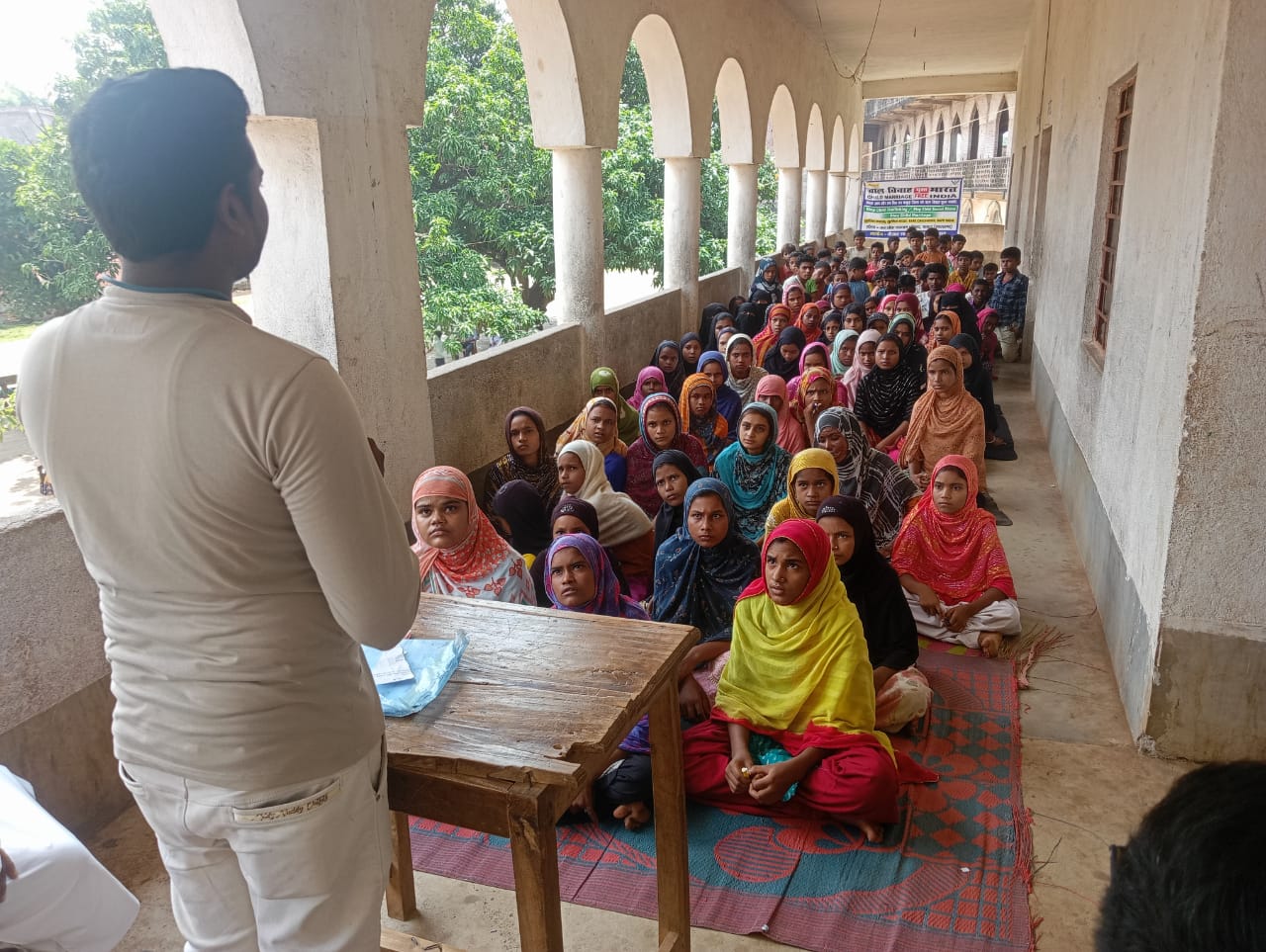
.jpeg)
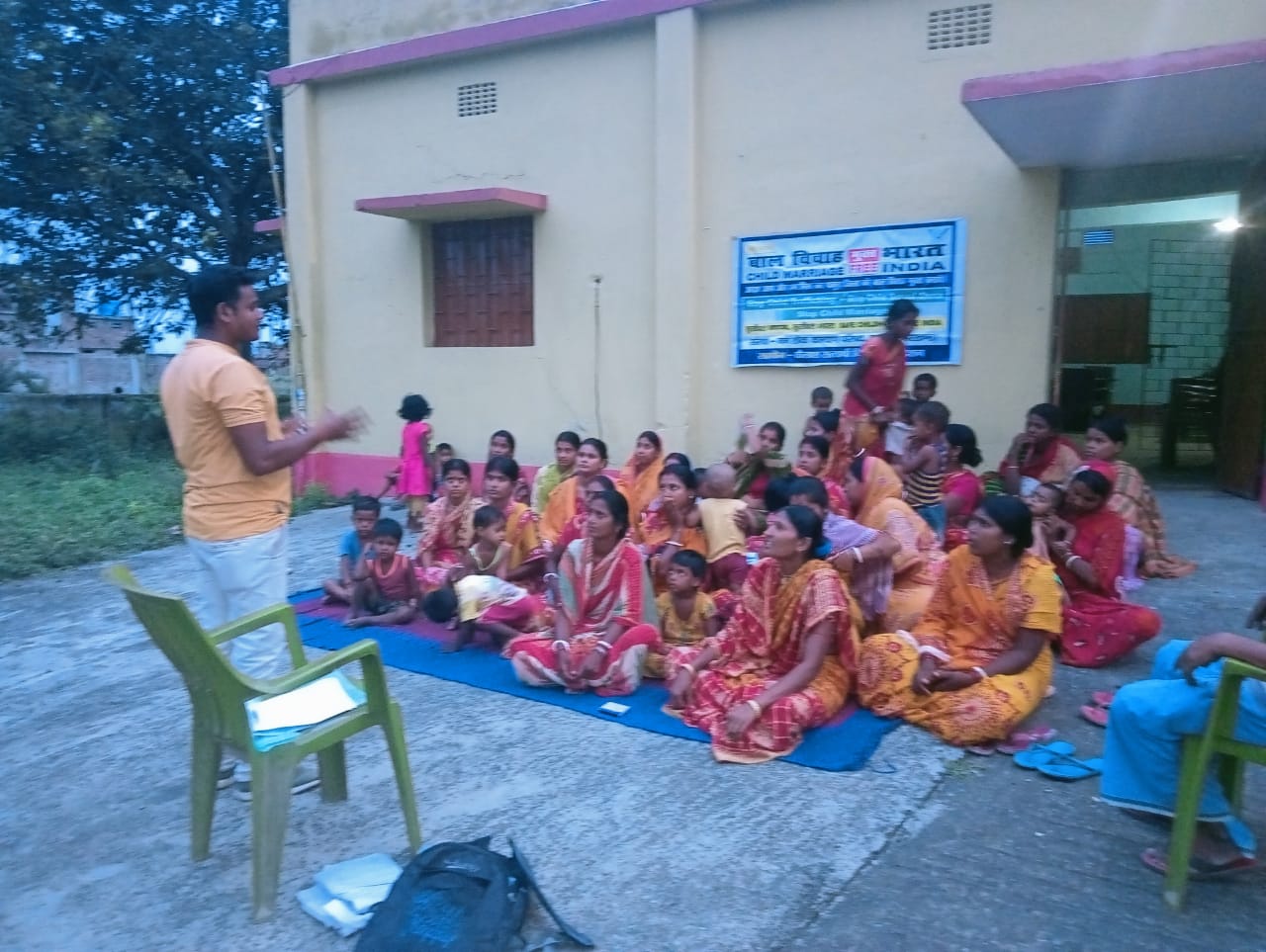
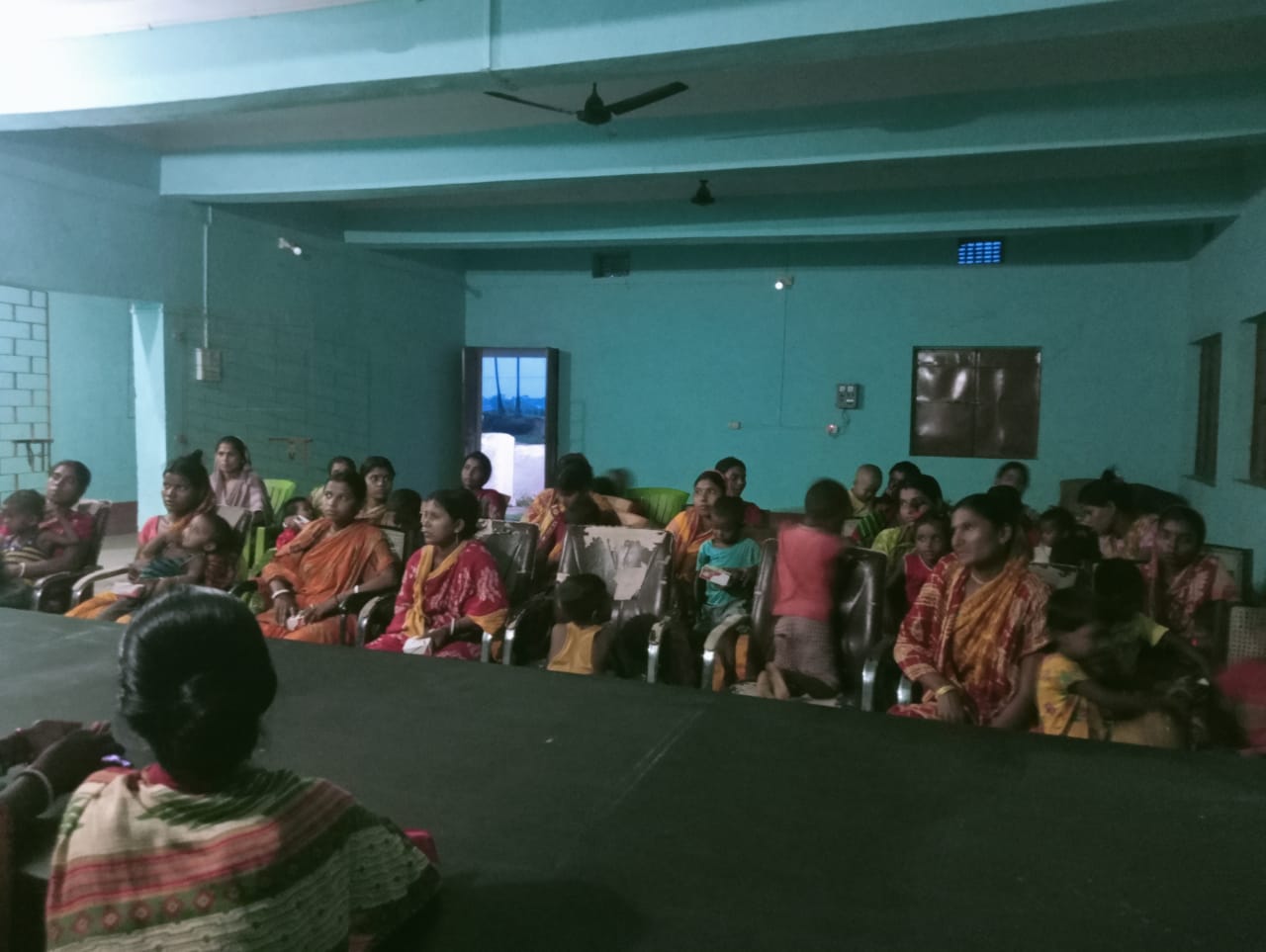
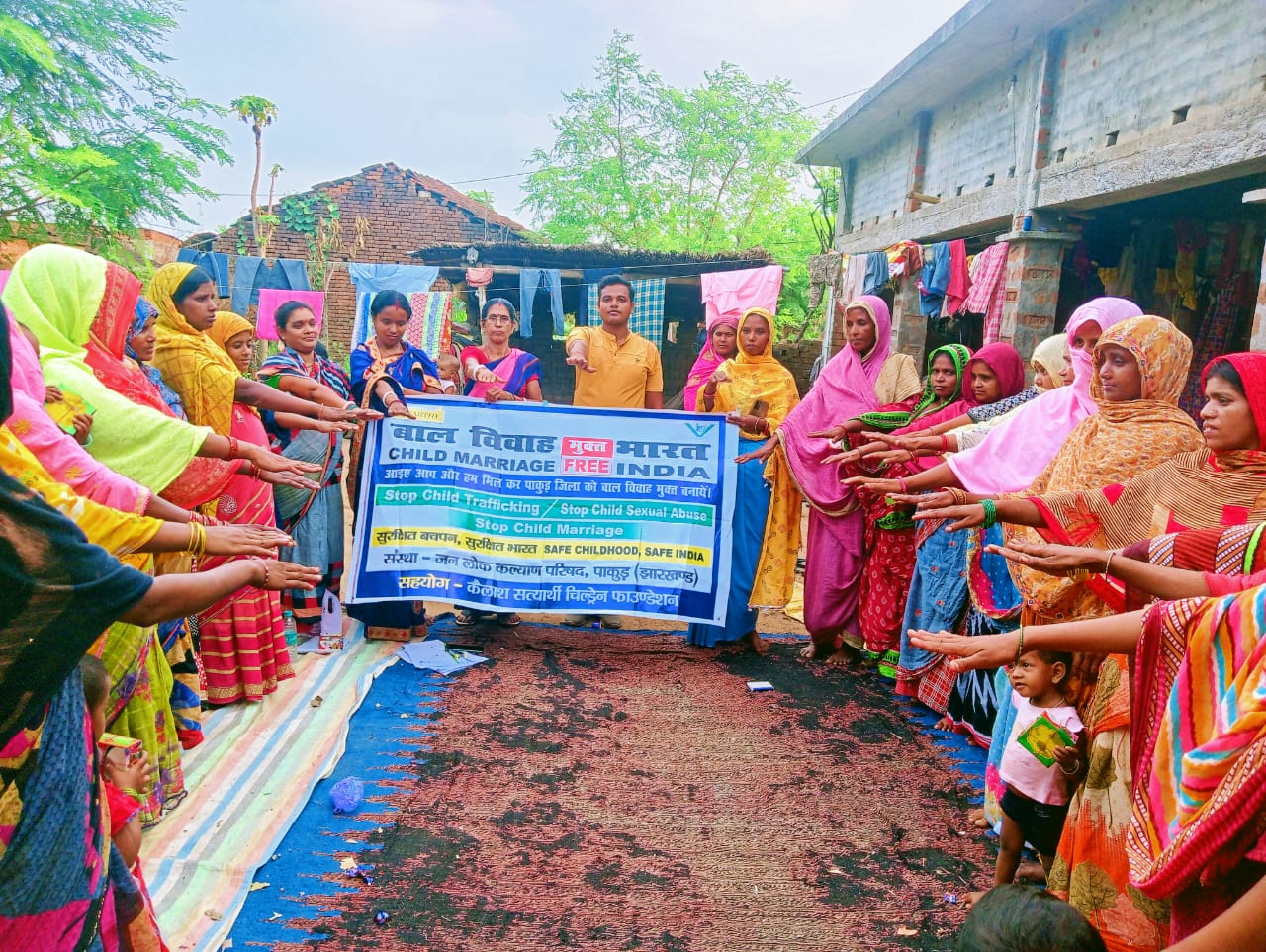
.jpeg)
.jpeg)
.jpeg)
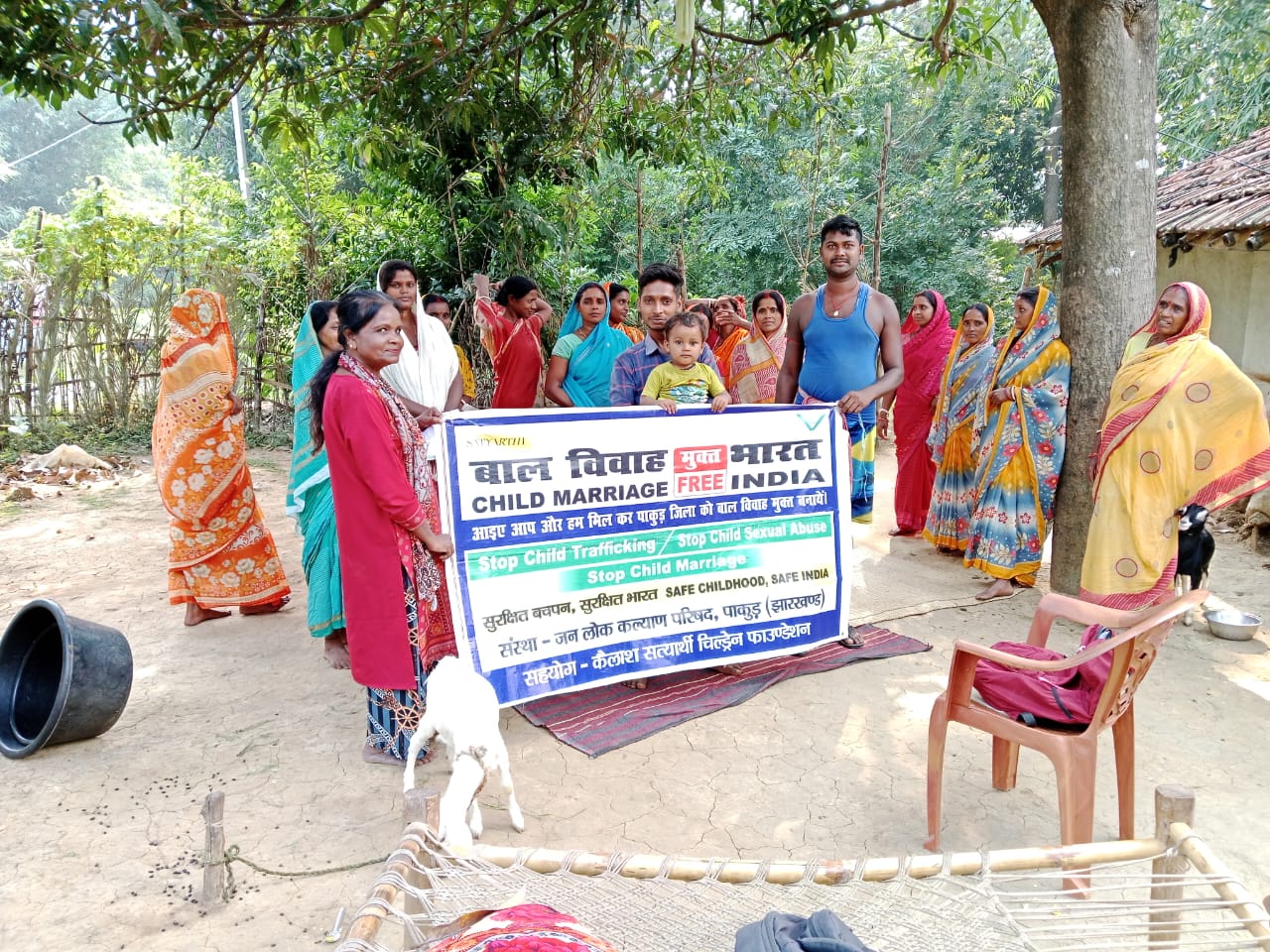
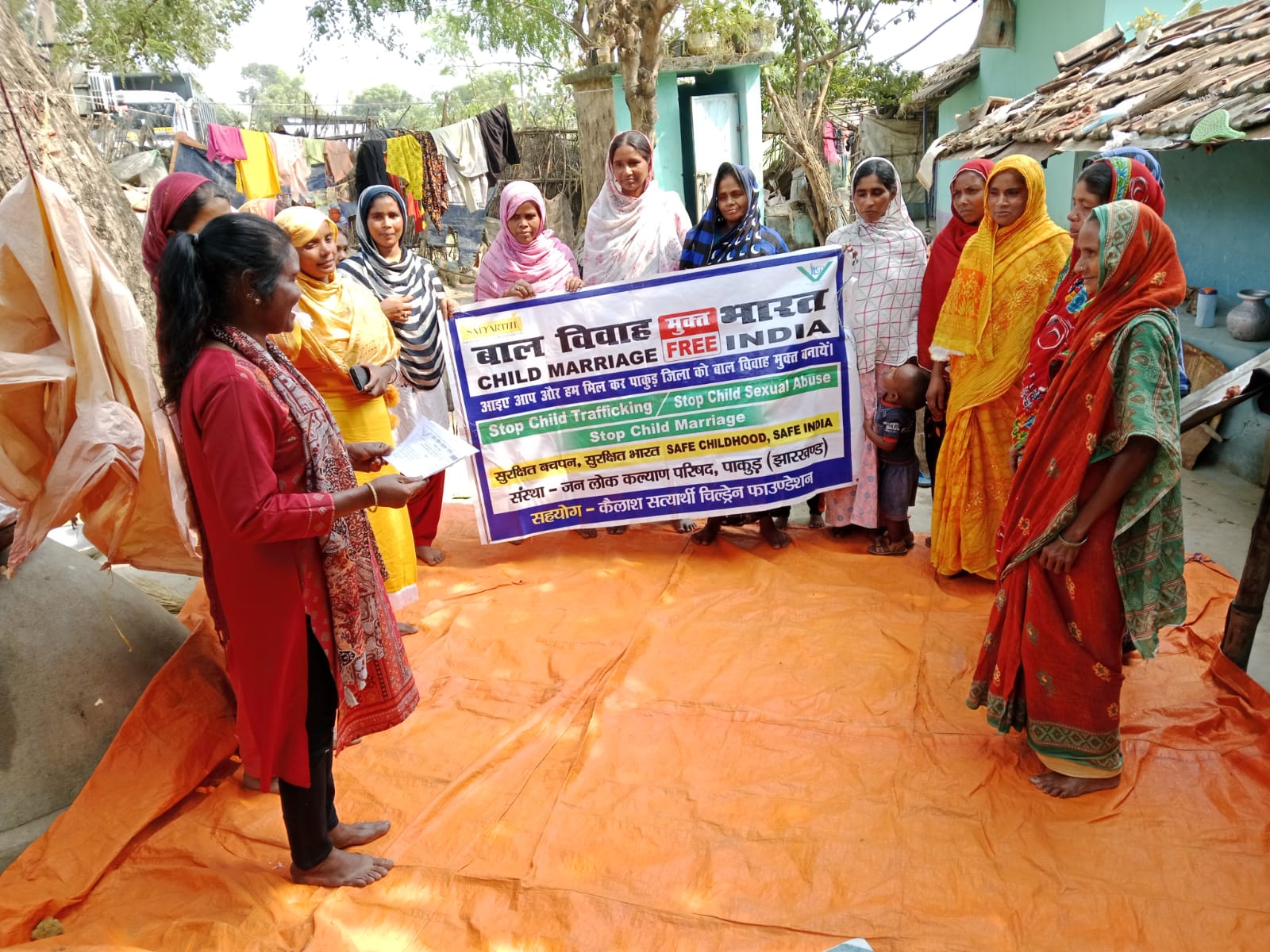
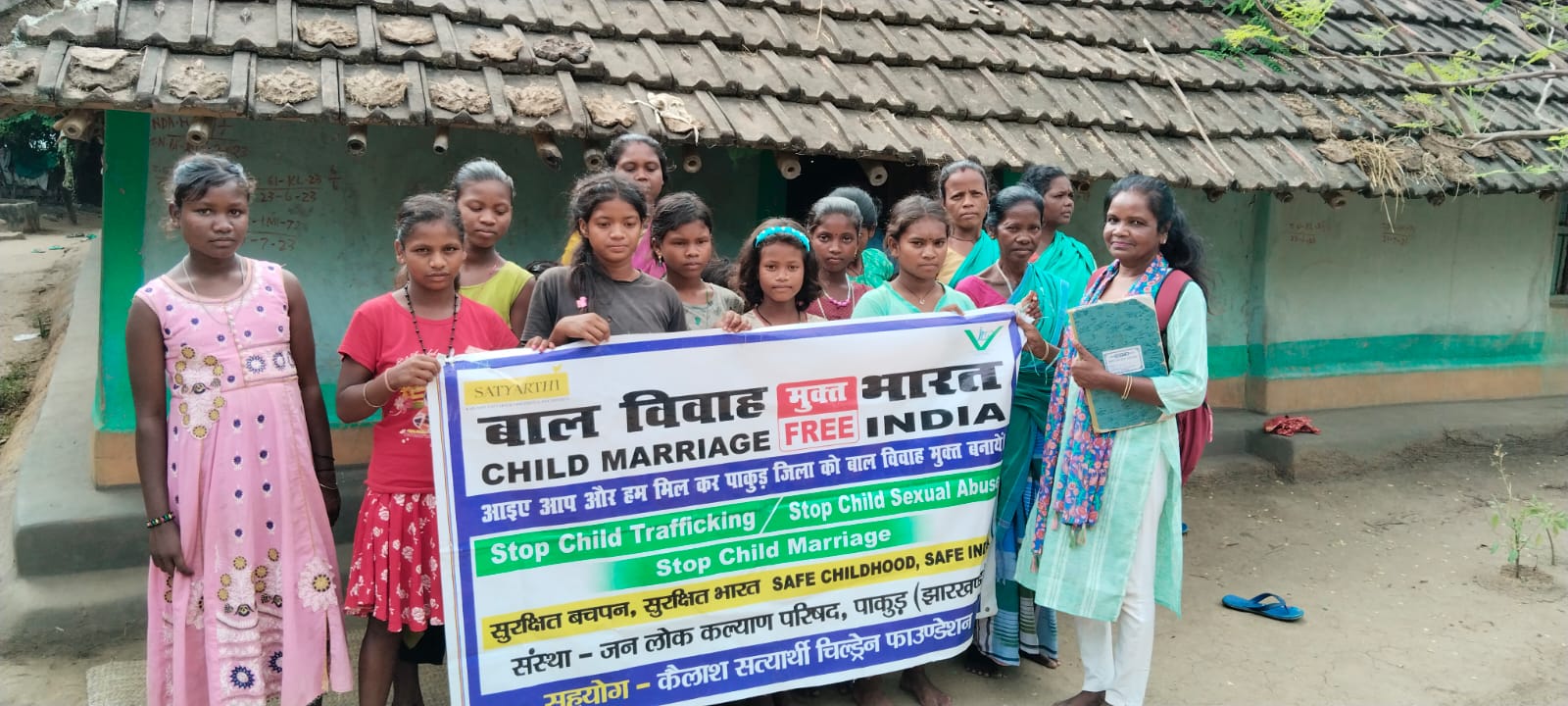
.jpeg)
.jpeg)
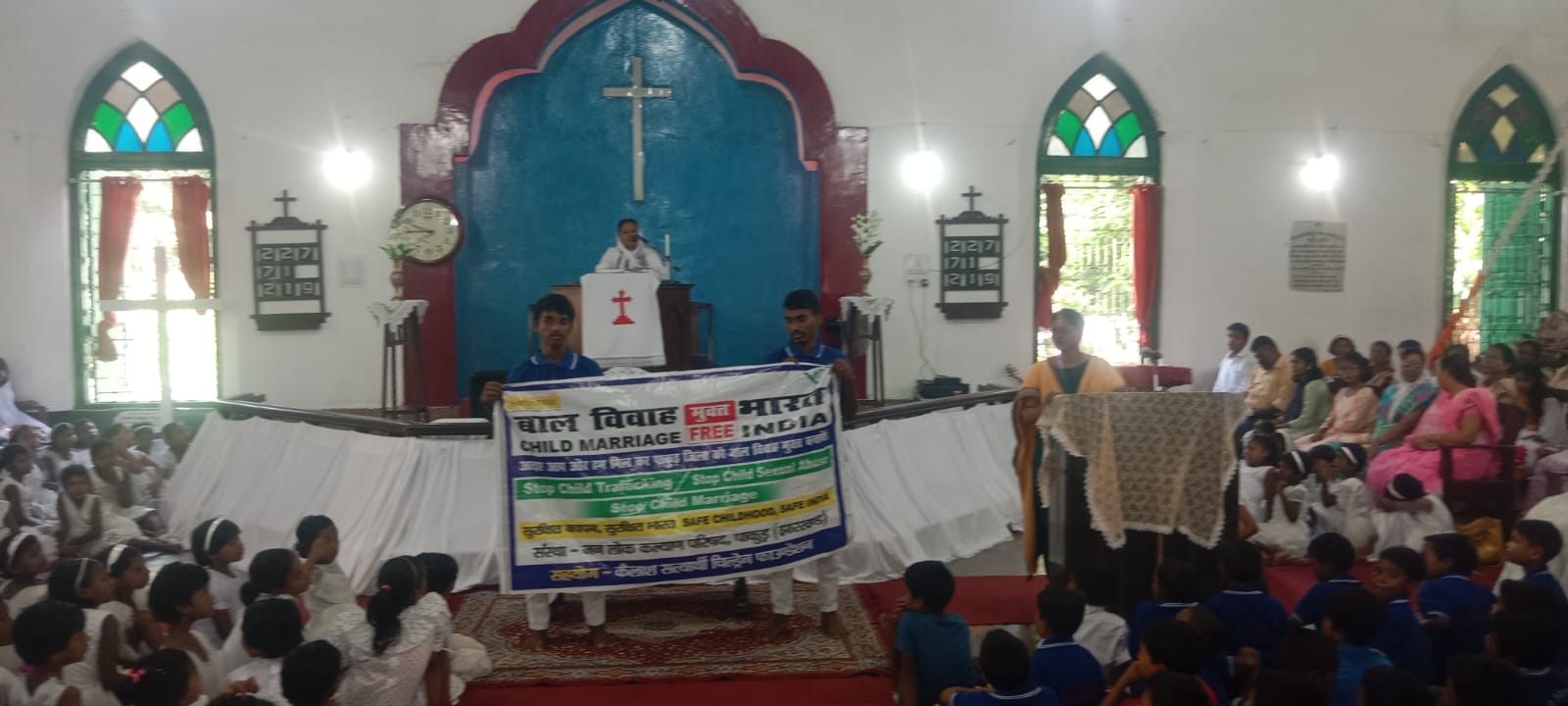
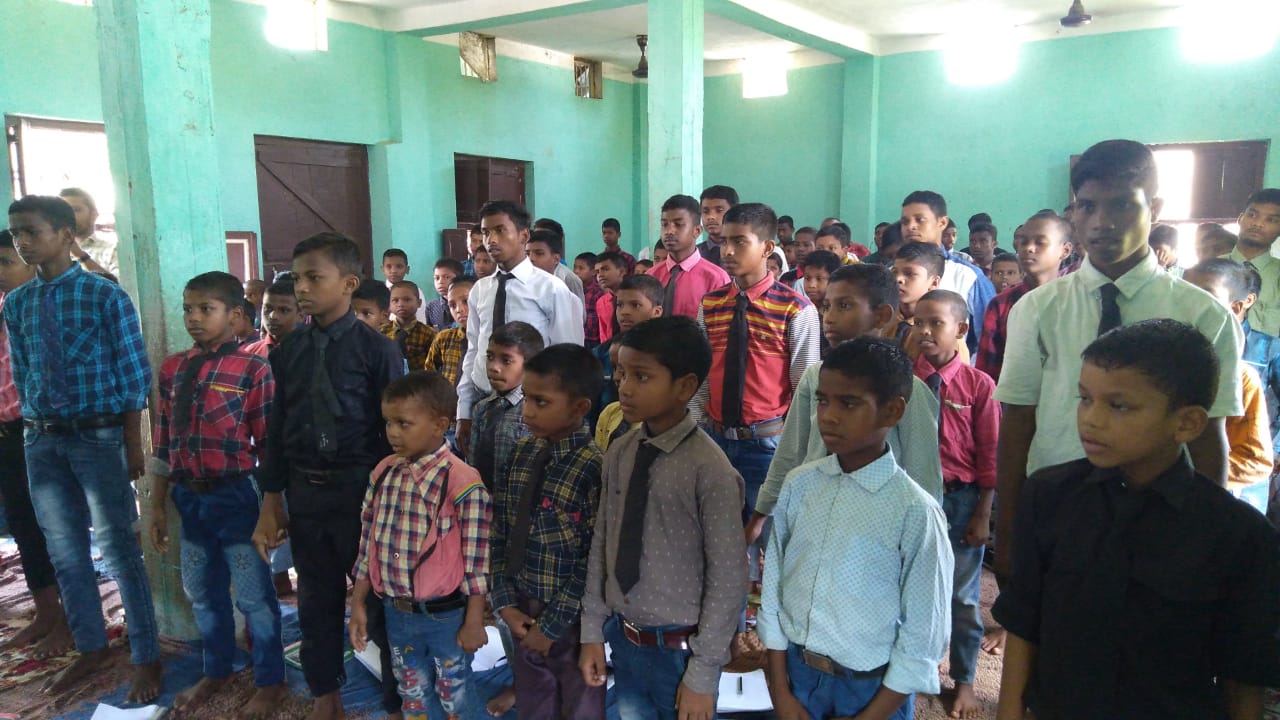
District Level Programs
.jpeg)
.jpeg)
.jpeg)
.jpeg)
.jpeg)
.jpeg)
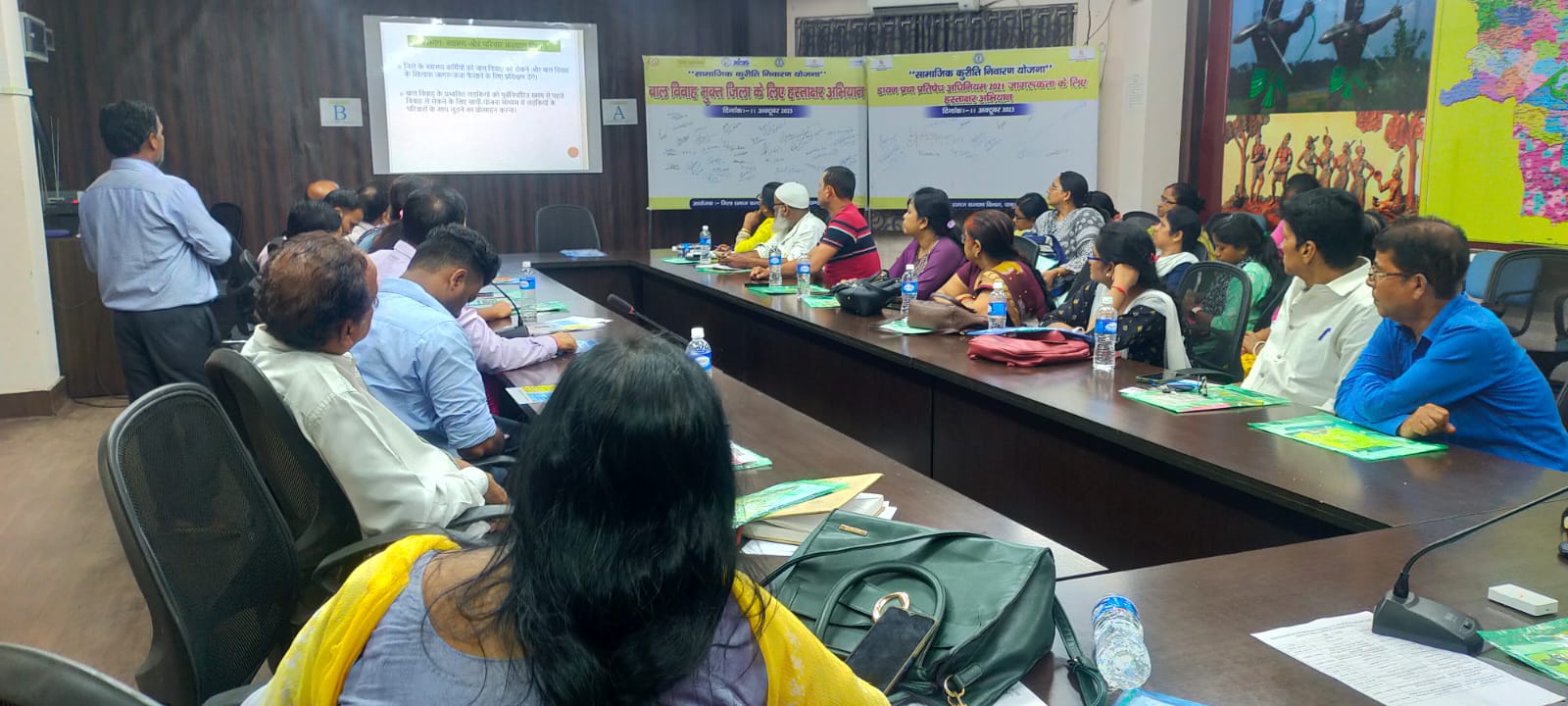
.jpeg)
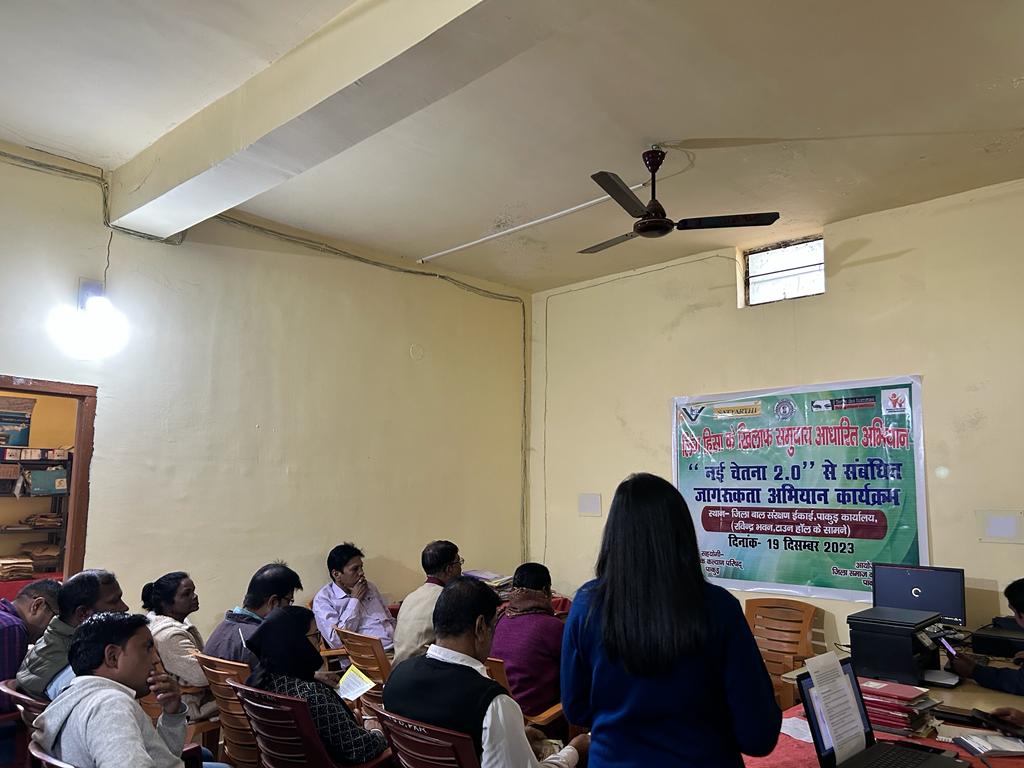
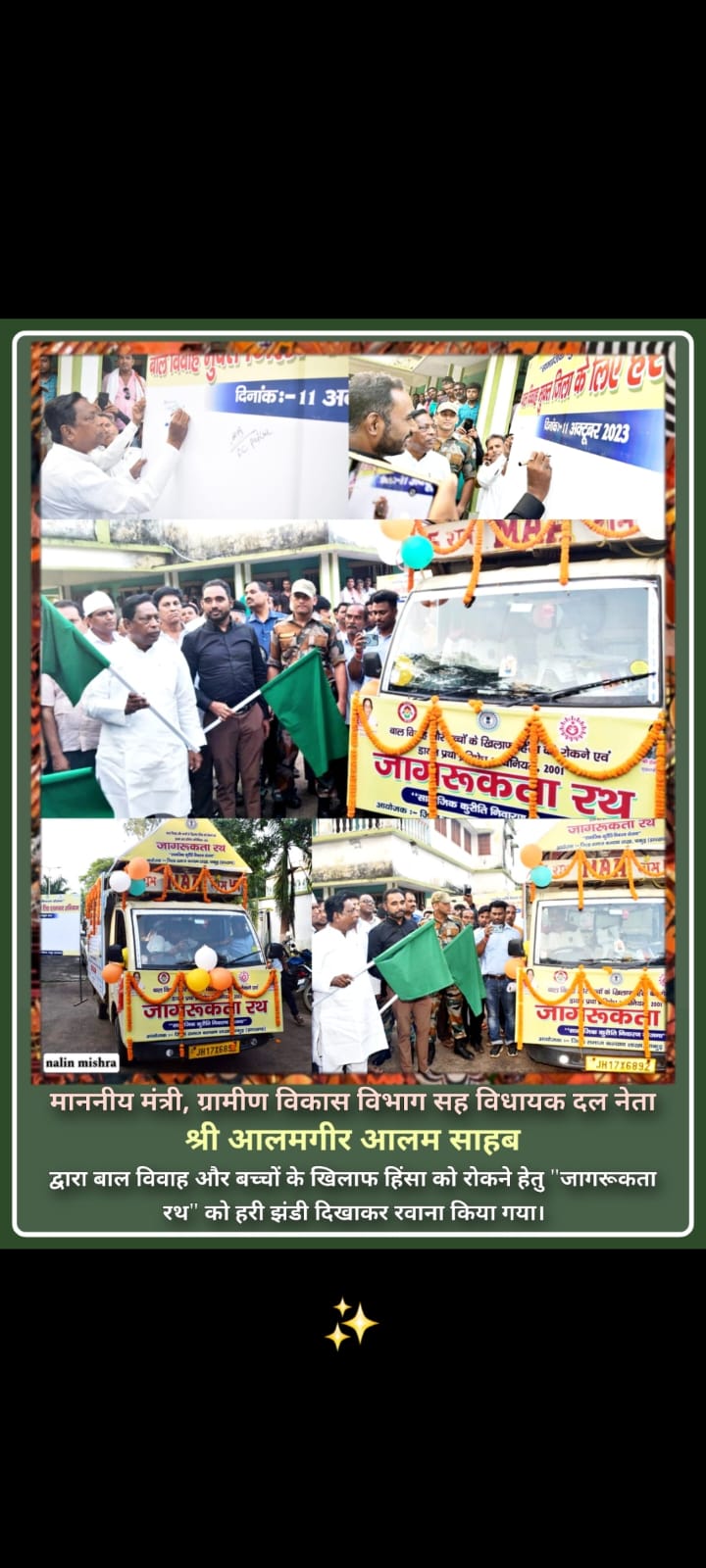
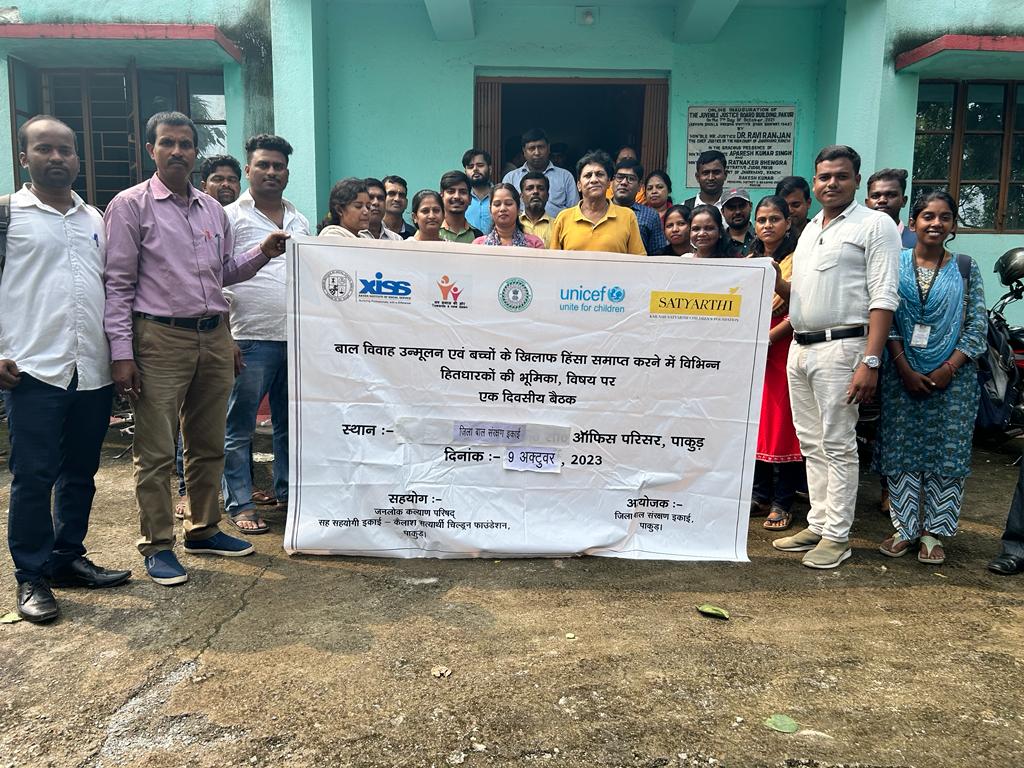
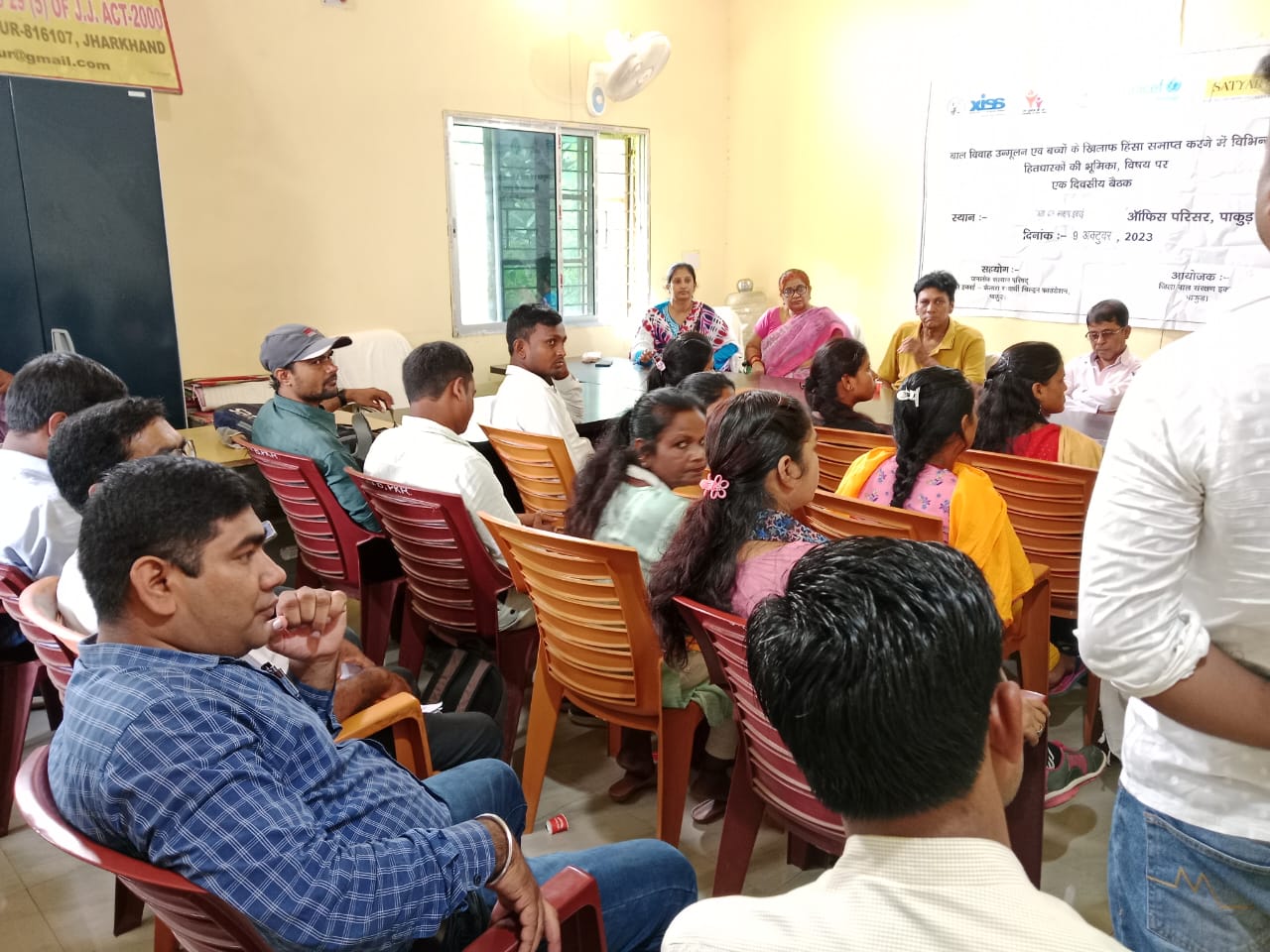
Drawing Competetion
.jpeg)
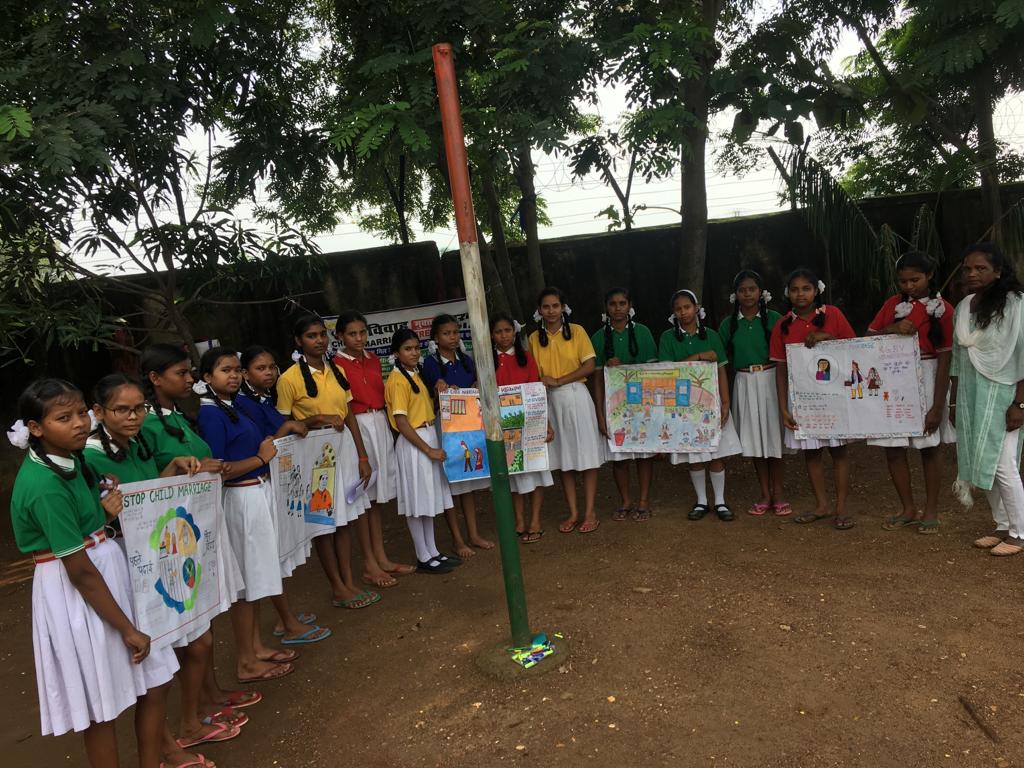
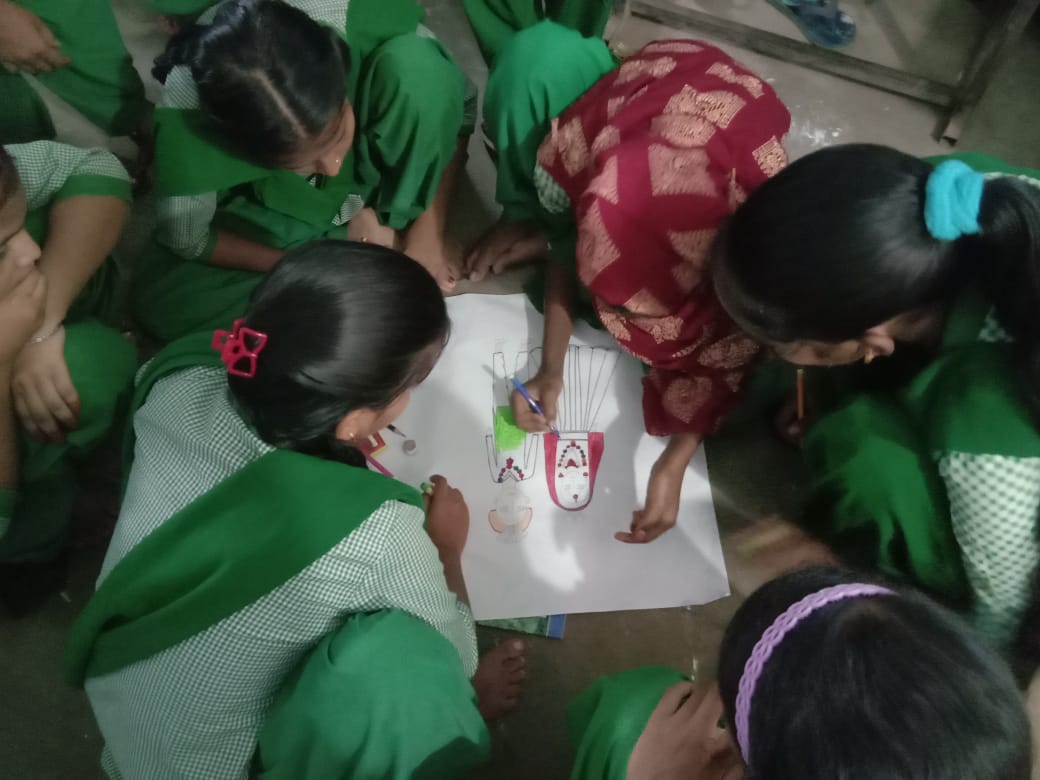
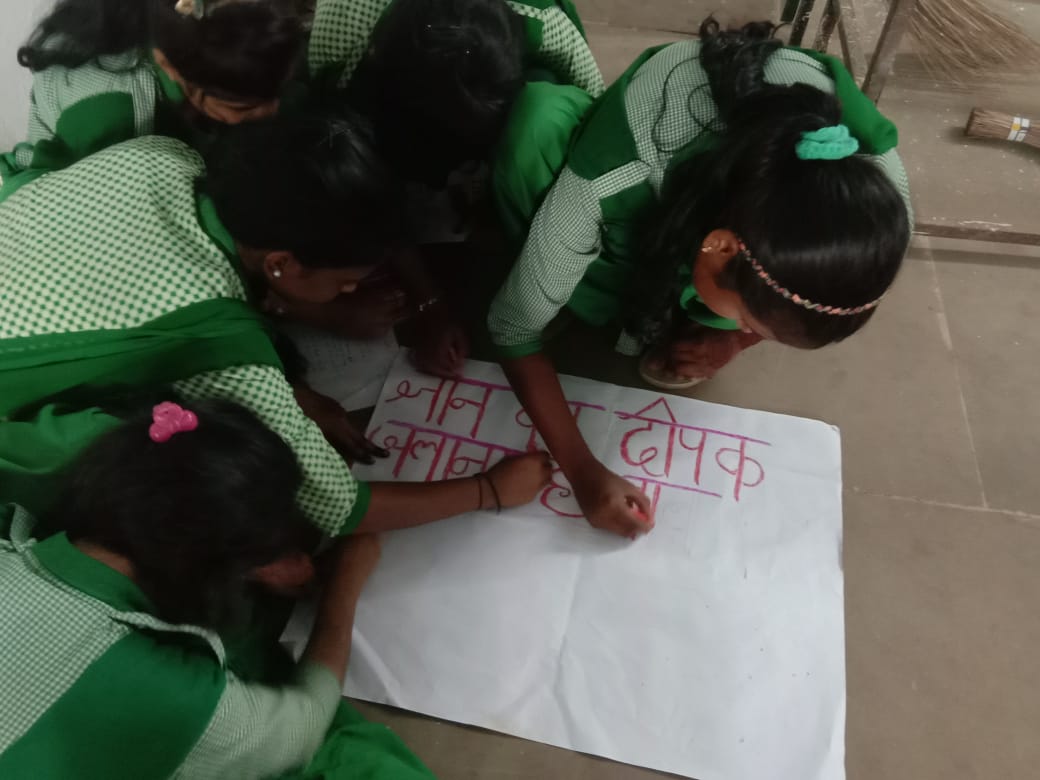
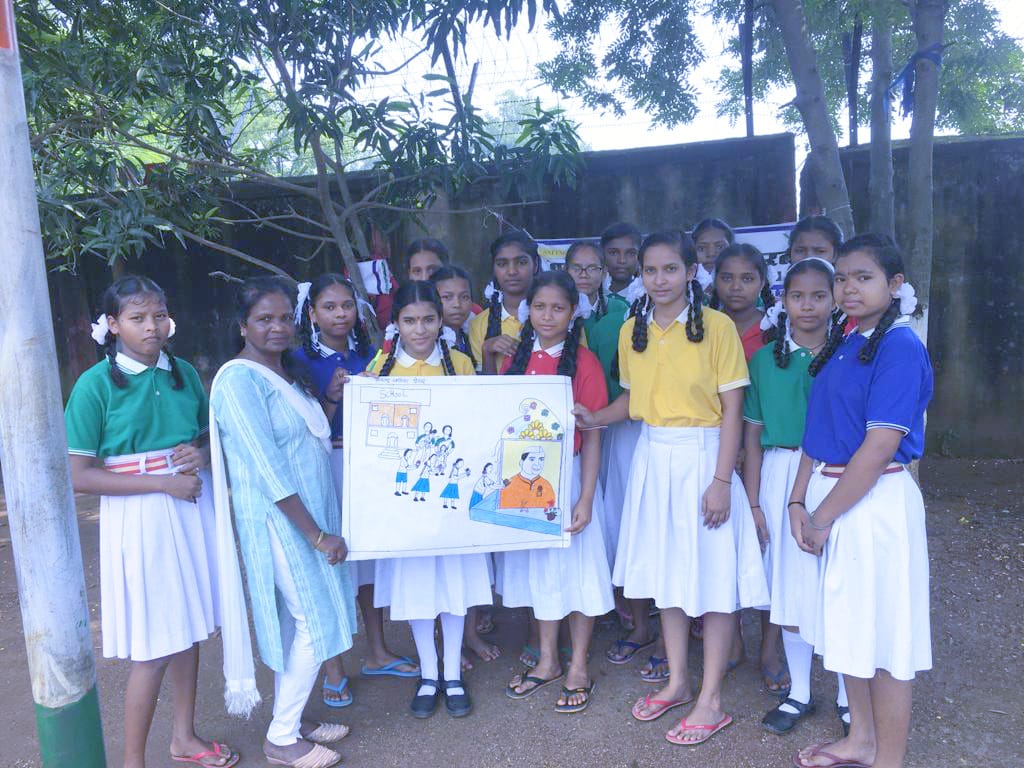
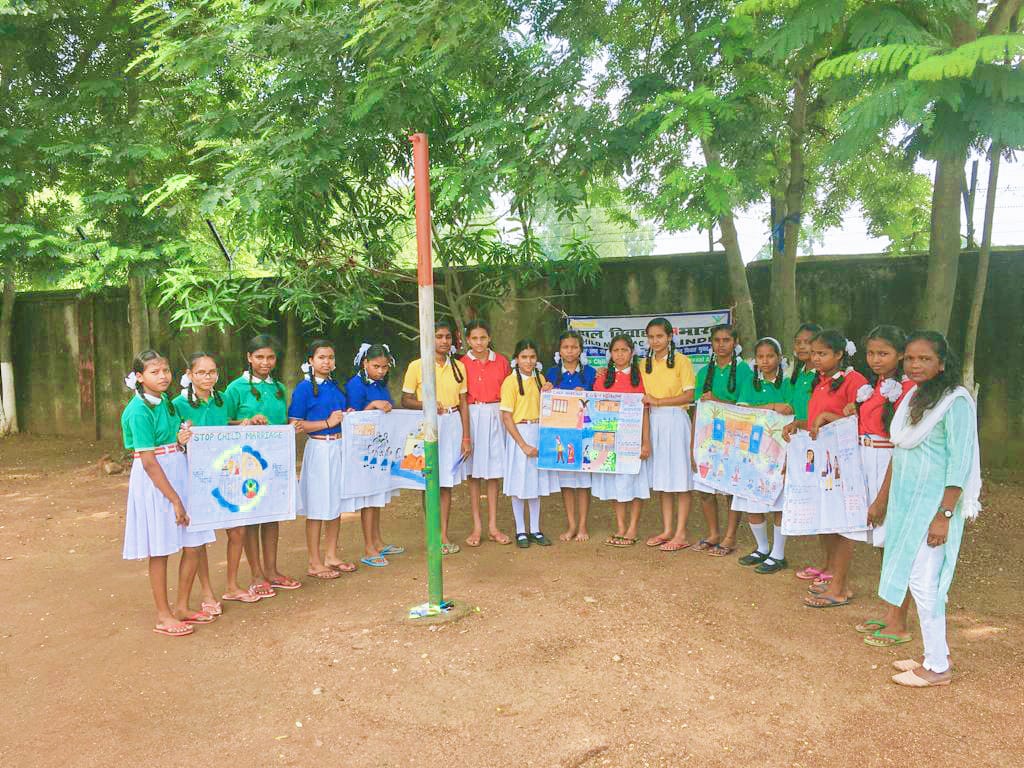
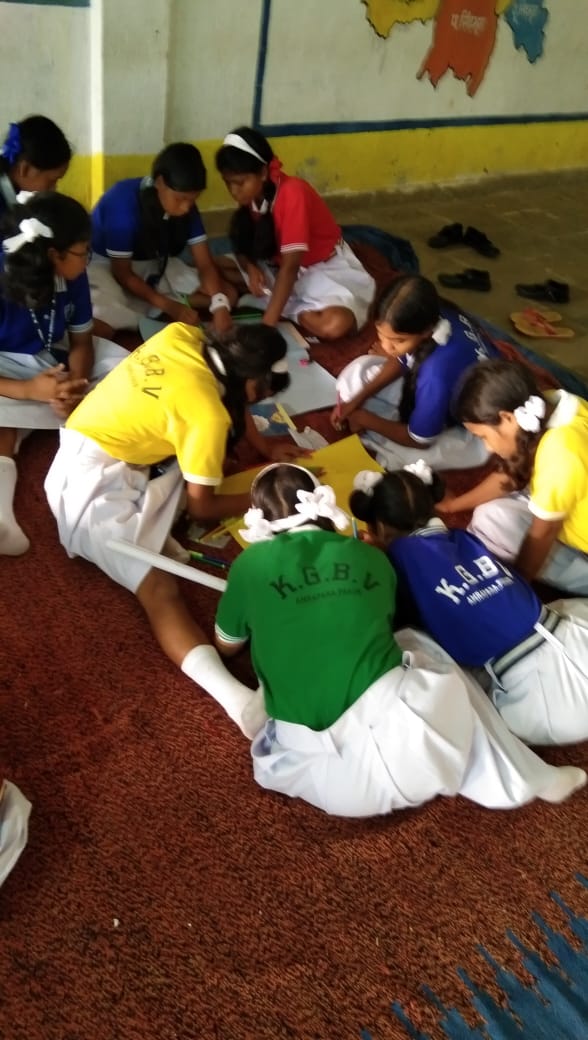
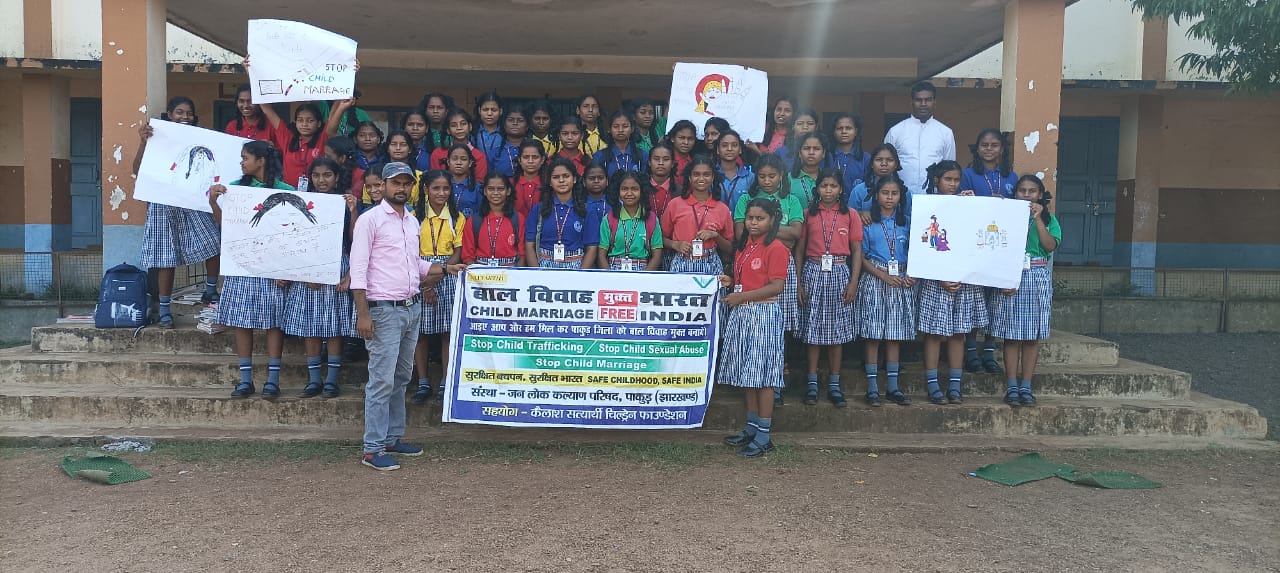
Gram Sabha
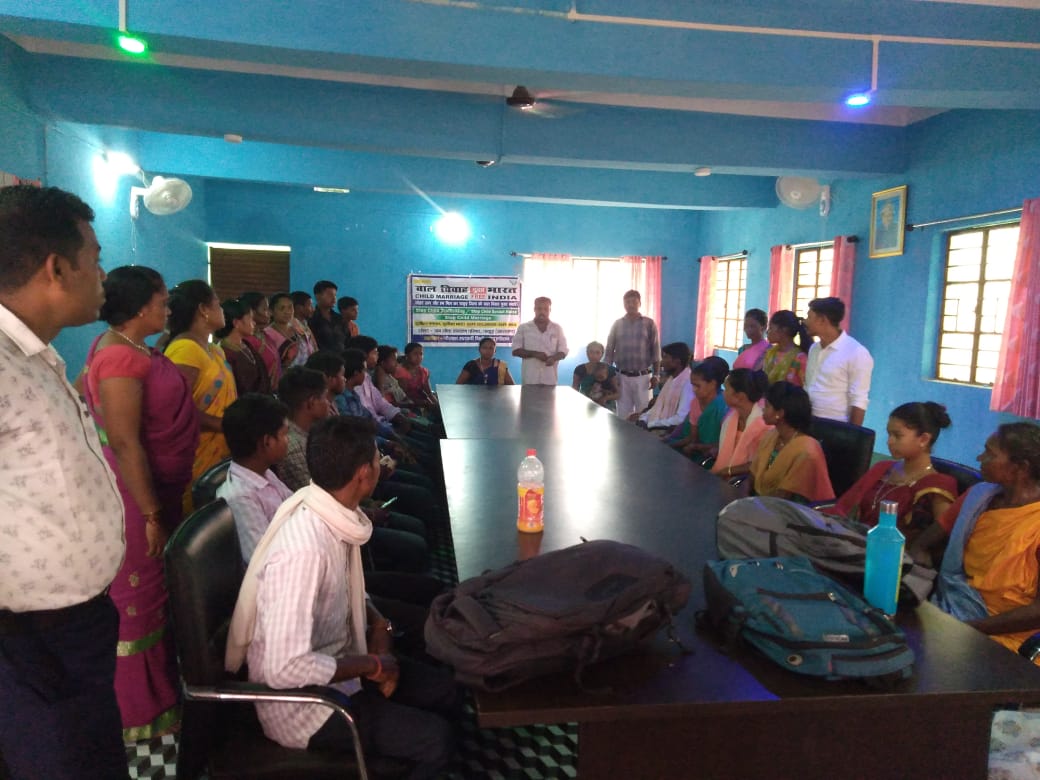
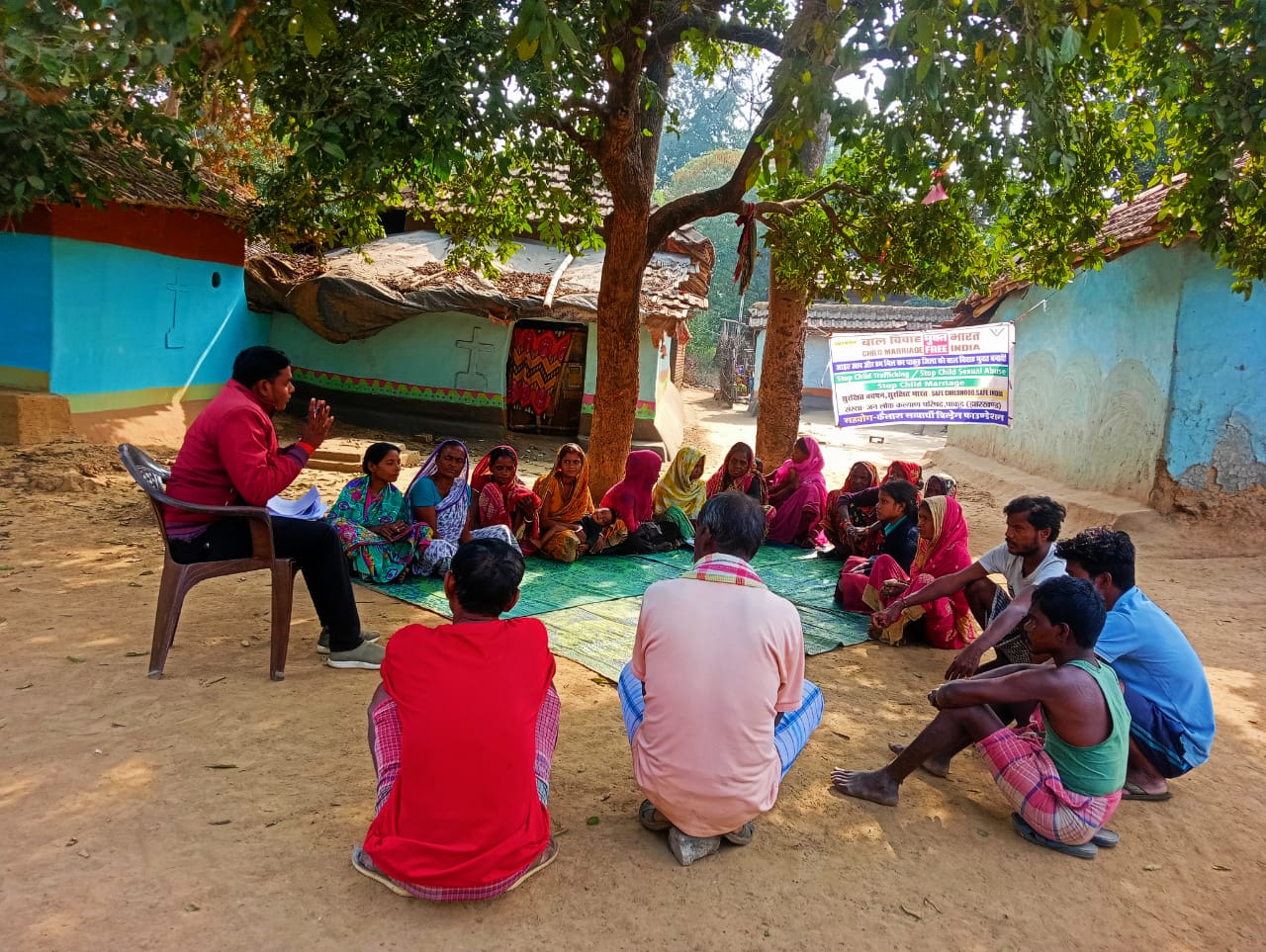
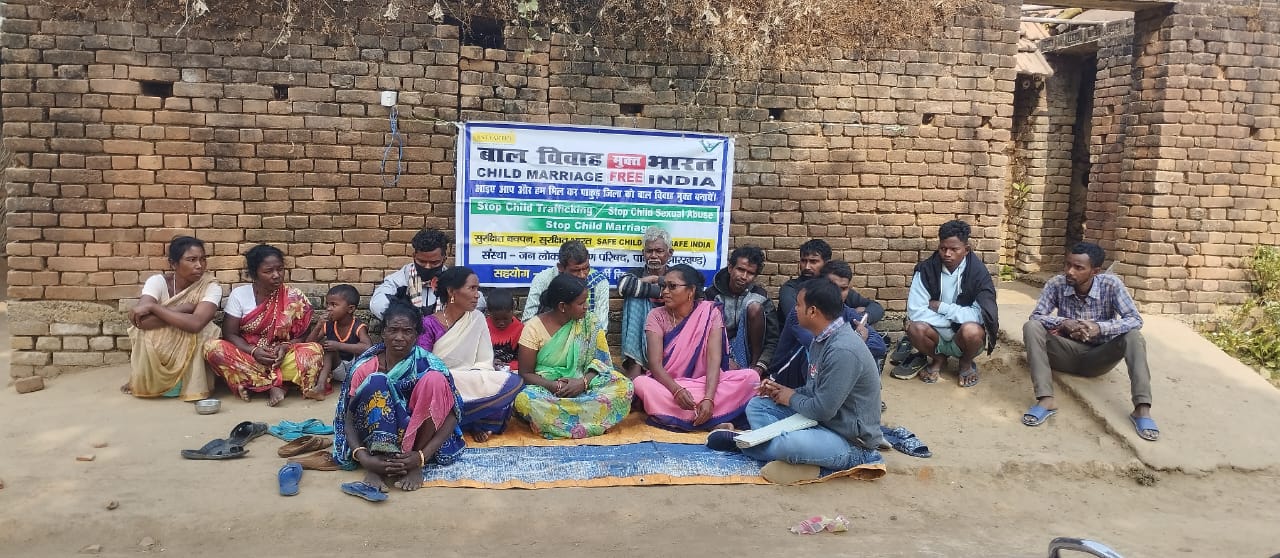
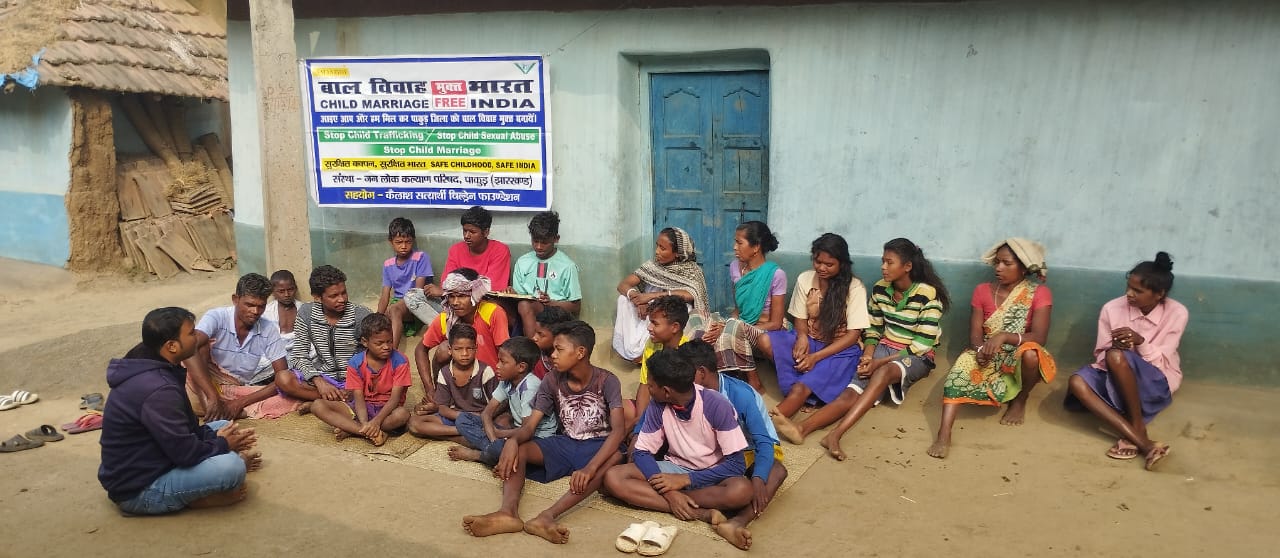
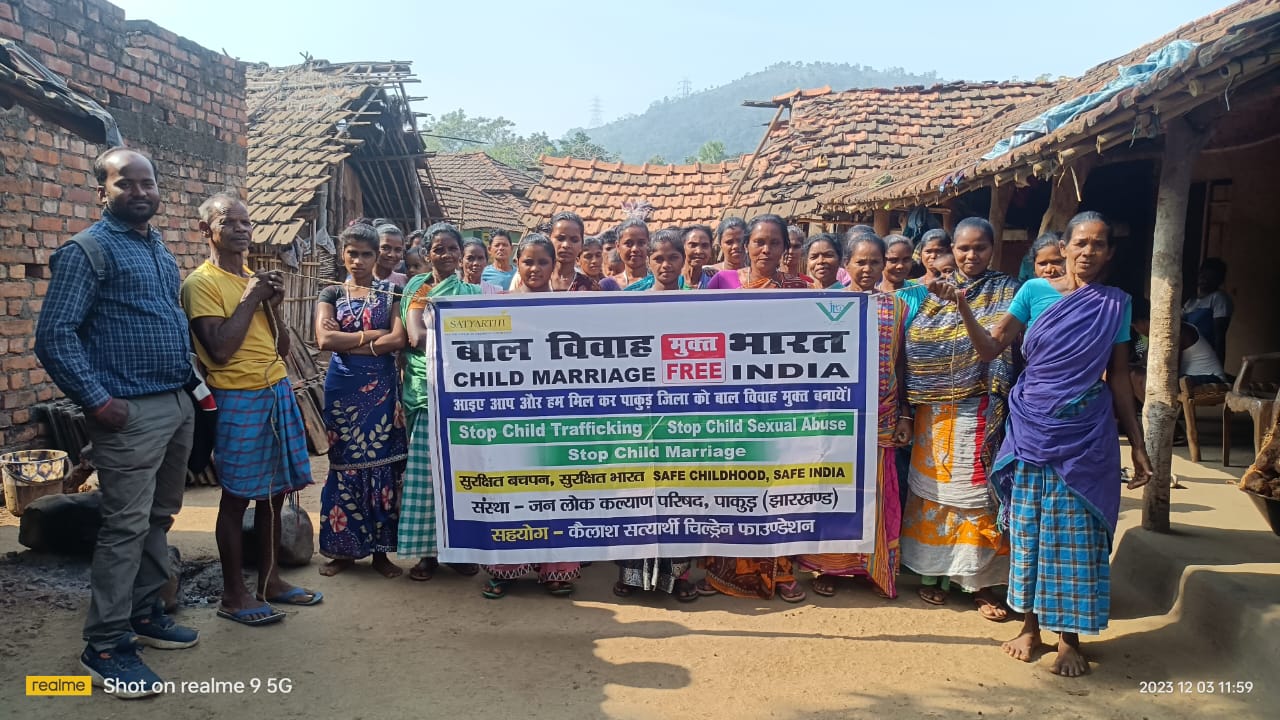
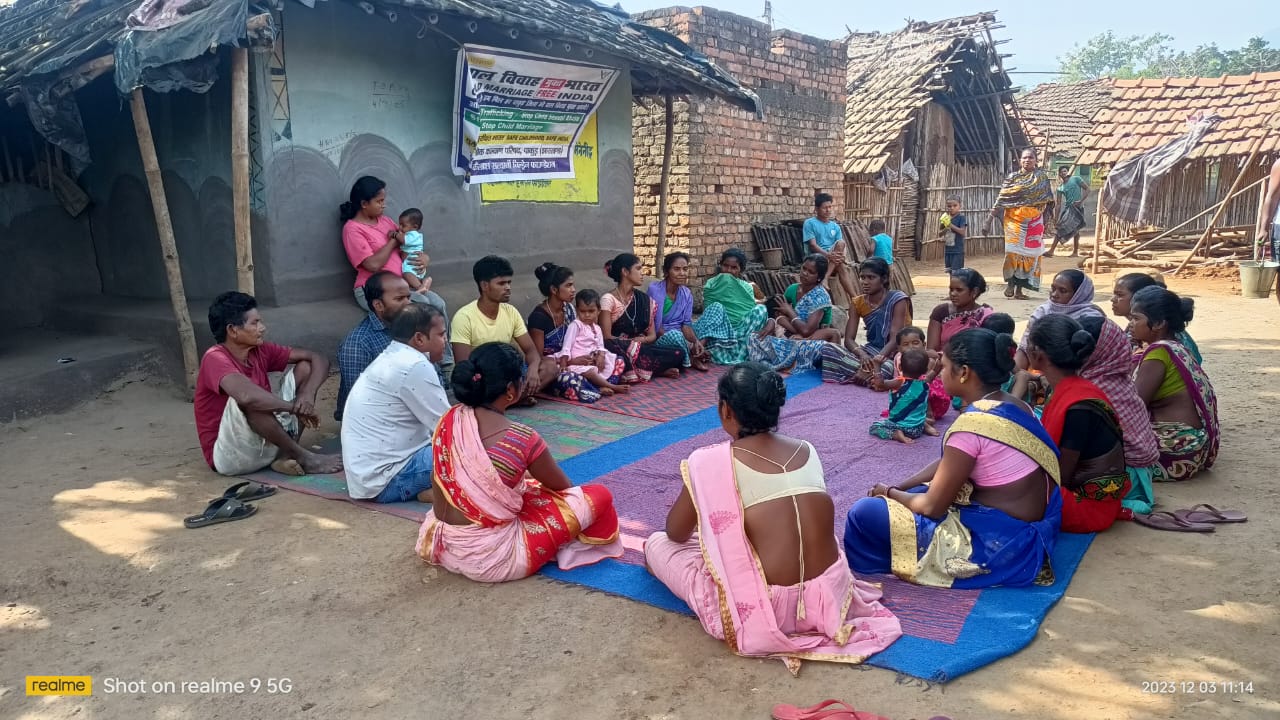
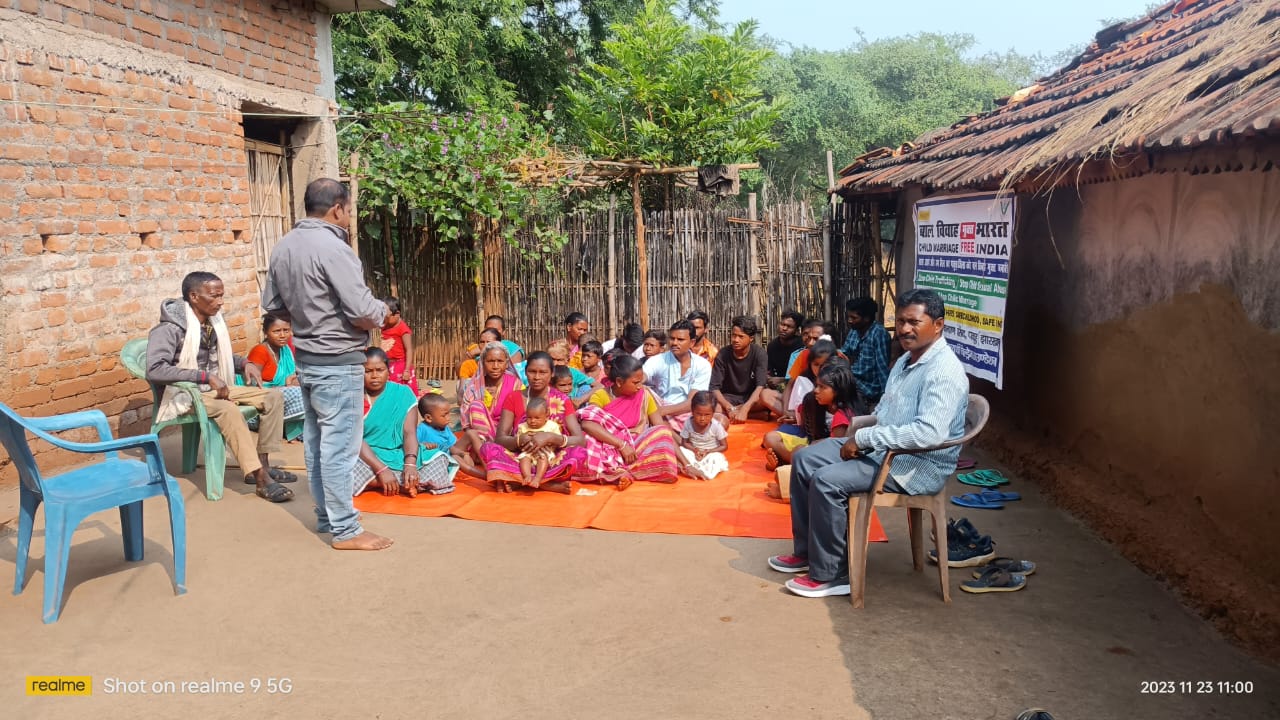
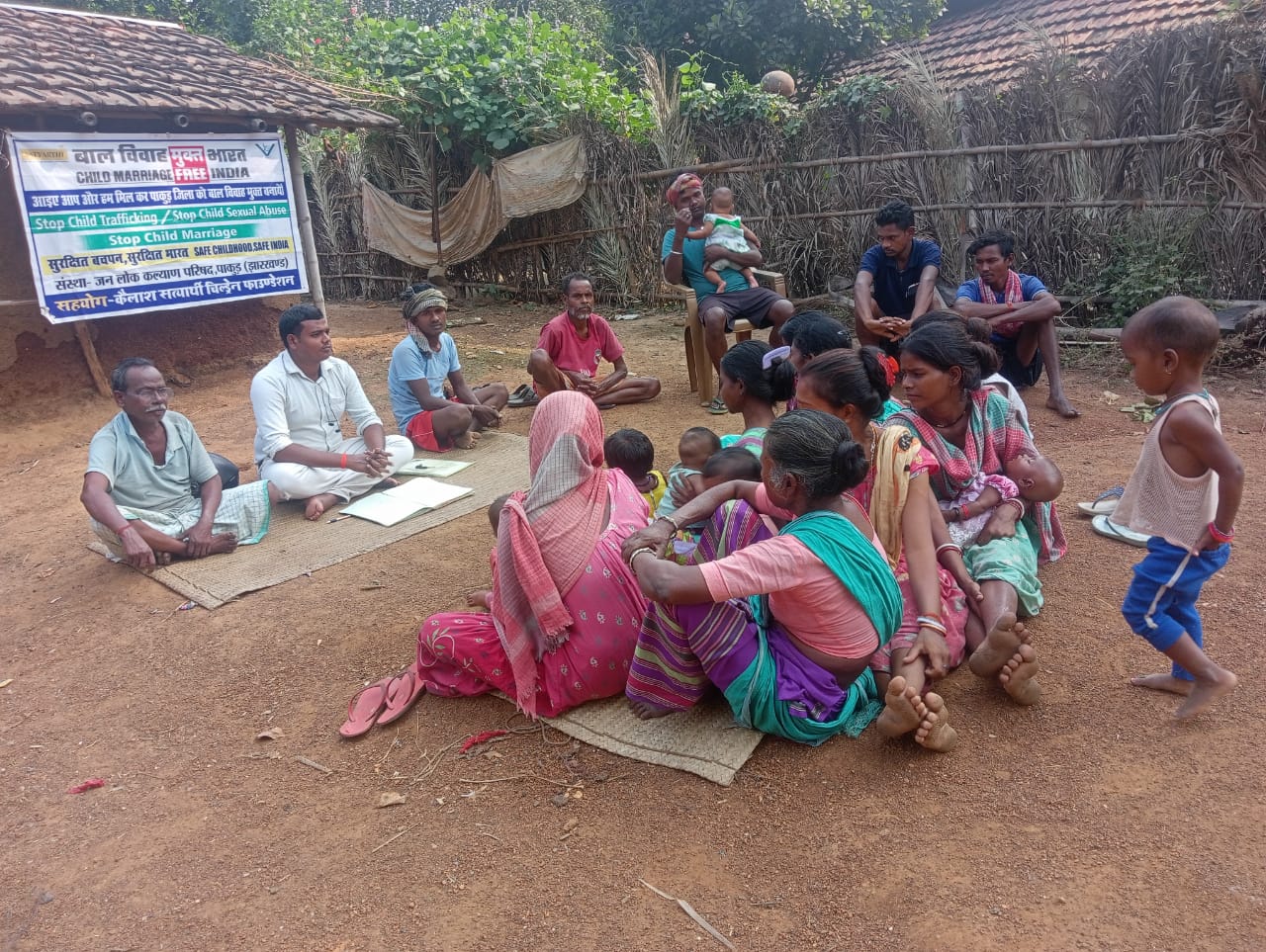
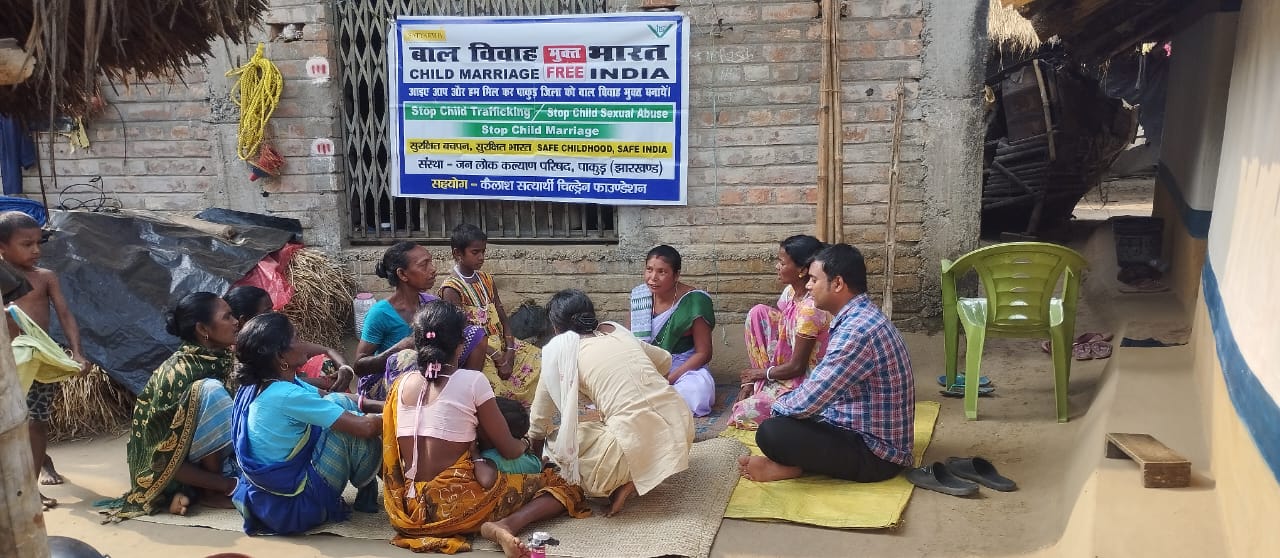
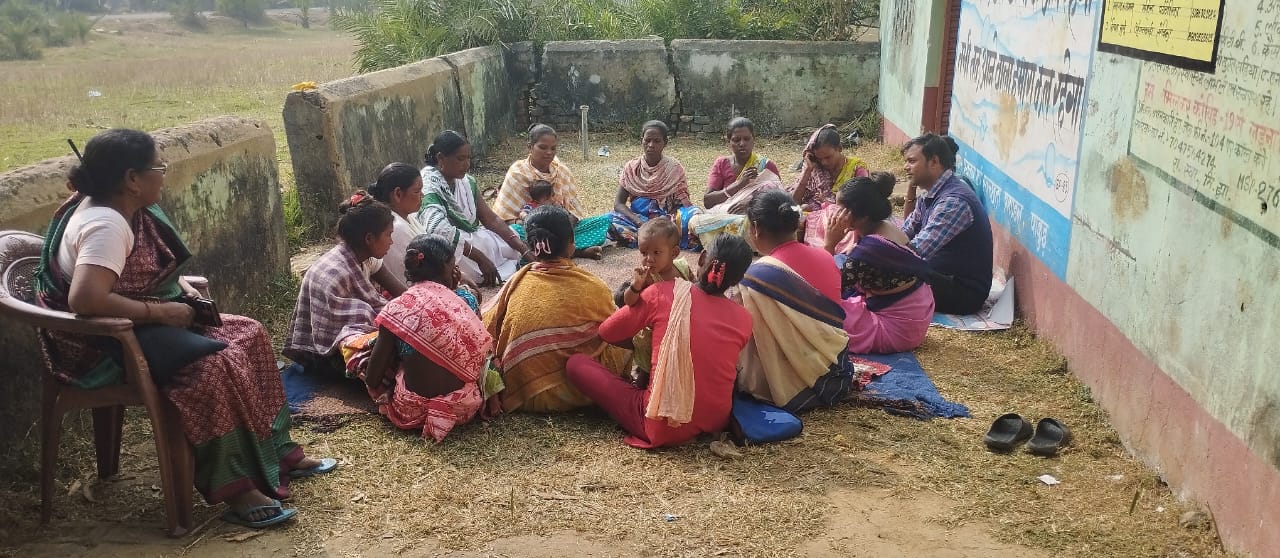
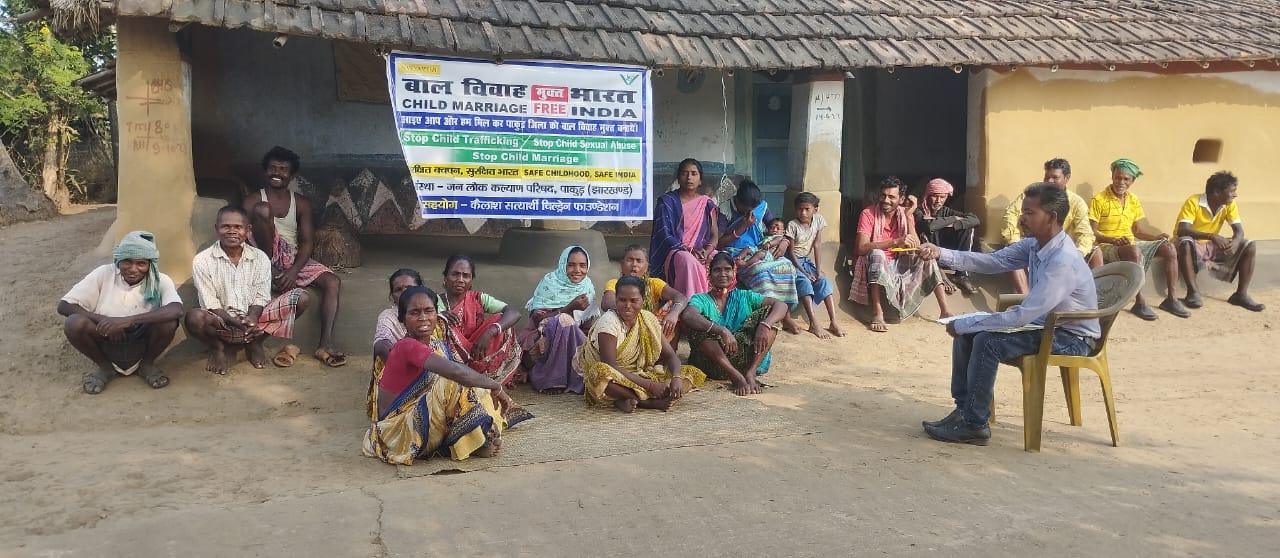
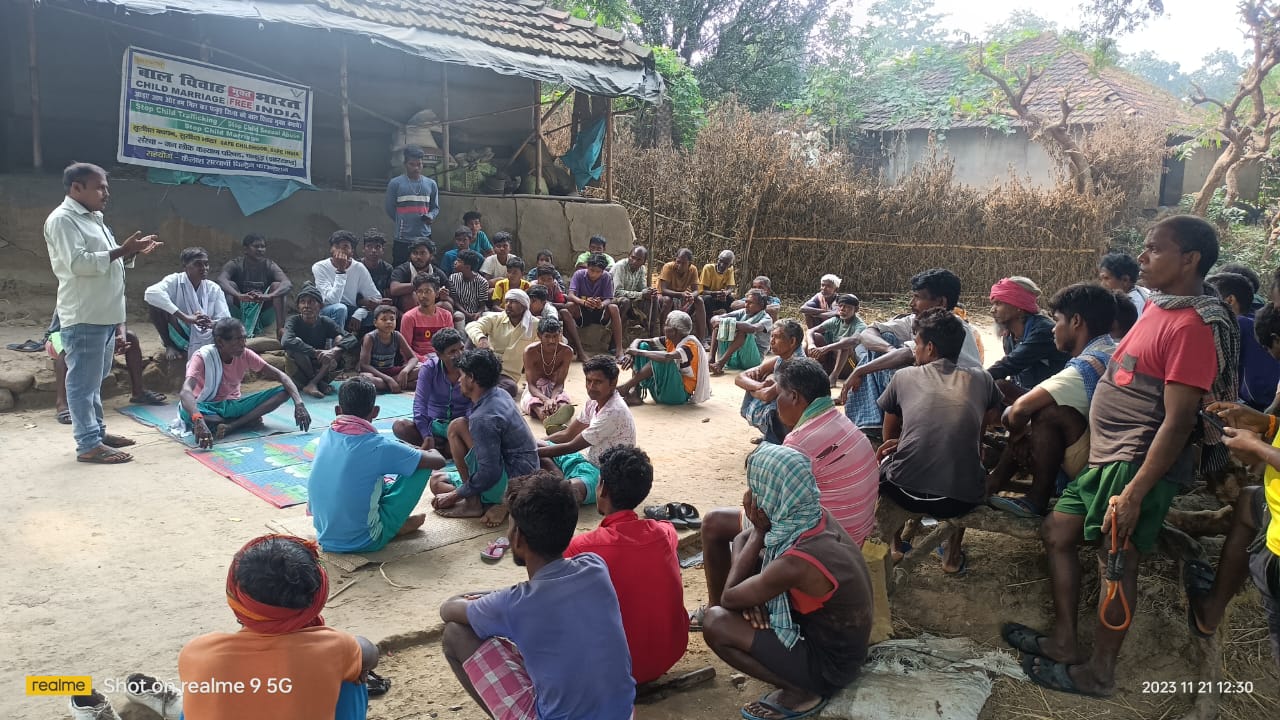
Jagrukta Rath
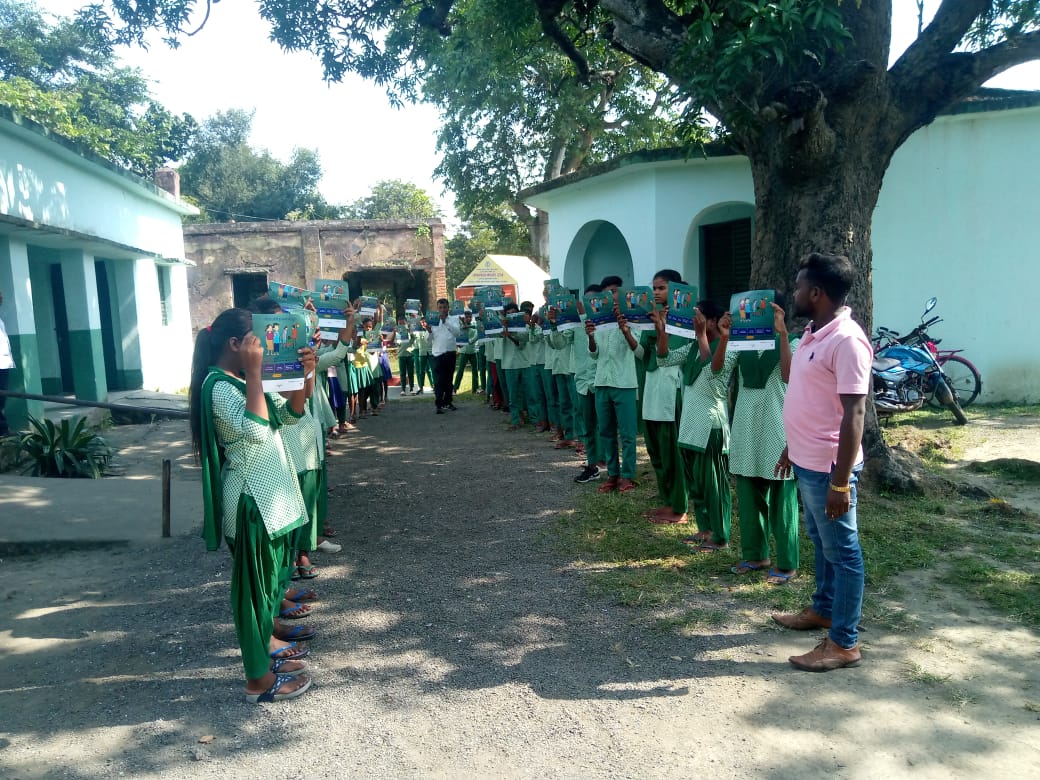
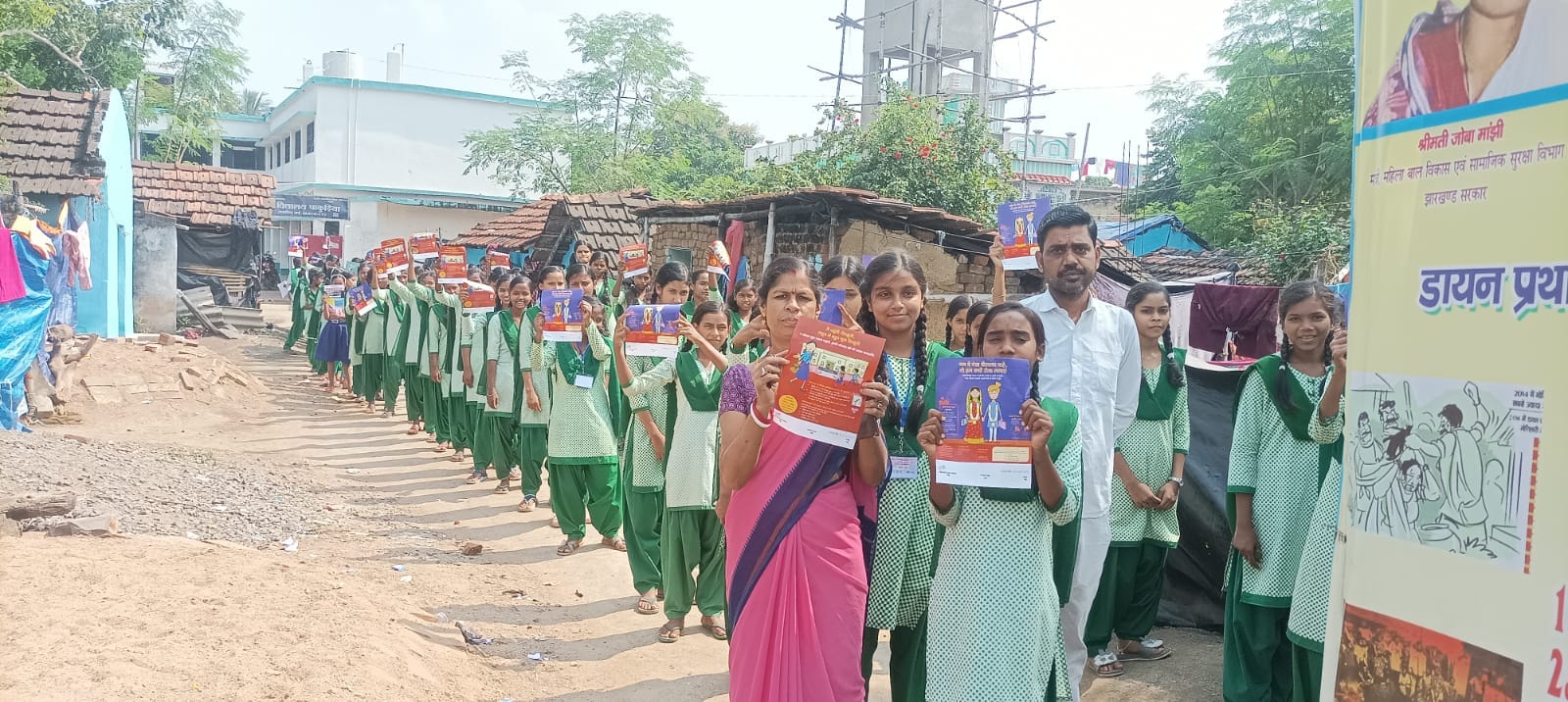
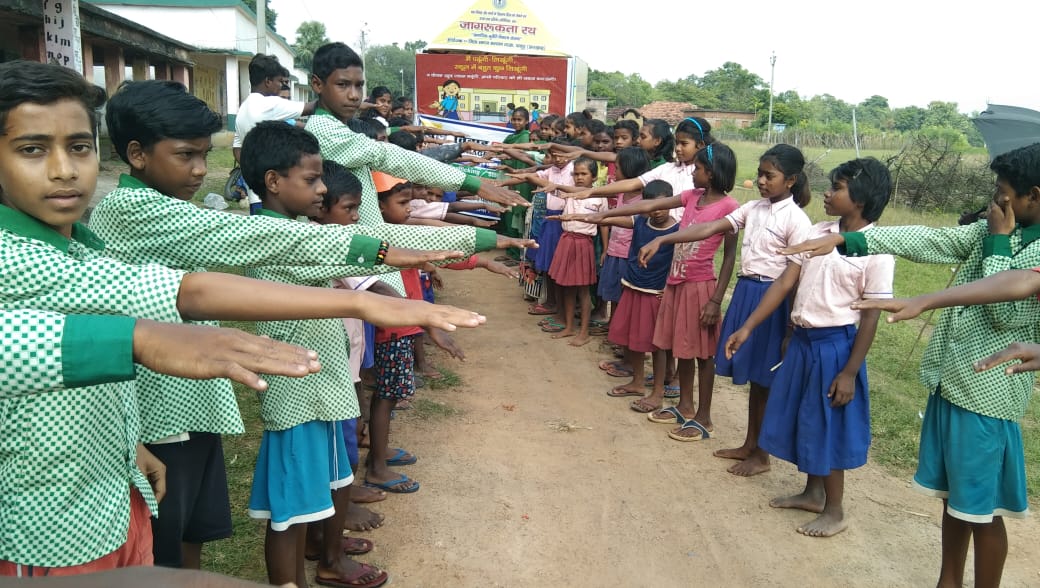
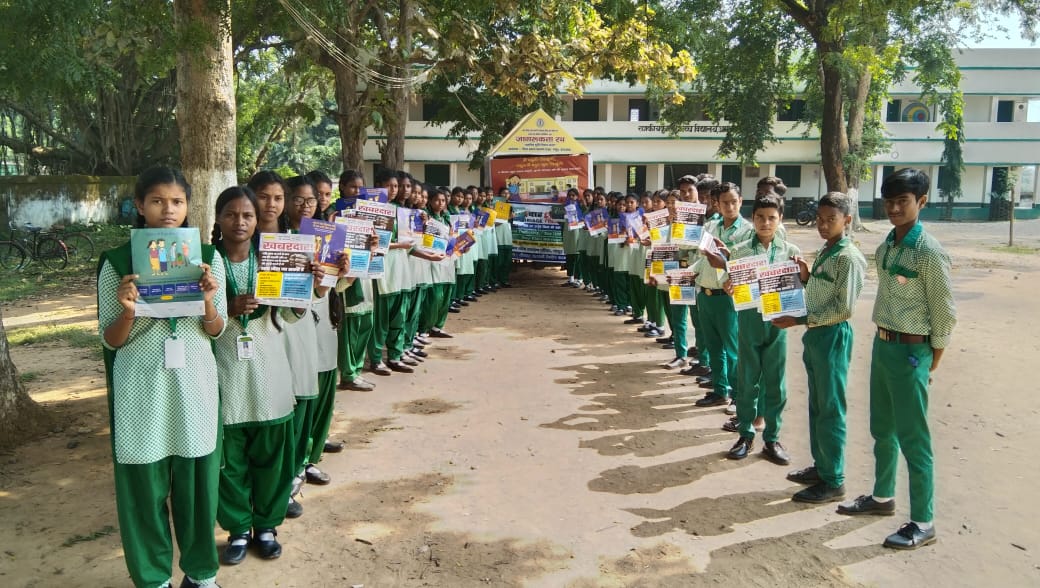
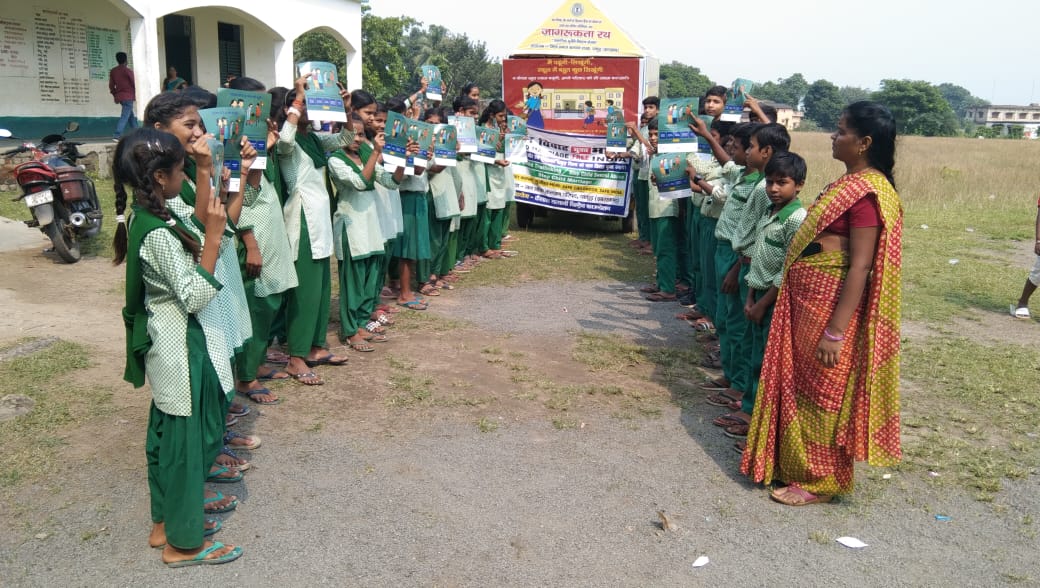
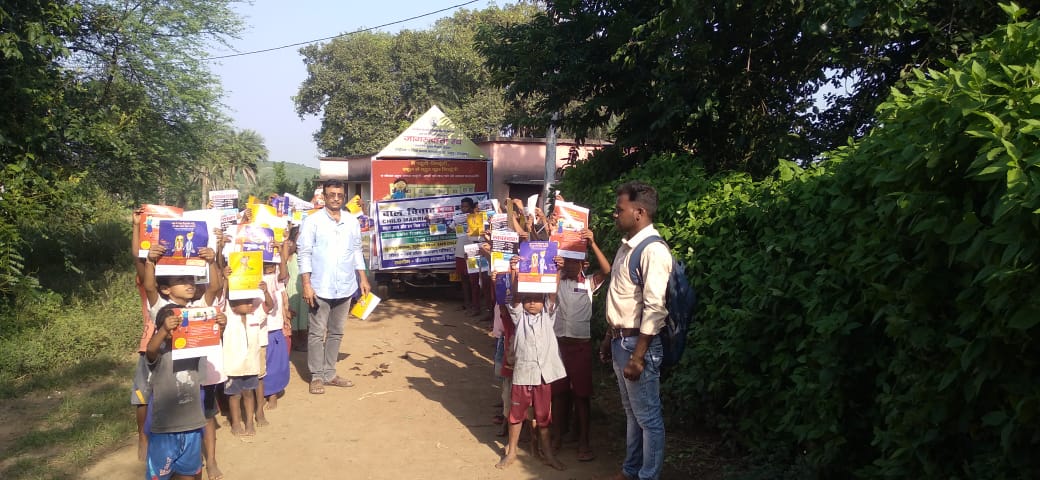
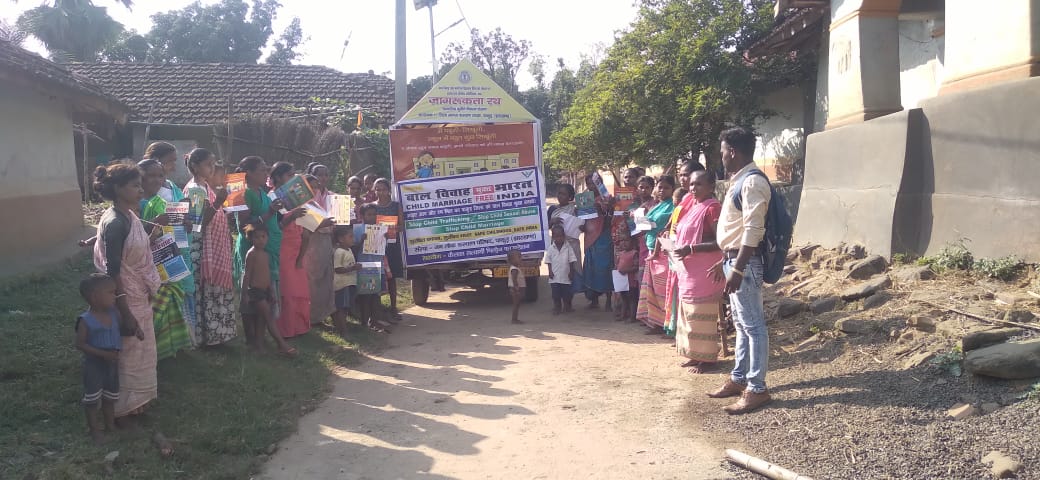
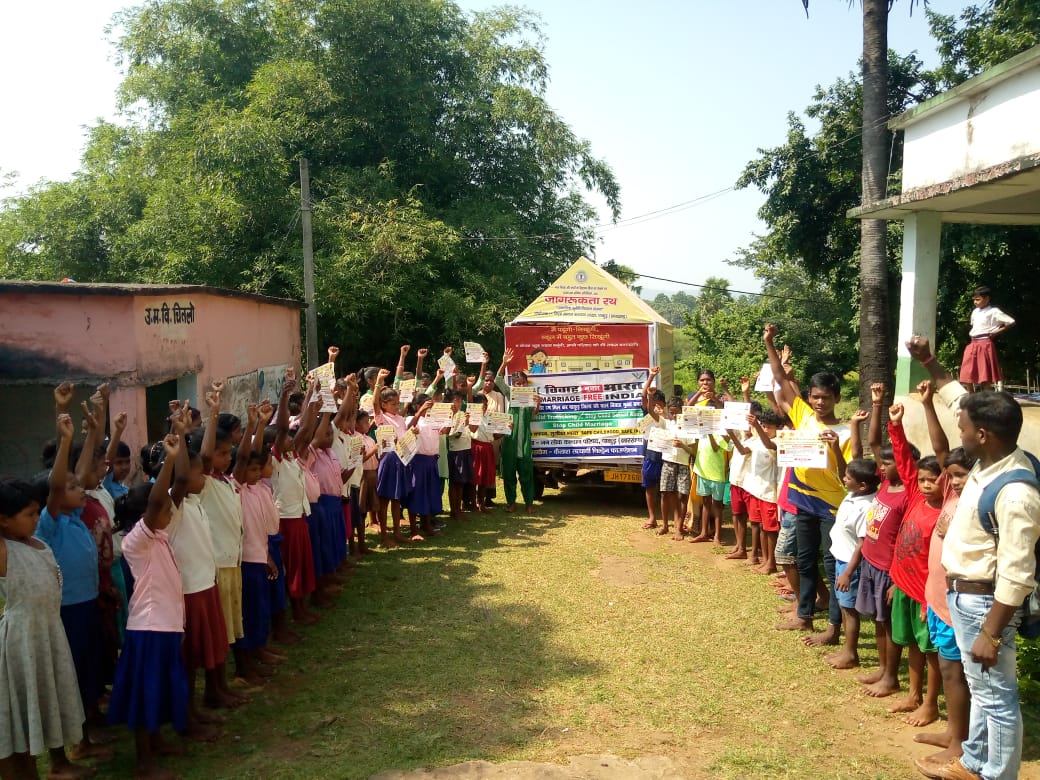
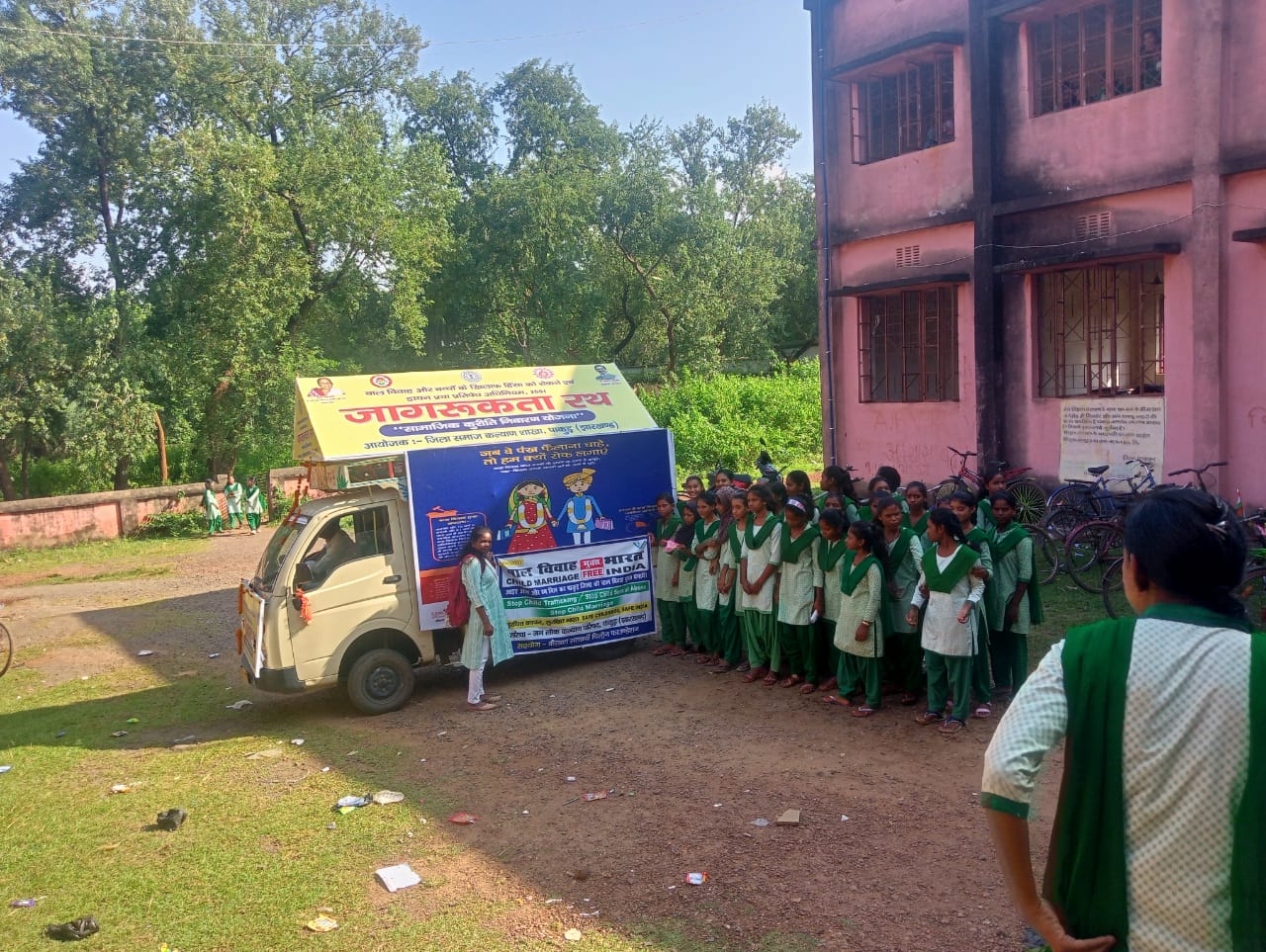
School awareness Program
.jpeg)
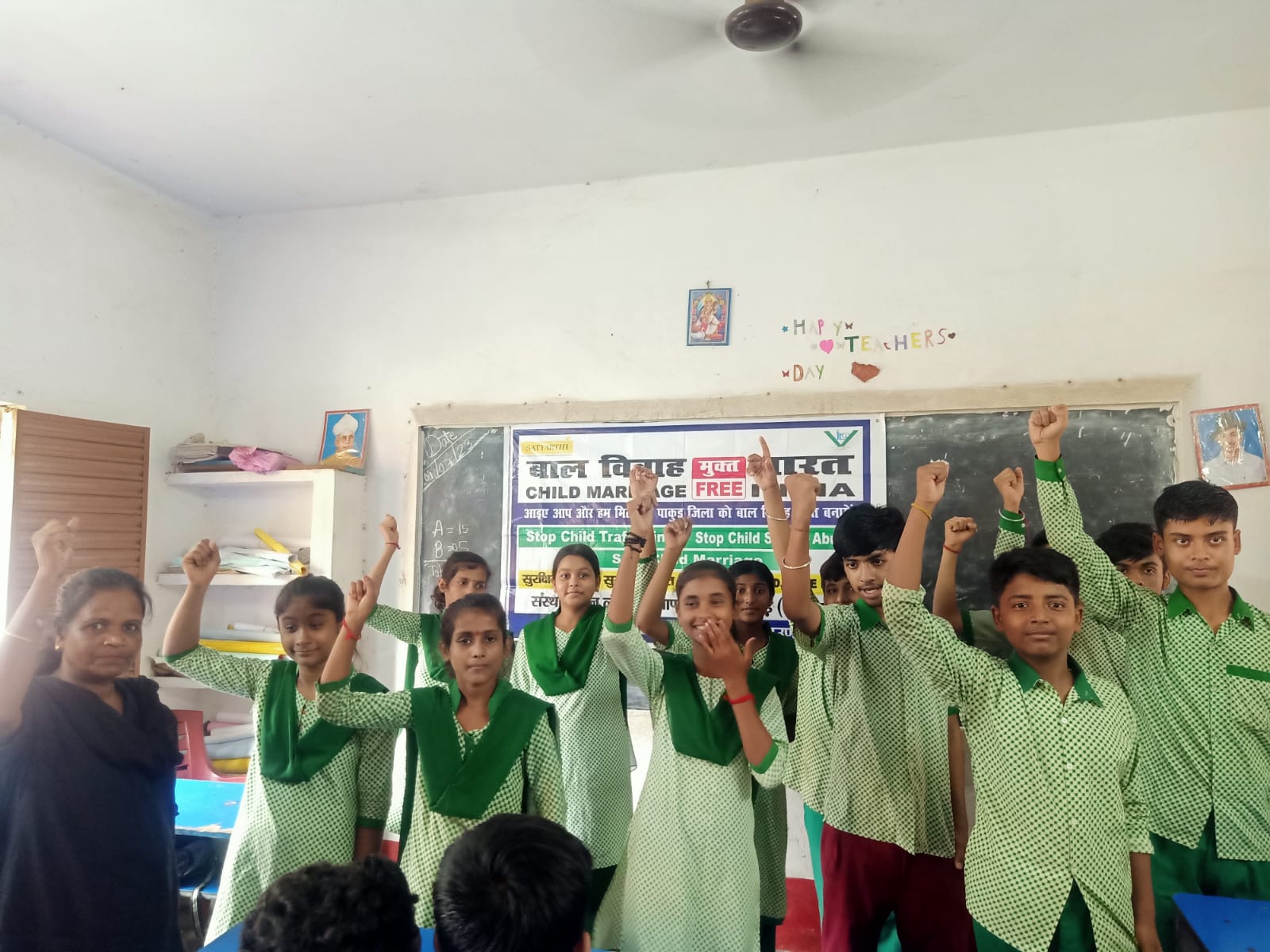
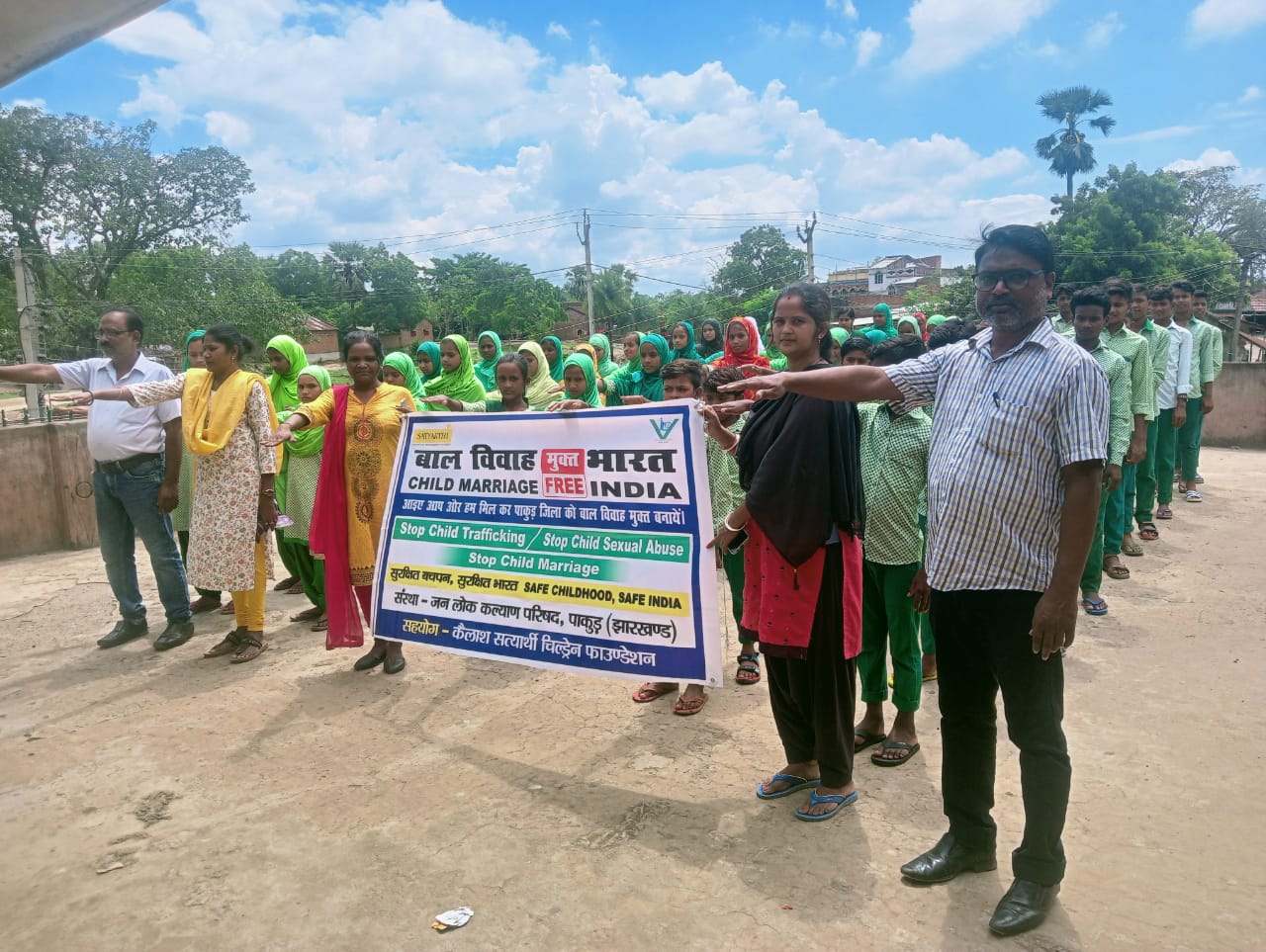
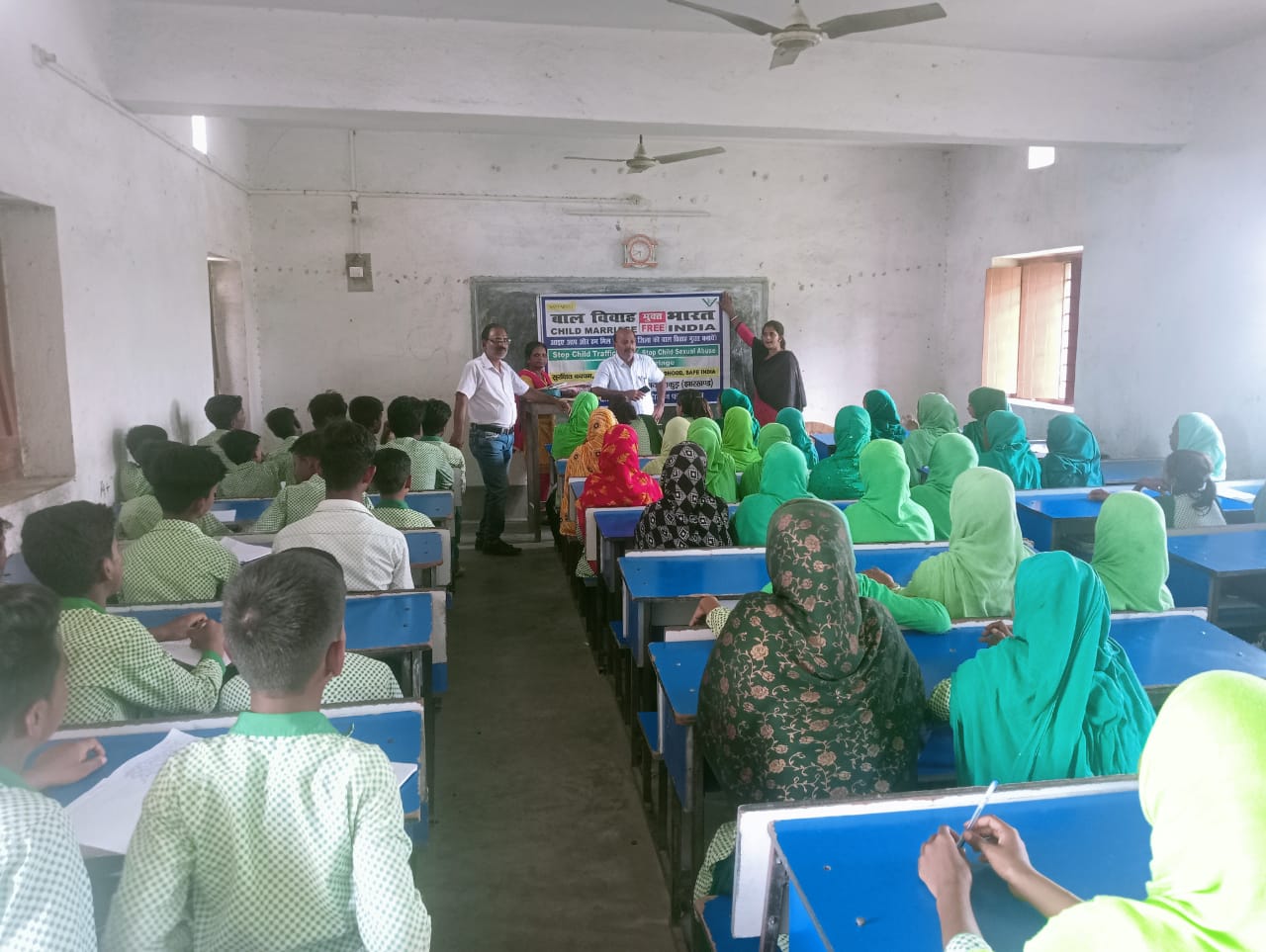
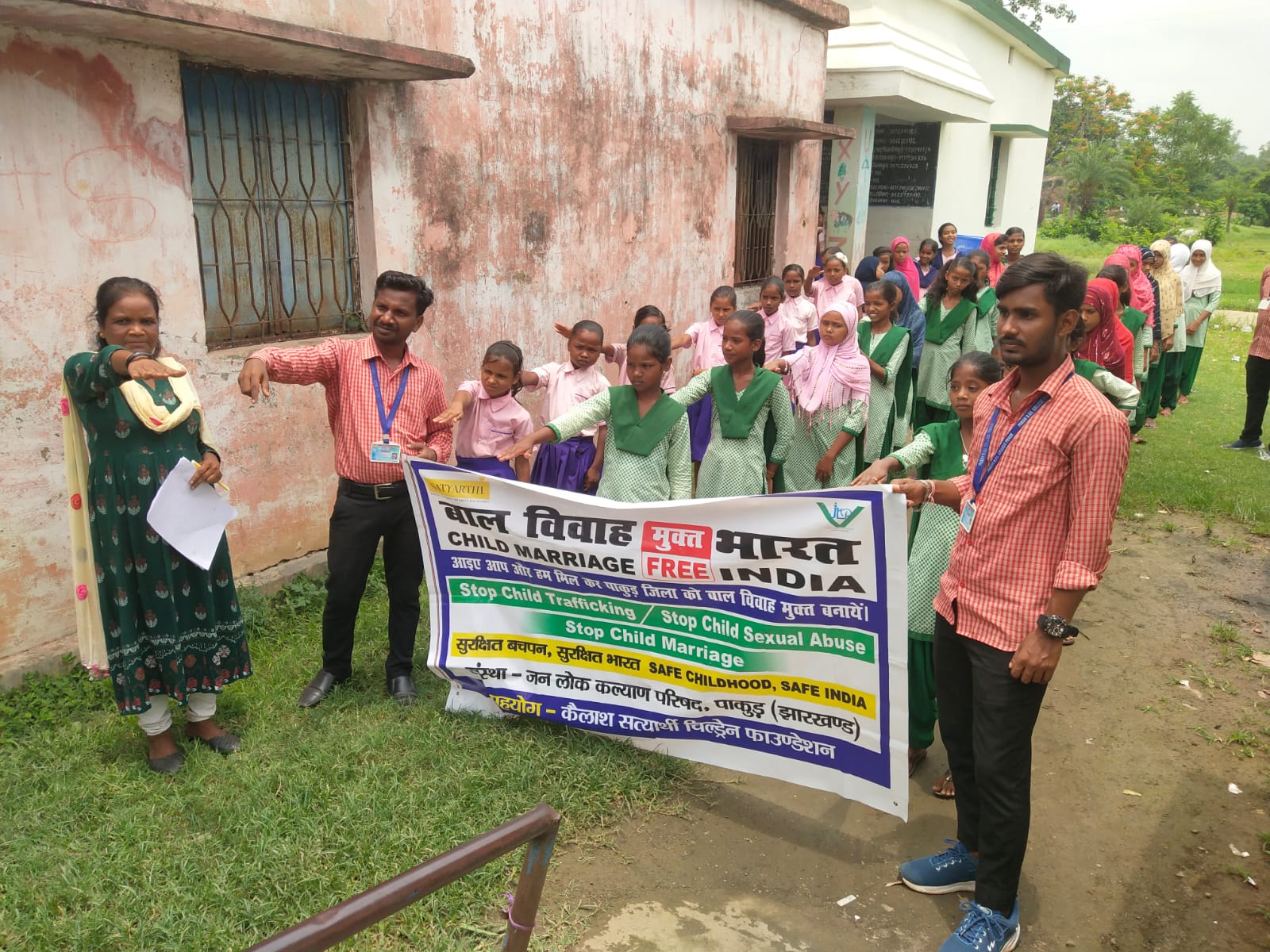
.jpeg)
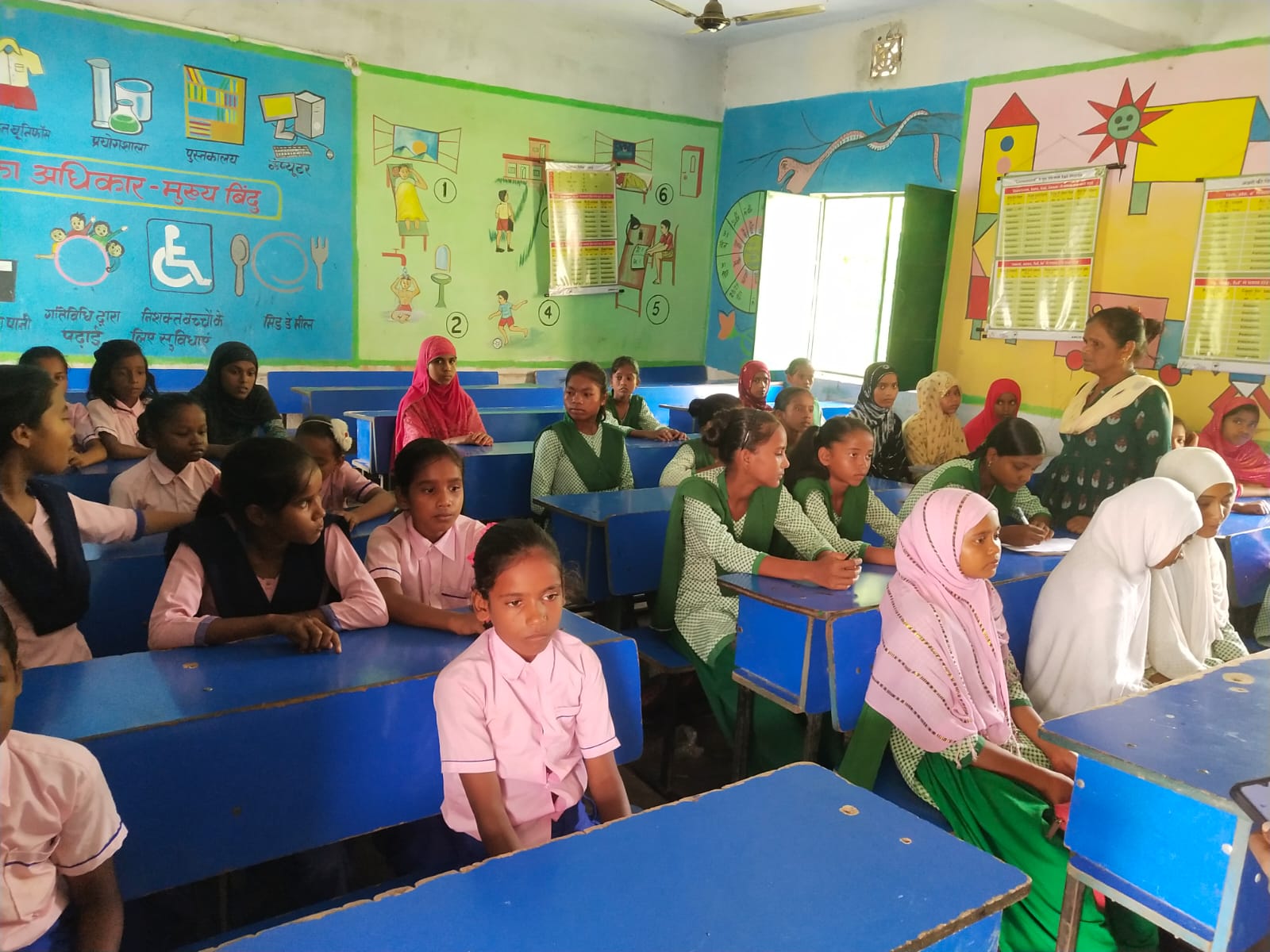
.jpeg)
.jpeg)
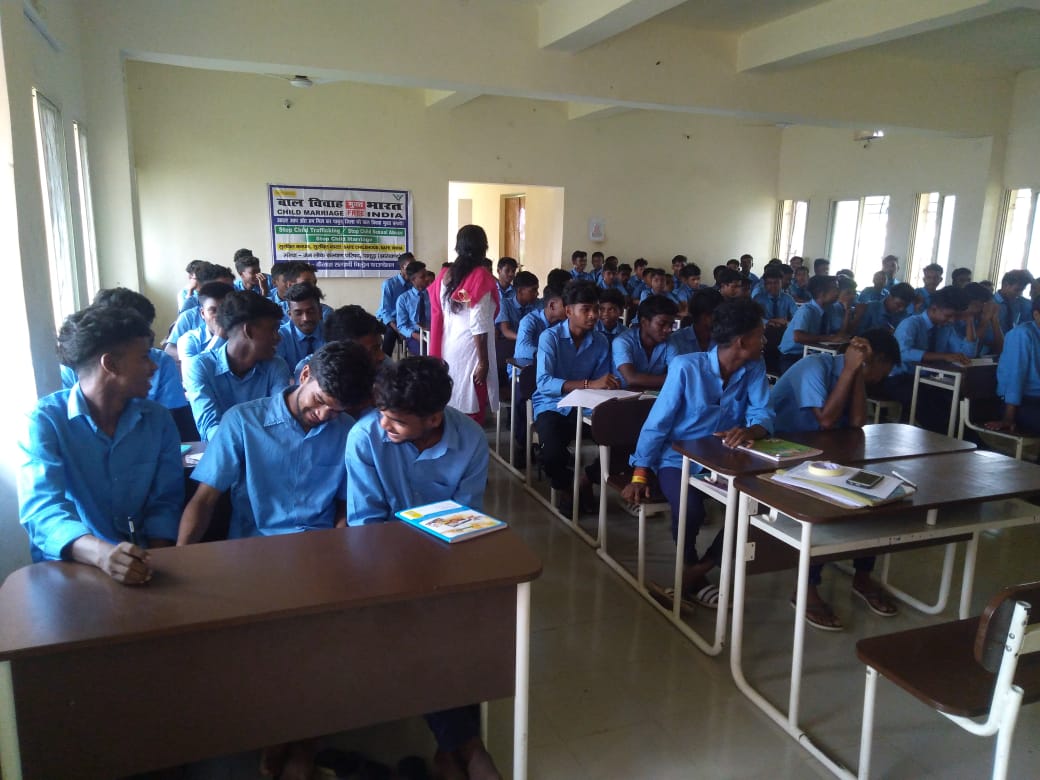
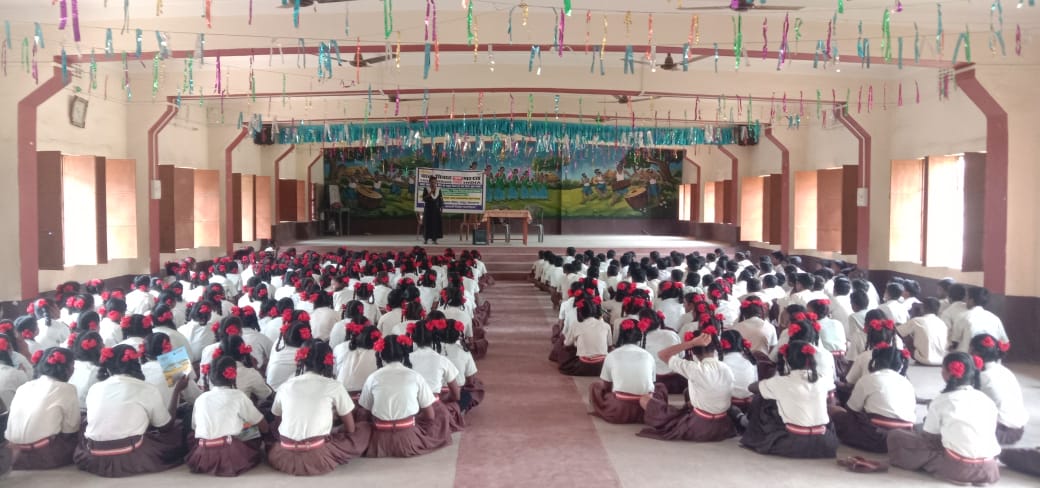
.jpeg)
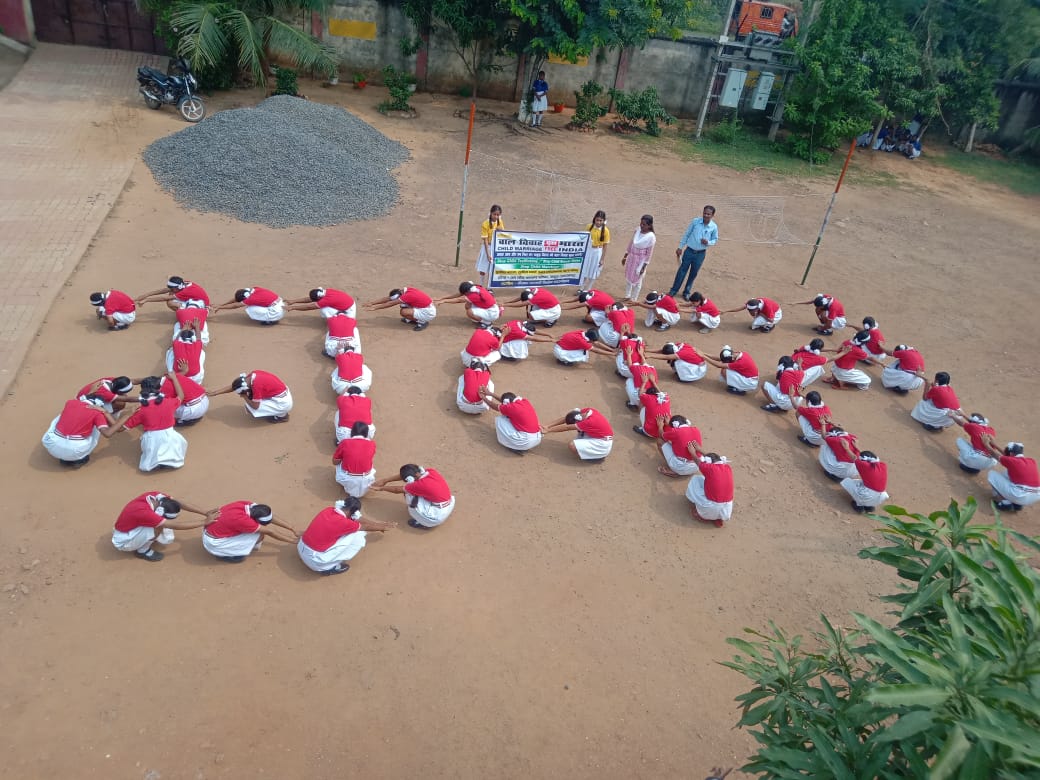
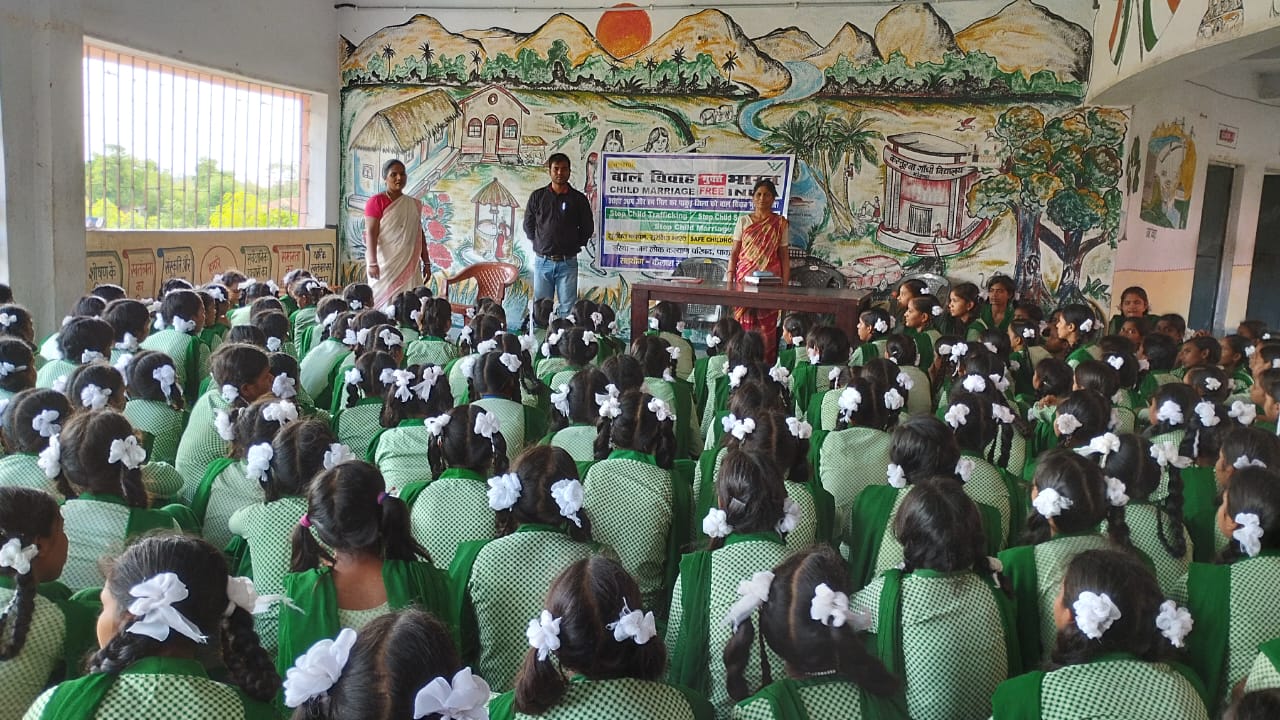
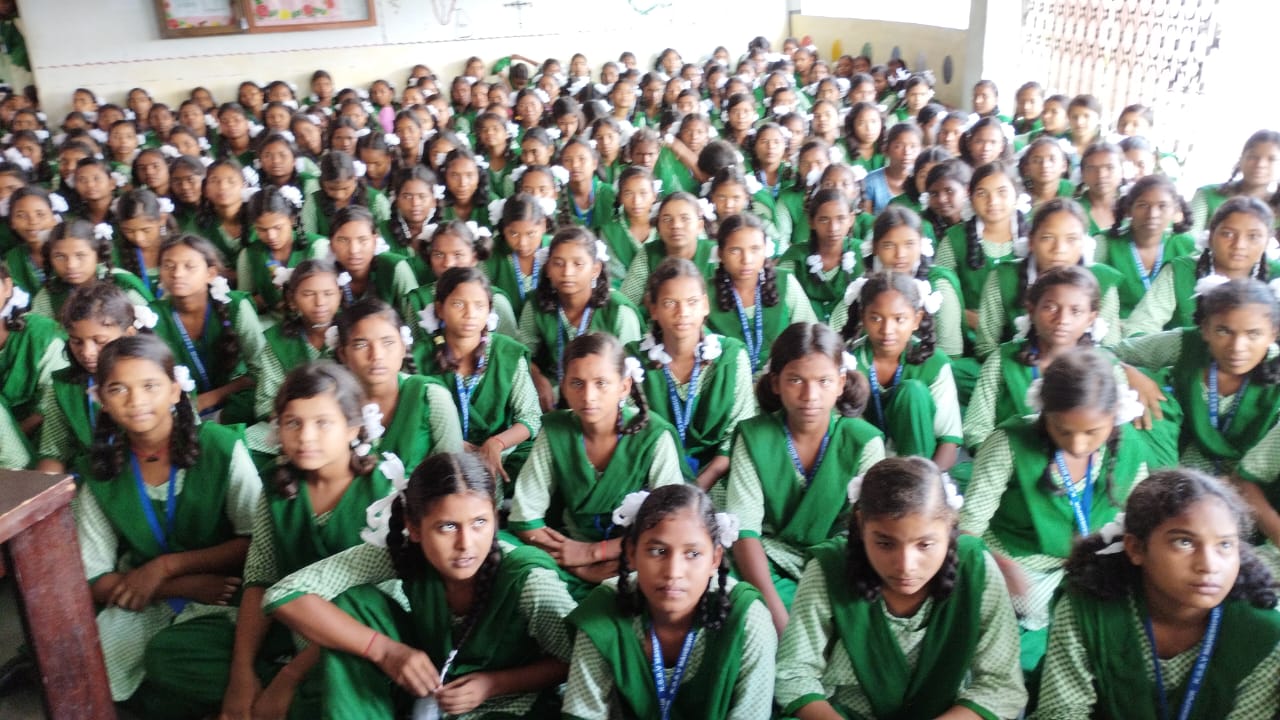
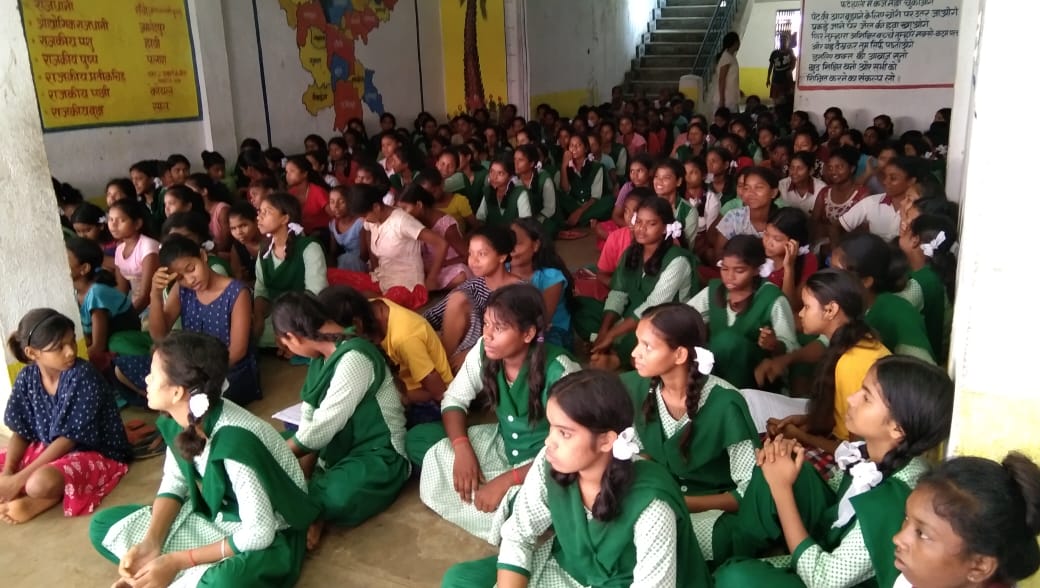
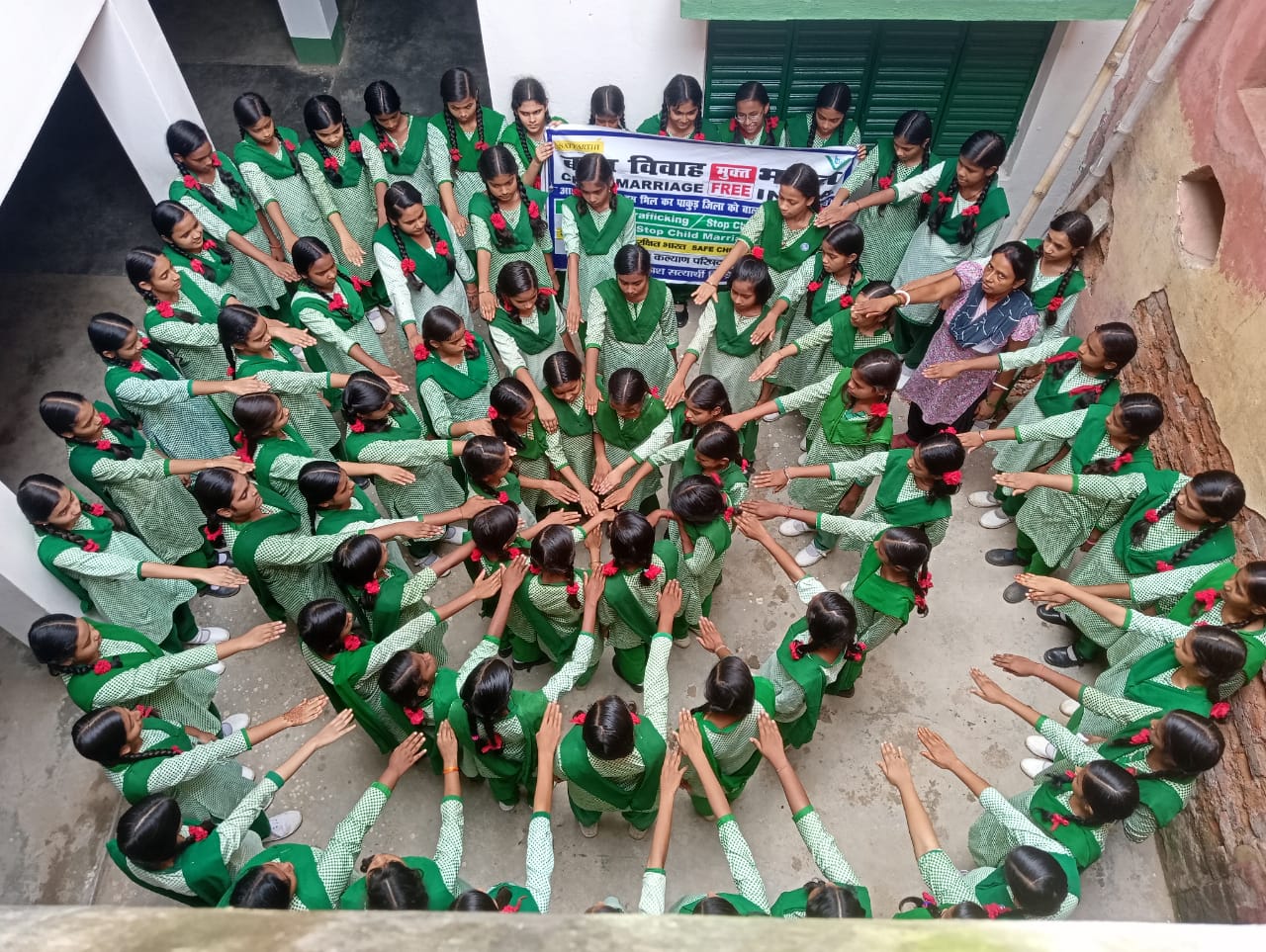
.jpeg)
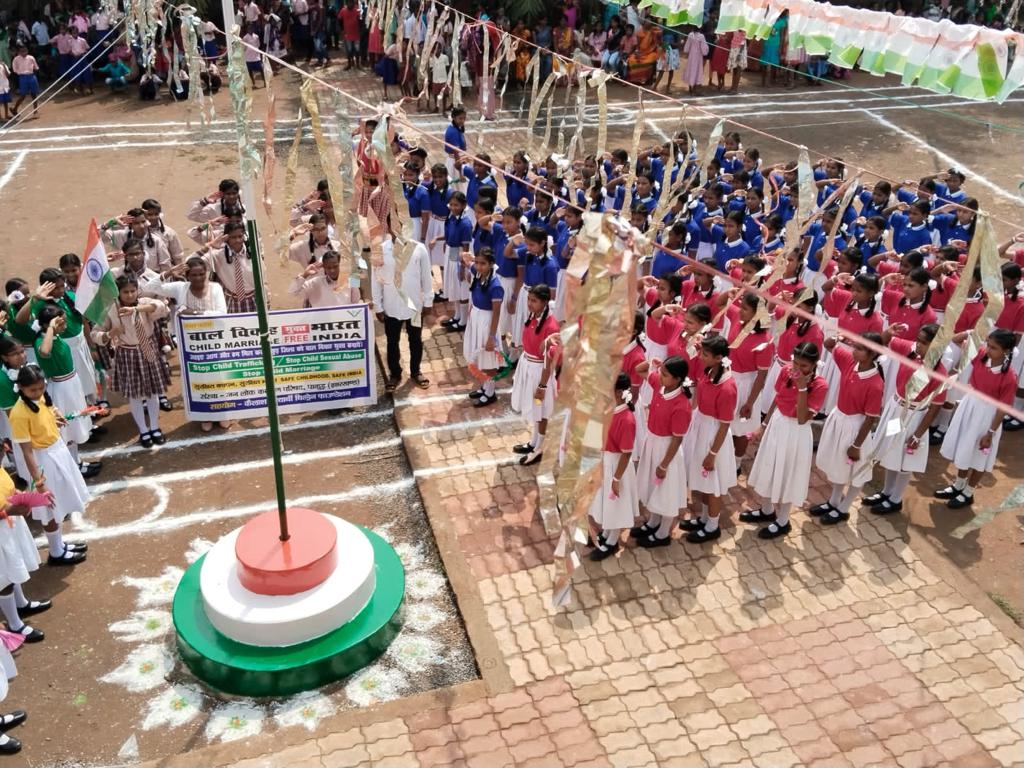
.jpeg)
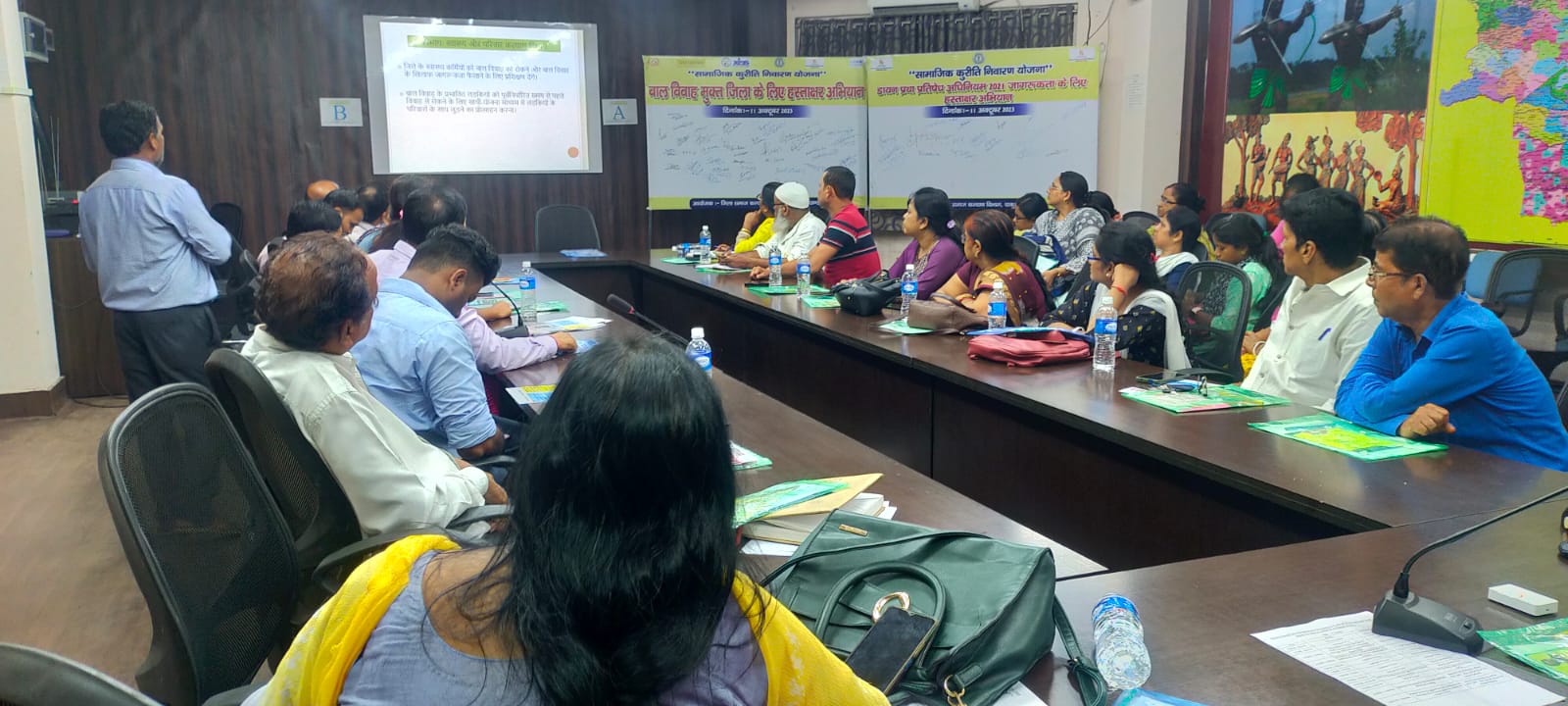
.jpeg)
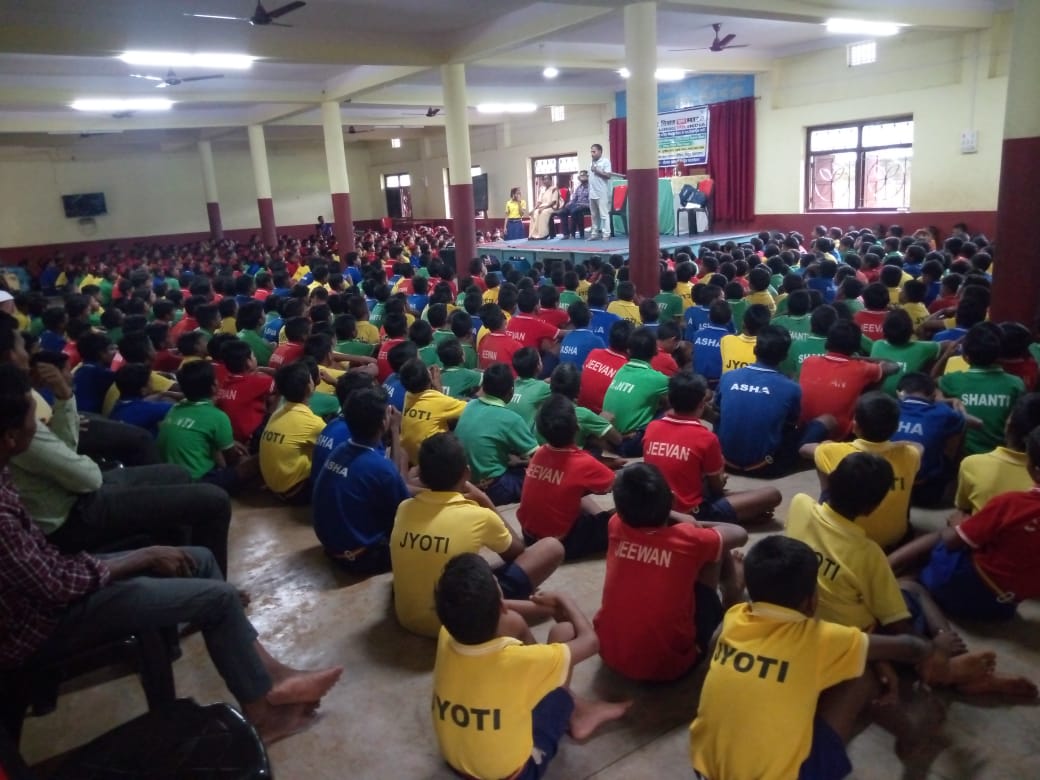
.jpeg)
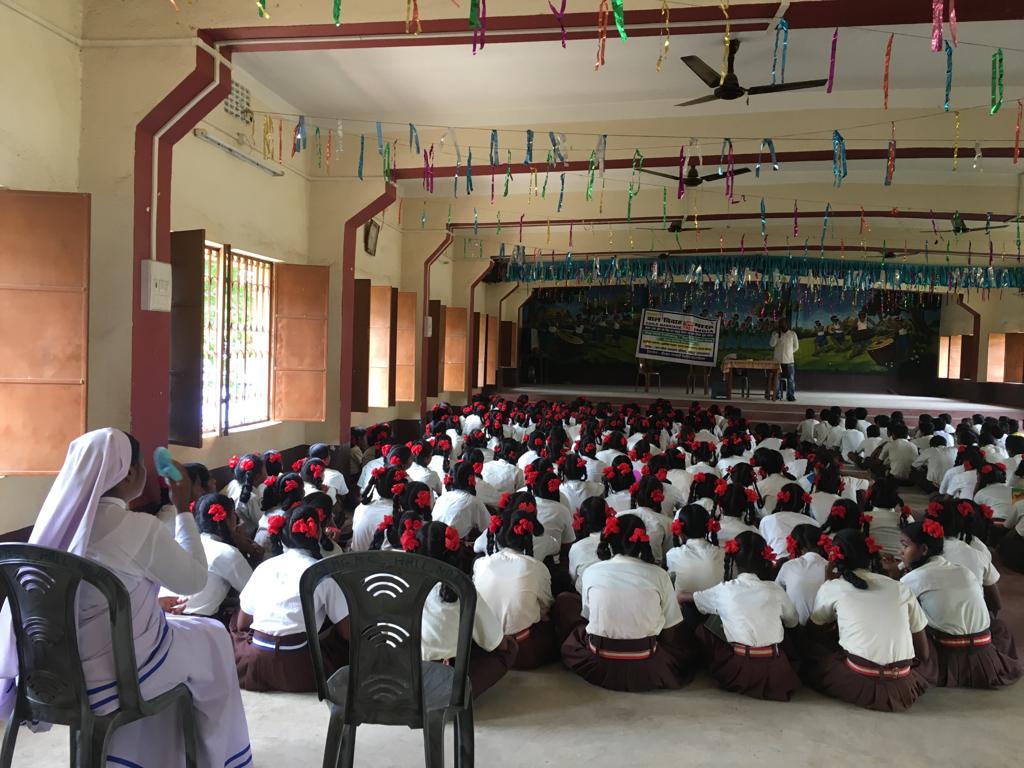
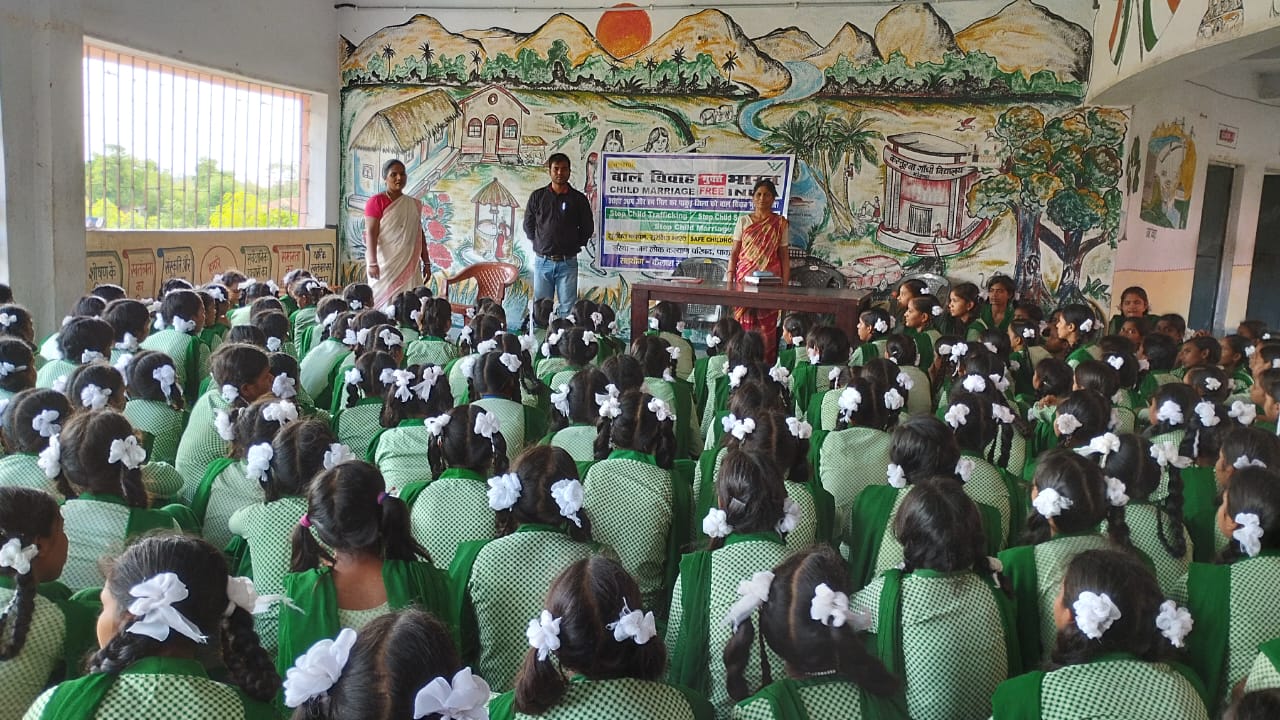
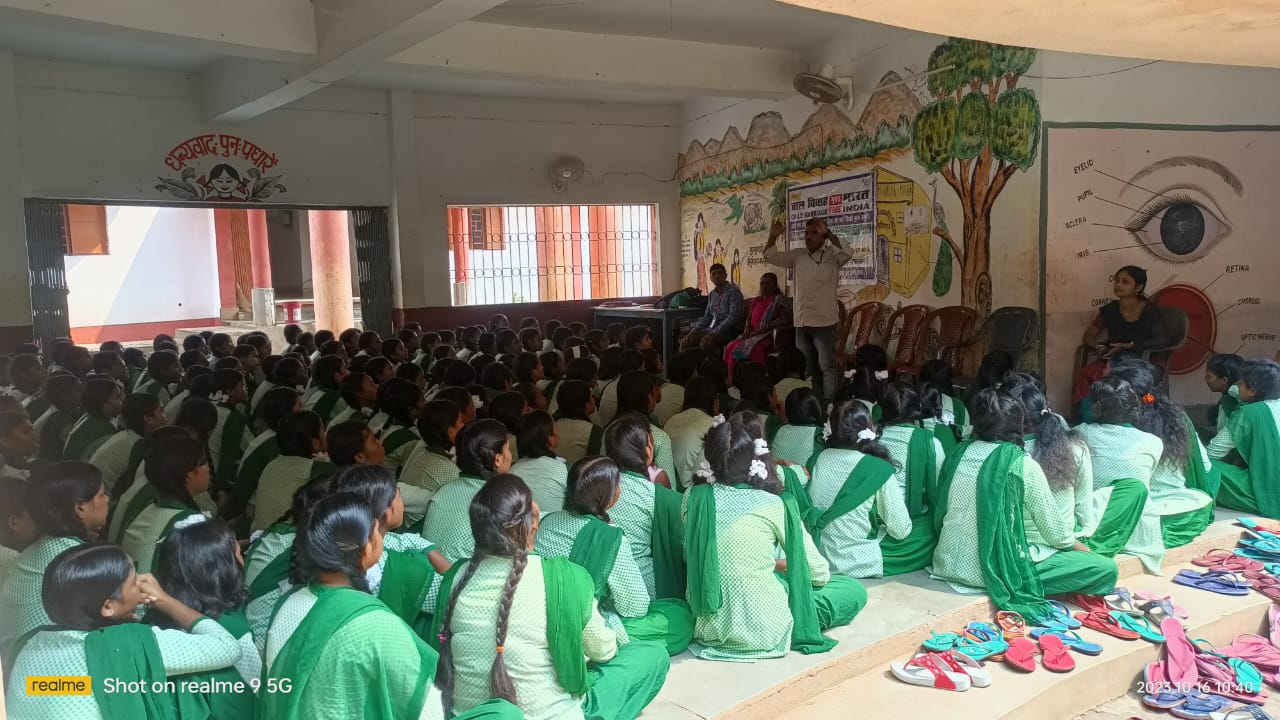
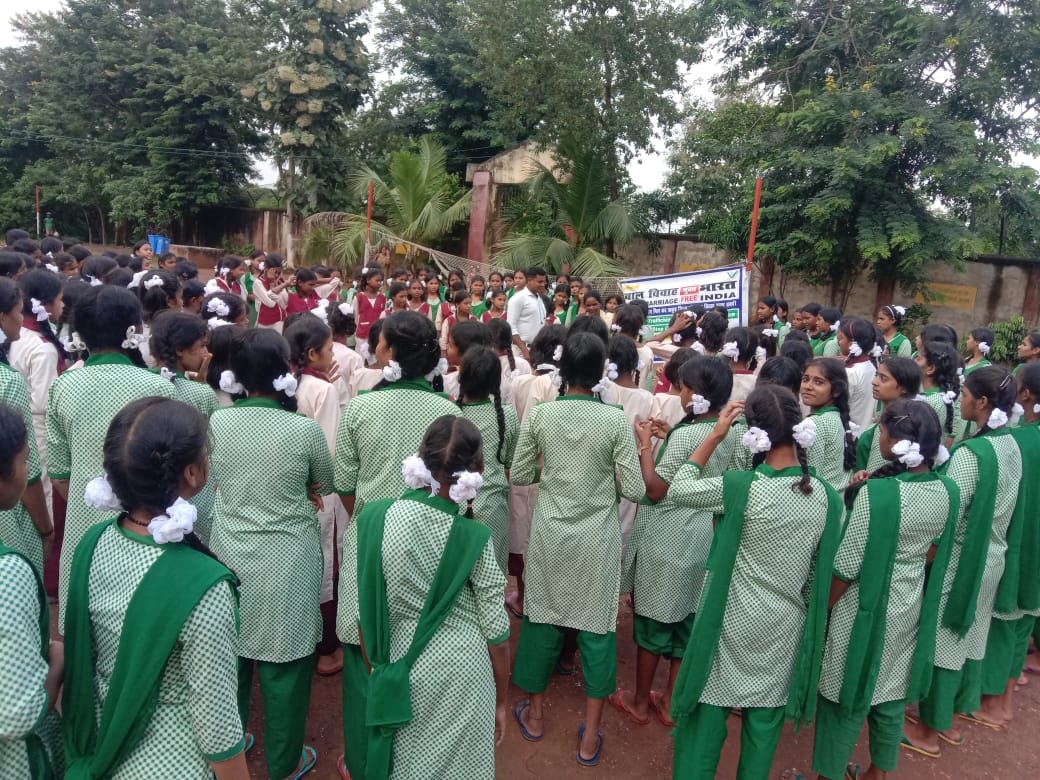
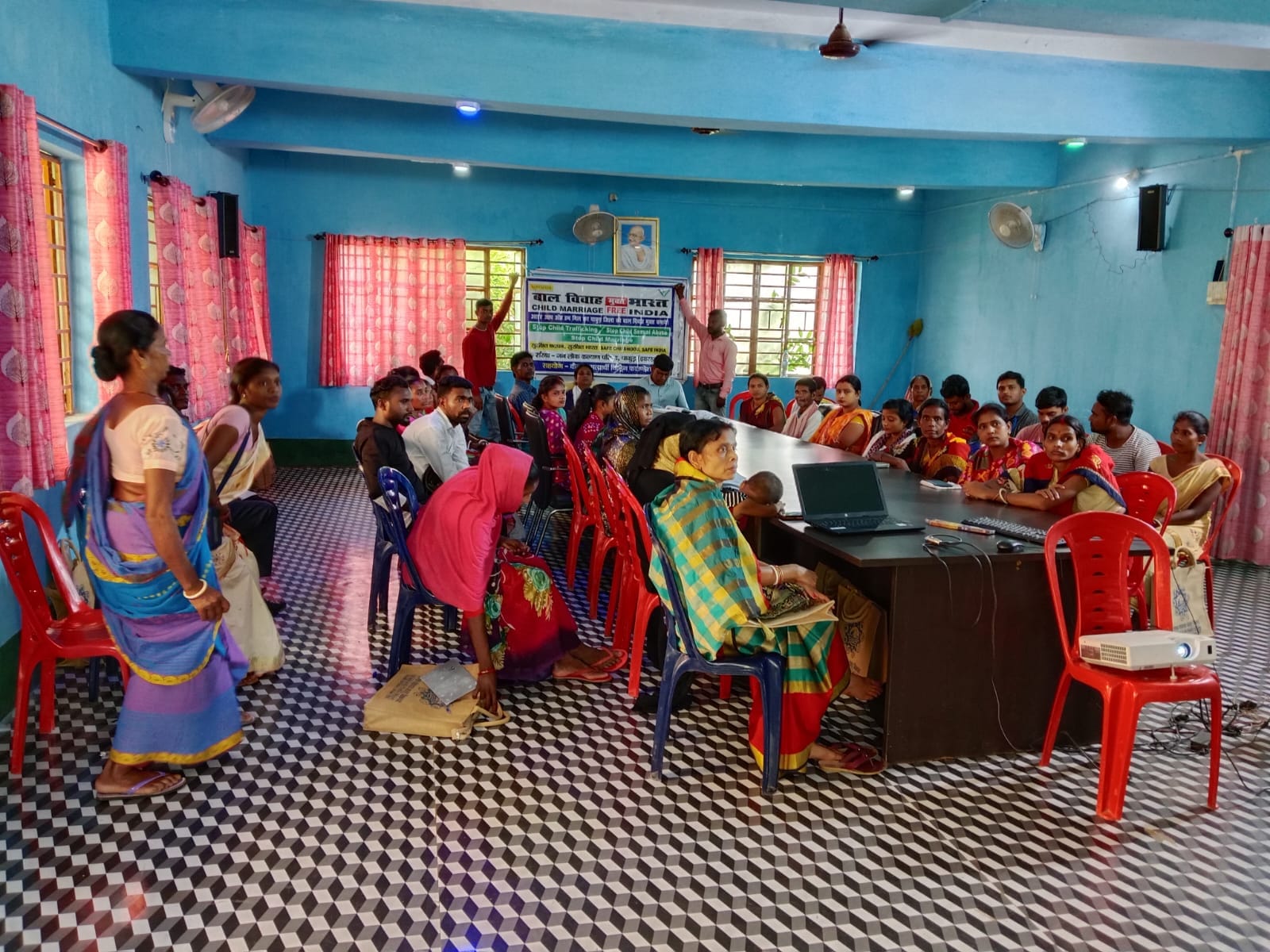
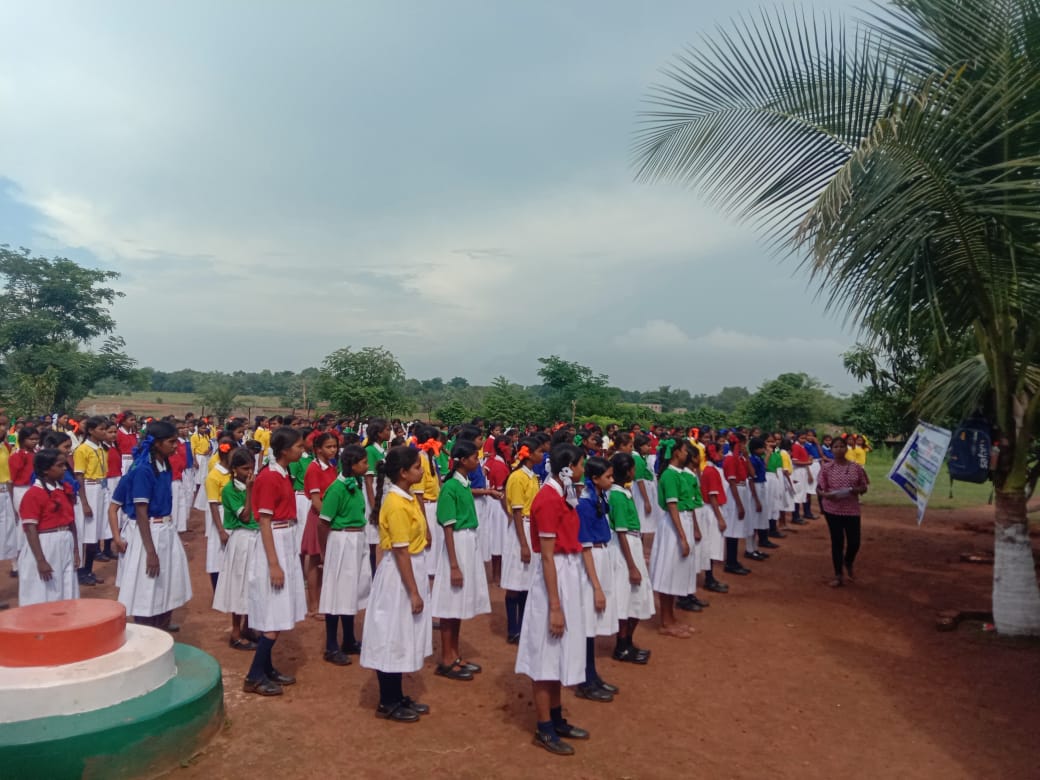
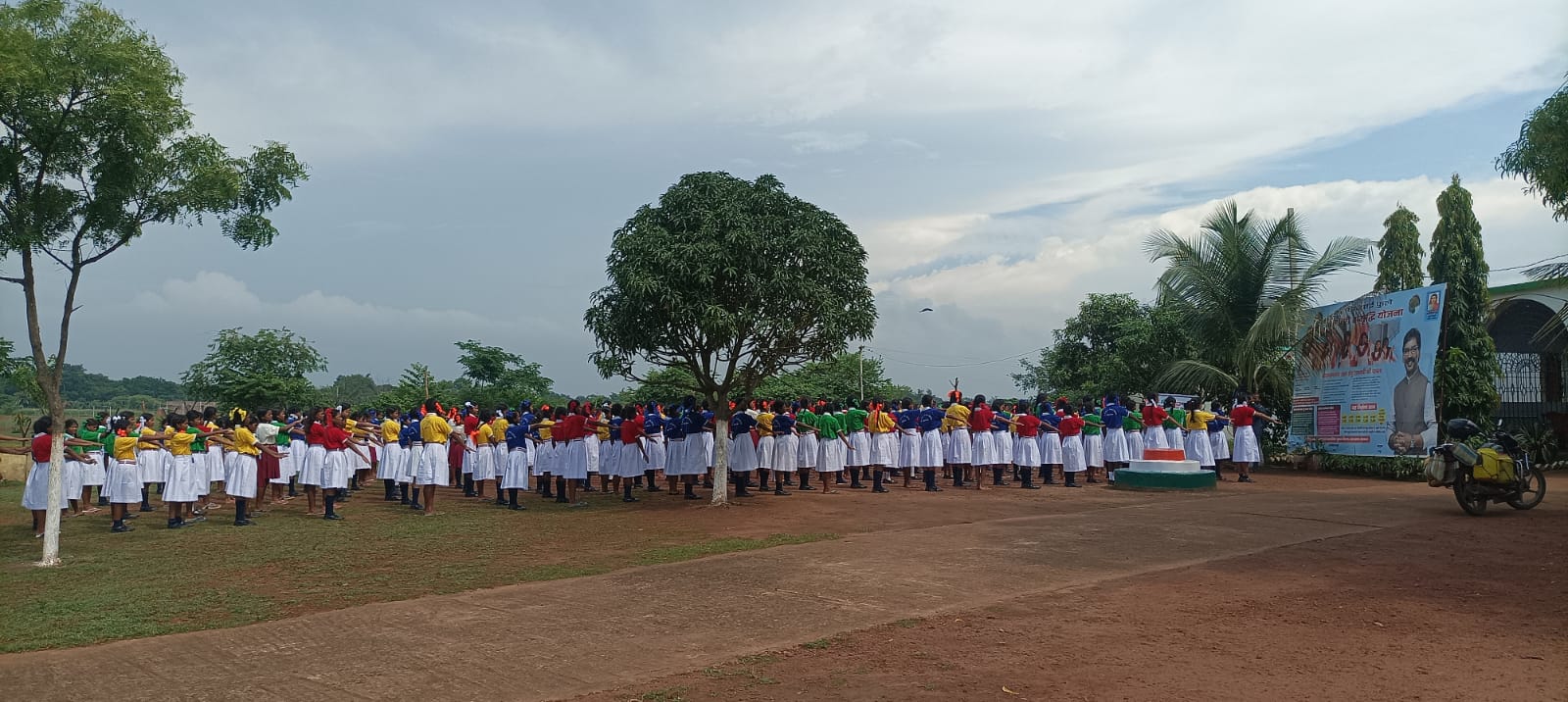
.jpeg)
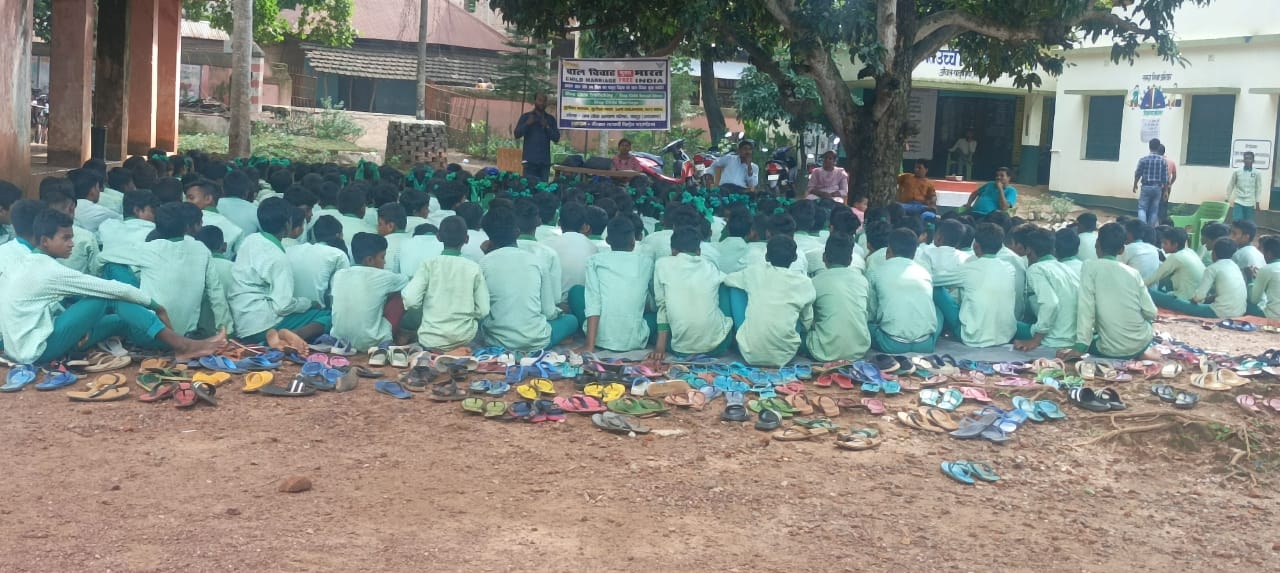
.jpeg)
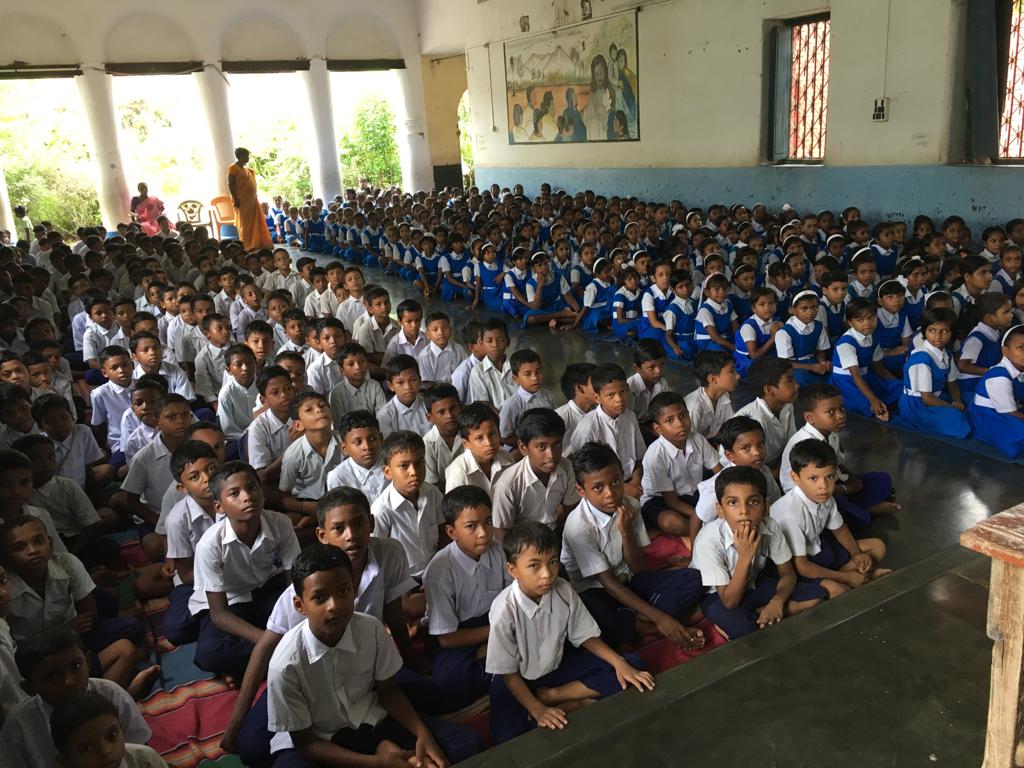
.jpeg)
.jpeg)
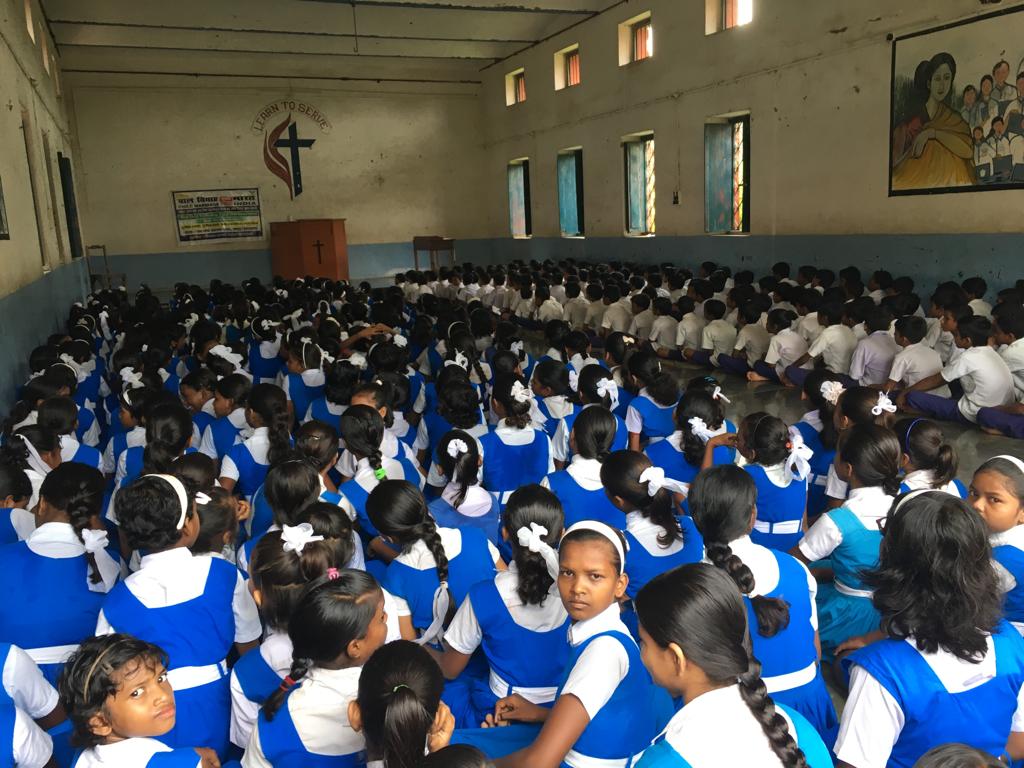
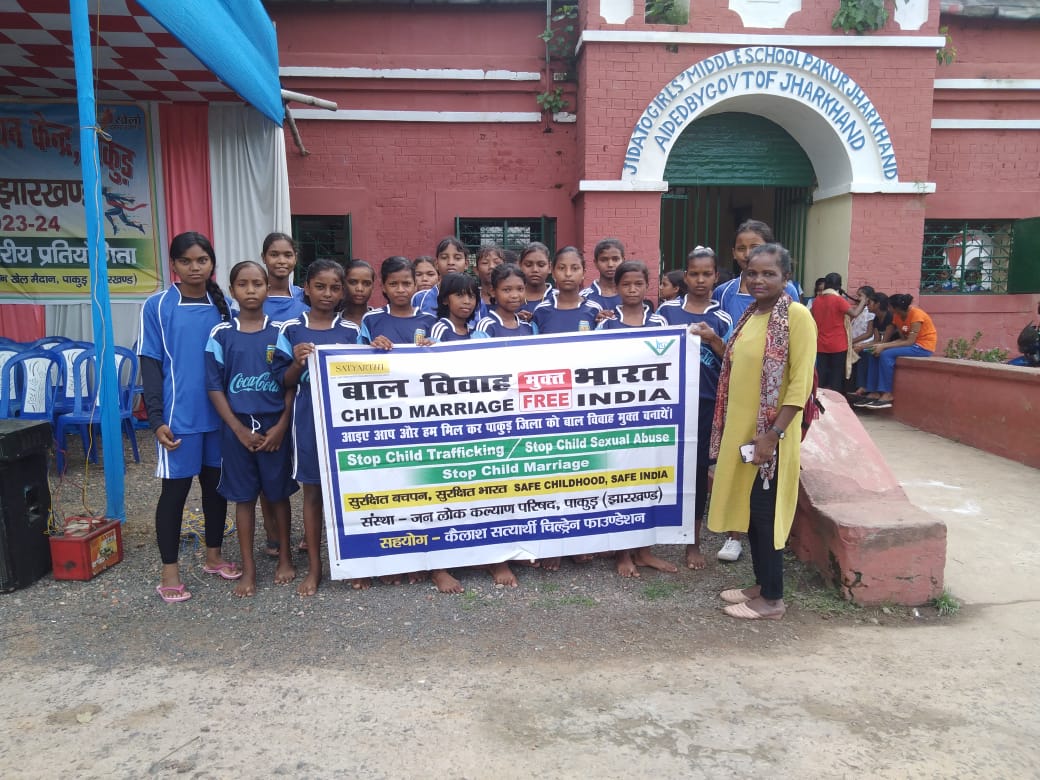
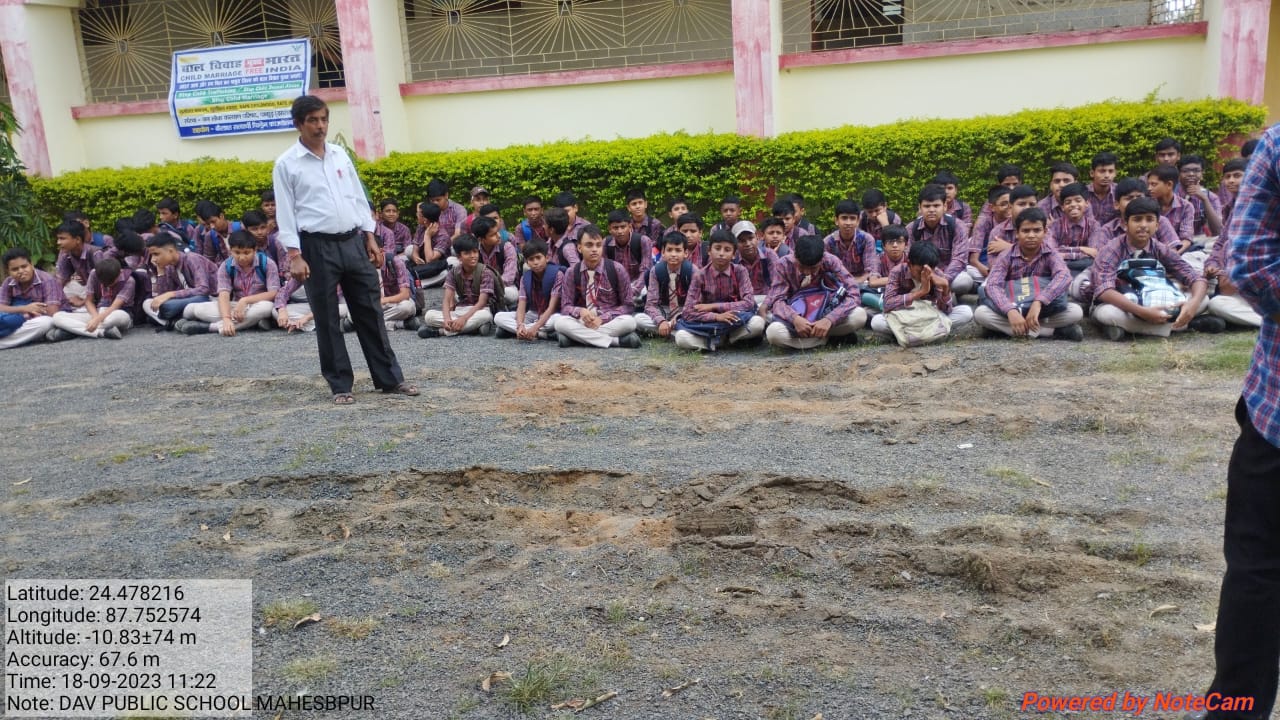
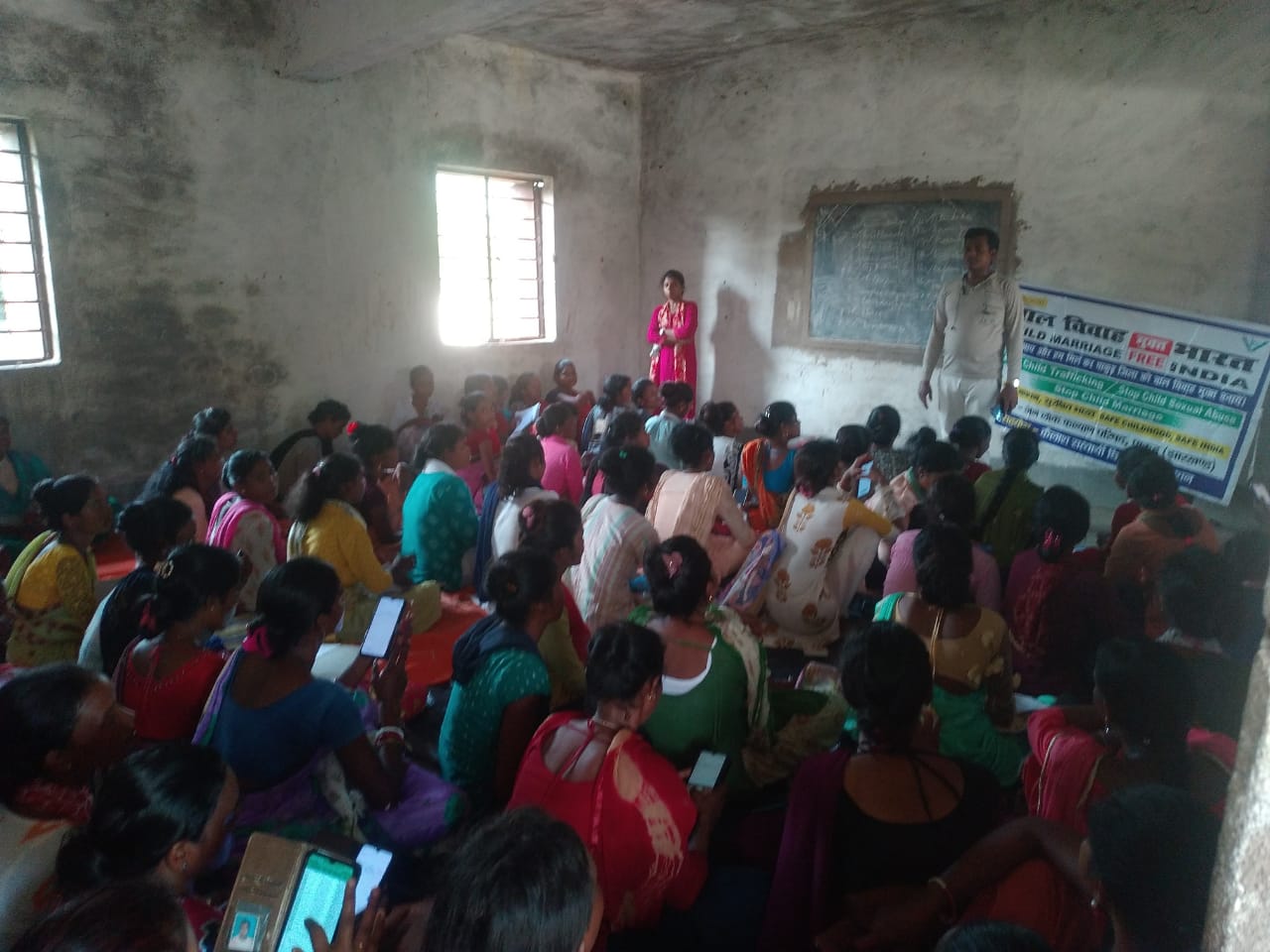
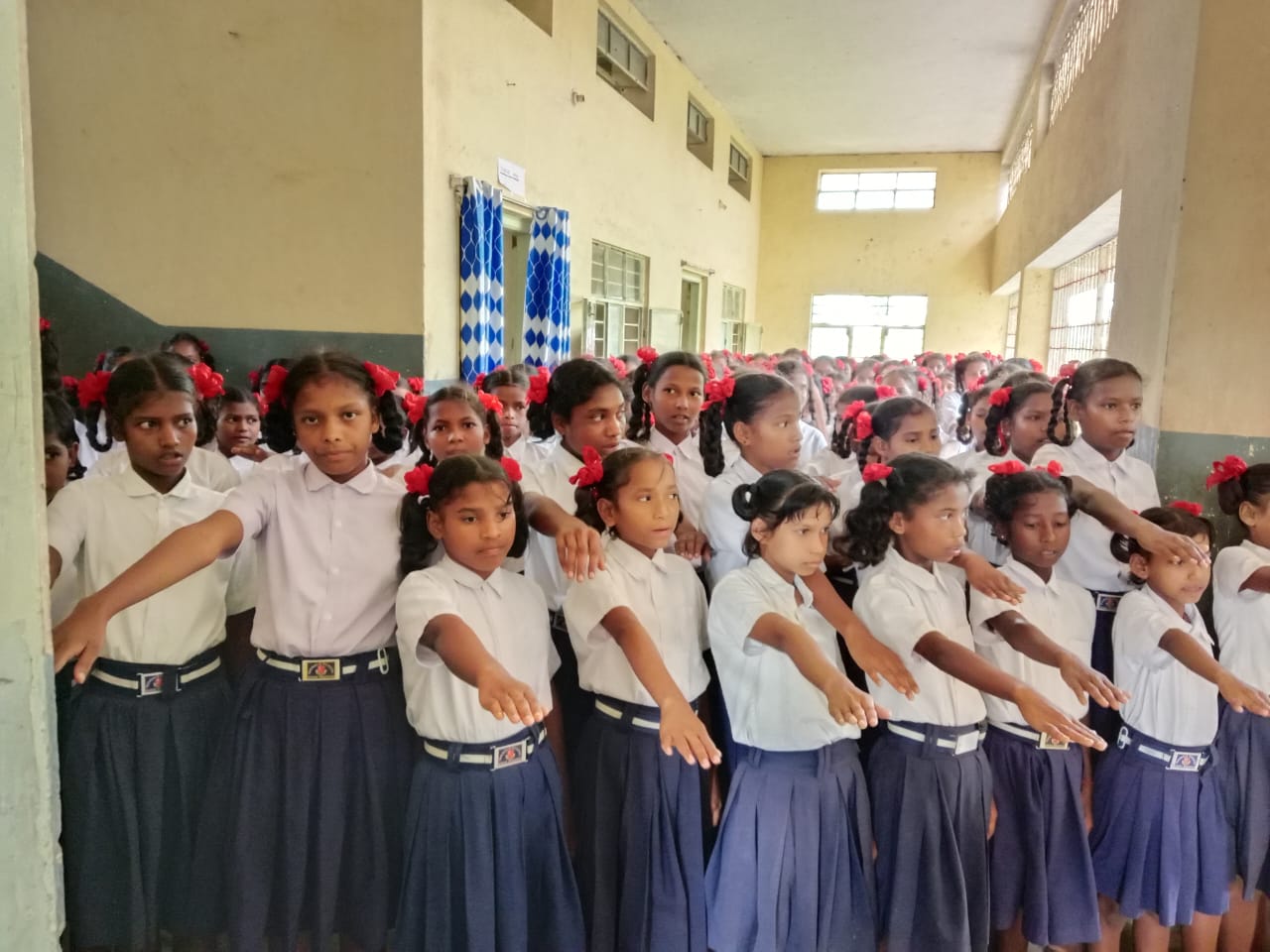
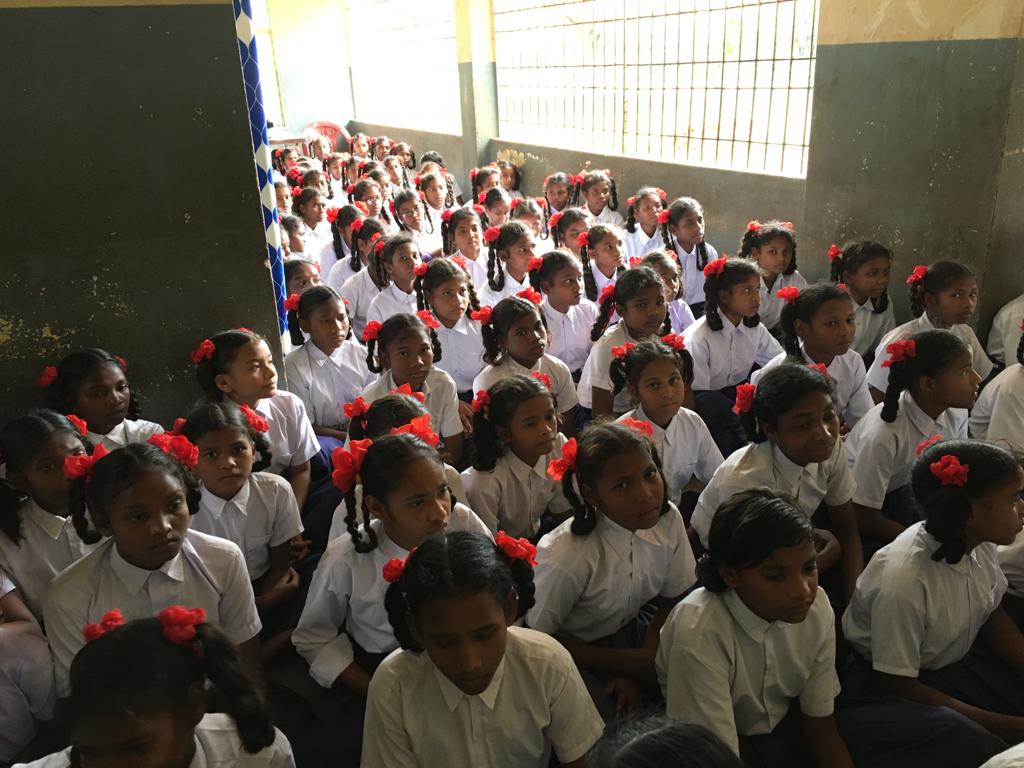
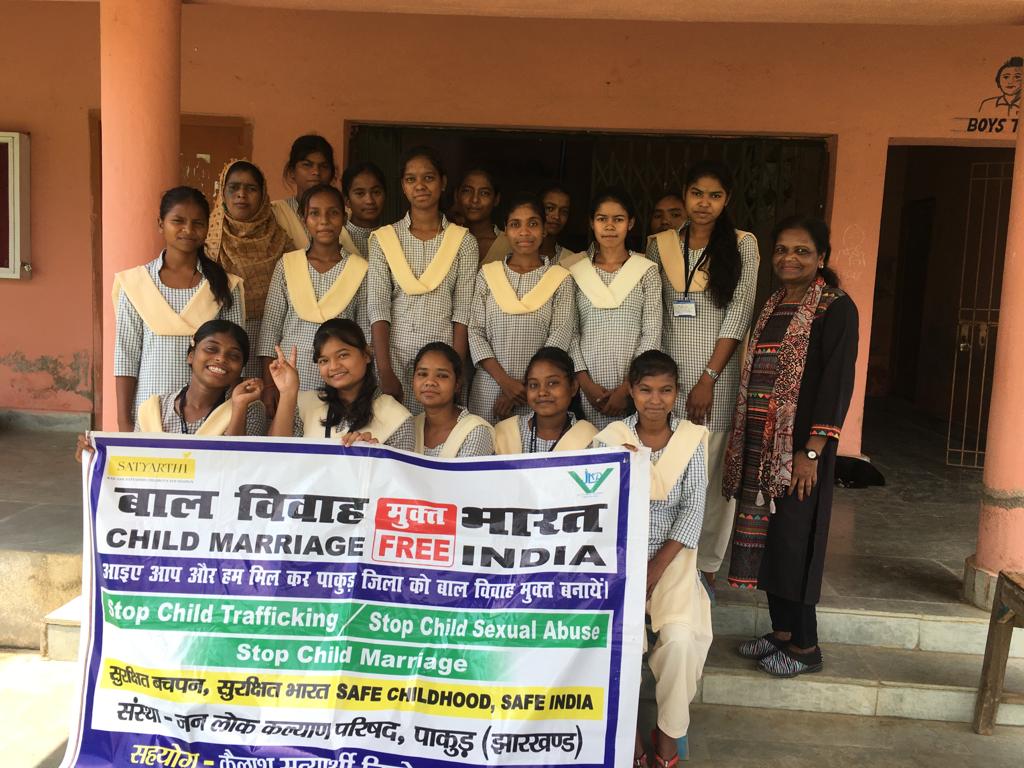
SMC
.jpeg)
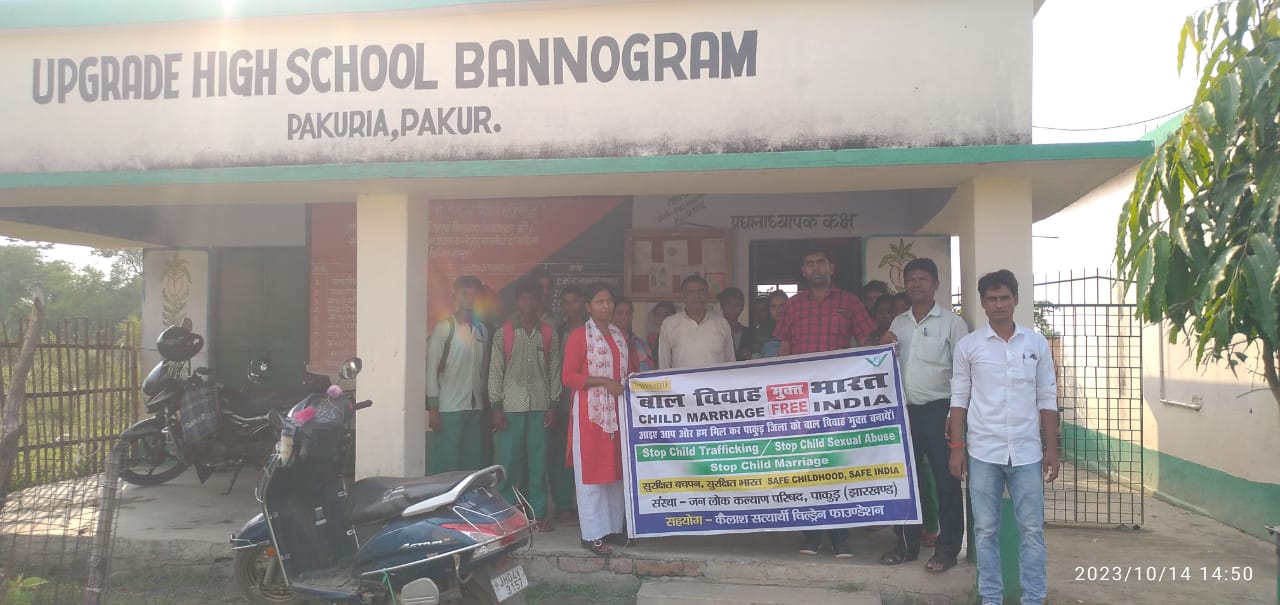
.jpeg)
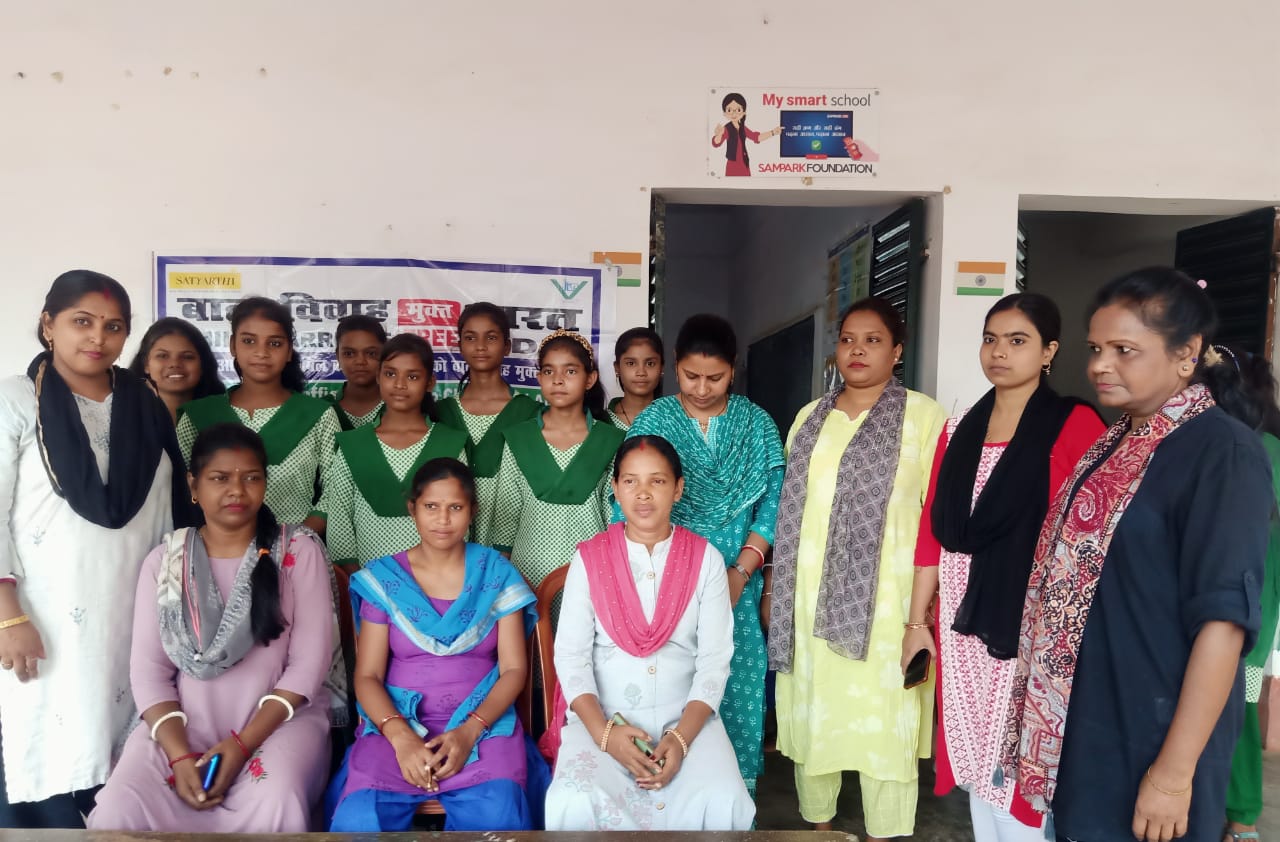
Background
Child marriage is not just an age-old social evil, but also a heinous crime that robs children of their childhood. Child marriage is a “crime against children” that violates basic human rights, minor girls are forced to marry and live a life of mental trauma, physical and biological stress, domestic violence including limited access to education and increased vulnerability to domestic violence. The consequences of child marriage are severe and extensive. Some of the specific consequences include: early pregnancies leading to complications and higher rate of maternal mortality and death of infants, malnutrition among both the infant and the mother, increased vulnerability to reproductive health, disruption in girl’s education and thereby reduction in opportunities of her personal and professional development, domestic violence and abuse, limited decision making powers in the household, and mental health issues.
India’s Census 2011 revealed 12 million children were married before attaining the legal age, of which 5.2 million were girls. Globally, child marriage is identified as a crime and a menace that needs to be eliminated. It finds space in the UN Sustainable Development Goals, under target 5.3 of Goal 5 that states elimination of all harmful practices, such as child, early and forced marriage and female genital mutilation by 2025.
The latest National Family Health Survey (2019-21) shows that although there is a drop in the overall rate of child marriages, from 26.8% in the National Family Health Survey (NFHS 4) to 23.3% in NFHS-5, it is still high despite laws, programmes and schemes in place to address the issue.
Child Marriage Free India CampaignUnderstanding the seriousness of the issue, the Hon'ble Supreme Court of India in W.P. Civil 382 of 2013 pronounced that the sexual intercourse committed by the husband upon his wife being under the age of 18 years with or without her consent can be constituted as rape. To address this, the most definitive and audacious commitment to end child marriage was made with the launch of Child Marriage Free India campaign.
Child Marriage Free India (CMFI) is a nationwide campaign led by women leaders and a coalition of more than 160 NGOs spanning more than 300 districts working to eliminate child marriage in India. CMFI is working to attain the tipping point of child marriage, after which the society does not accept this evil practice and that will happen when the prevalence of child marriage is brought down to 5.5% by 2030, from the current national prevalence rate of 23.3%. This is being done by initially targeting 257 high-prevalence districts and gradually focusing on all the districts of the country.
Child marriage results in child rape, resulting in child pregnancy, and in a large number of cases, may lead to child deaths. For decades, we have been losing generations of our children to child marriage. The Child Marriage Free India campaign has received extended support from various Departments and Institutions of over 28 States. So far, across India more than 5 crore people have taken the pledge to end child marriage over the last one year through the efforts of the Child Marriage Free India Campaign.
Know more about the Child Marriage Free India (CMFI) Campaign: https://www.childmarriagefreeindia.org/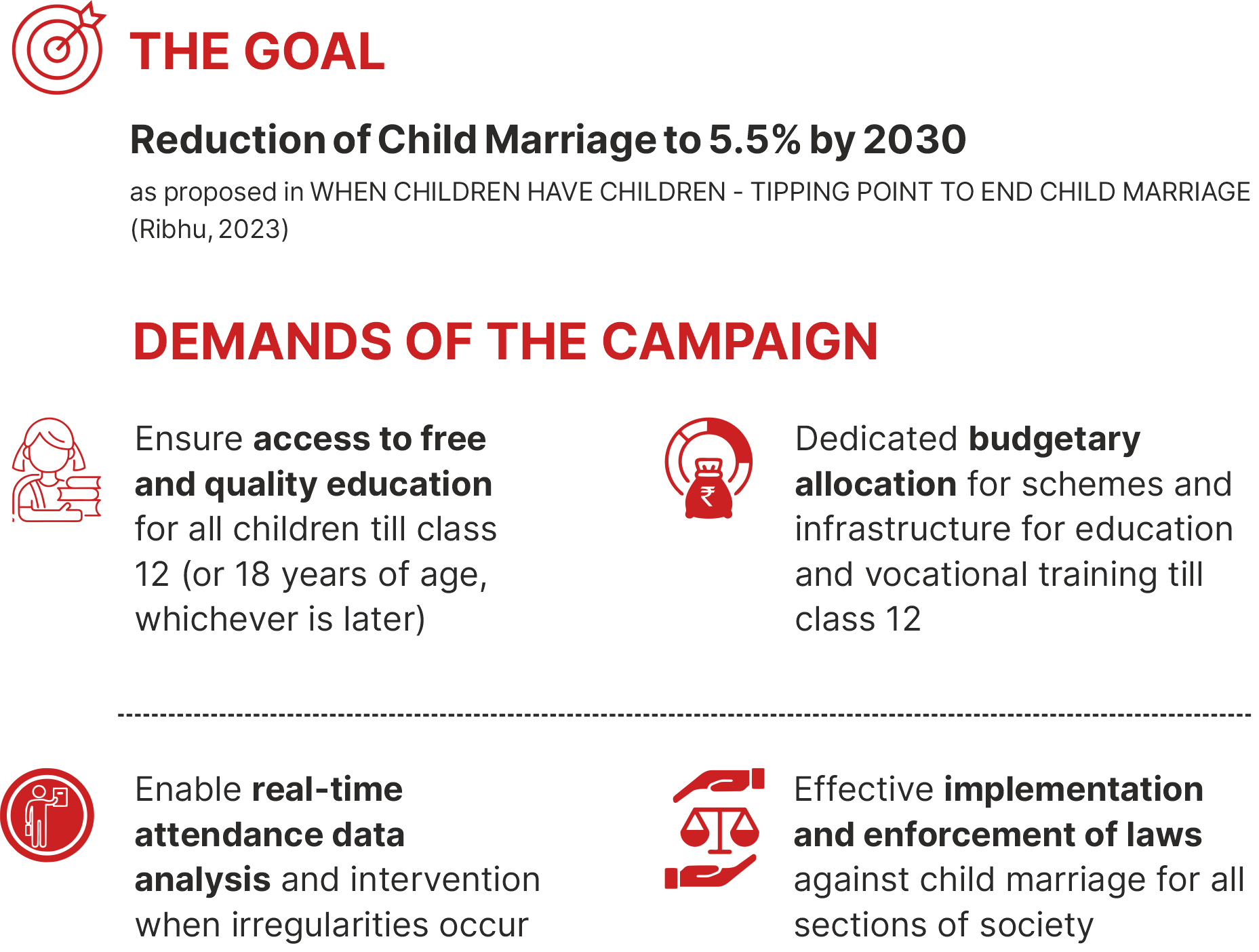
Tipping Point to end child marriage
Noted child rights activist, author, Supreme Court lawyer and founder of CMFI campaign, Bhuwan Ribhu has authored a book - ‘When Children Have Children: Tipping Point to End Child Marriage’ and put forth a framework advocating a sustainable, holistic and focused strategy with time-bound targets and measurable indicators to make India child marriage free by 2030. This book shows the path to eliminating child marriage in India within the next decade. As suggested by the author in the book, by adopting a systematic, highly focused, and intensive intervention model, over a phased timeline it is possible to reduce the national child marriage prevalence levels to 5.5% —the threshold, the tipping point, beyond which the prevalence is anticipated to diminish organically with reduced reliance on targeted interventions.
Tipping Point MethodologyThe aim of reduction of 60% of child marriage (in each of the phases) is assumed to bring down the incidence of child marriage to 5.5% in the next 9 nine years from 2021, from the last available estimates i.e., NFHS-5, till 2030. An additional assumption is that such a focused and elaborate intervention against child marriage would have a ripple effect. The tipping point analysis has been divided into two phases. The first phase will extend over a period of six years, starting in 2021. Subsequently, the second phase will span over a three-year period. It is expected that the national average for child marriage prevalence (percentage women aged 20-24 who were married before 18 years) would decline from 23.3% to 13.7% if the prevalence of child marriage is reduced by 60% in the 257 high-prevalence districts in the first phase followed by a further reduction of 60% in all districts across the country.
In order to reach the Tipping Point, the author has proposed a strategy at national and district level.
a. National Level strategy where Governments, Institutions, statutory bodies, etc. work towards prevention, protection, increased investment, improved prosecution, convergence and use of technology for monitoring
b. District Level strategy is similar to national level strategy but includes district administration, Panchayats, civil society, NGOs, other functionaries, parents and children who work collectively to prevent, report, and take action against child marriage
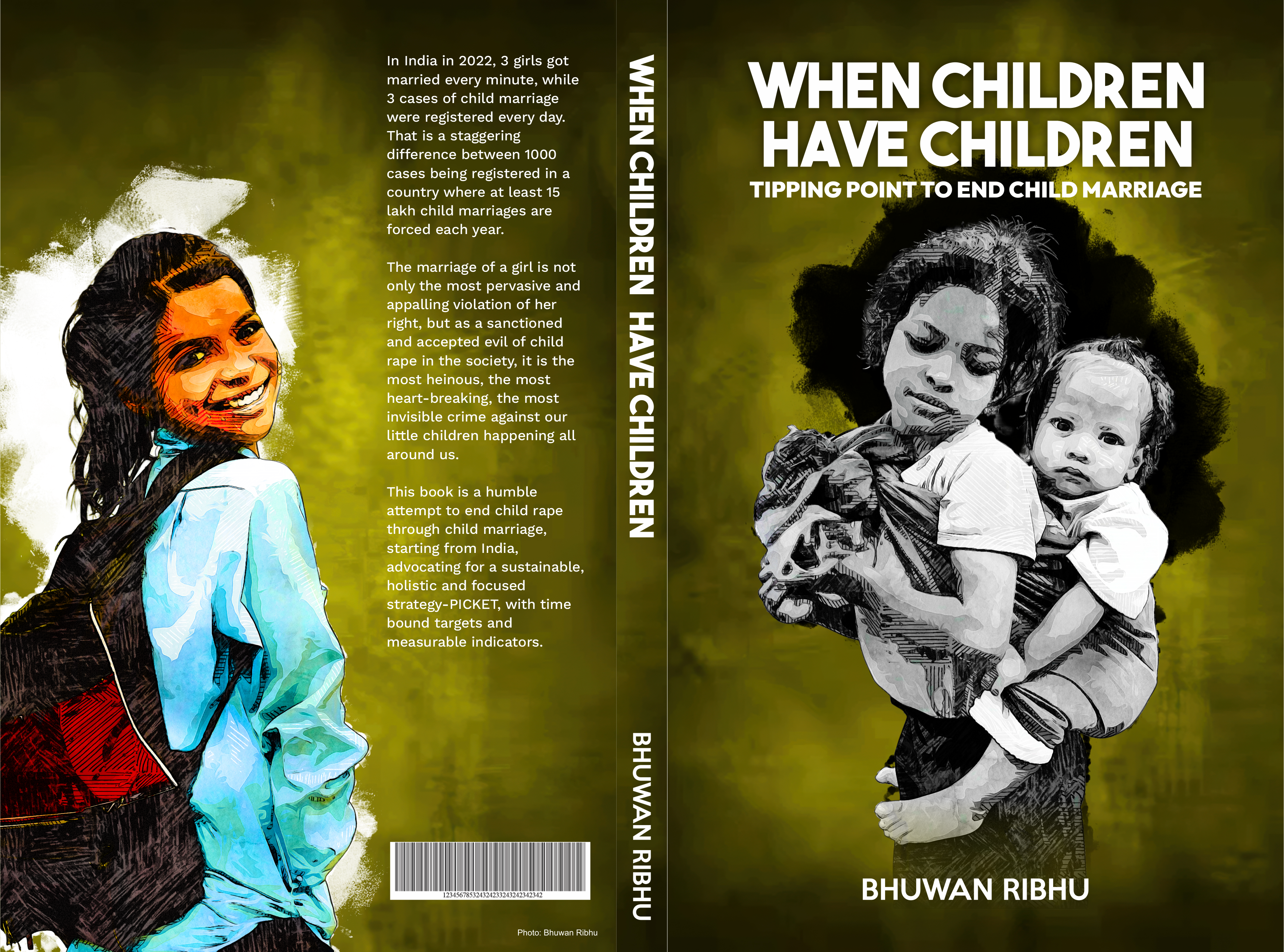
PICKET Strategy to End Child Marriage
Addressing the issue of child marriage, requires a comprehensive and coordinated approach of different government departments, institutions, statutory bodies, and civil society organizations.
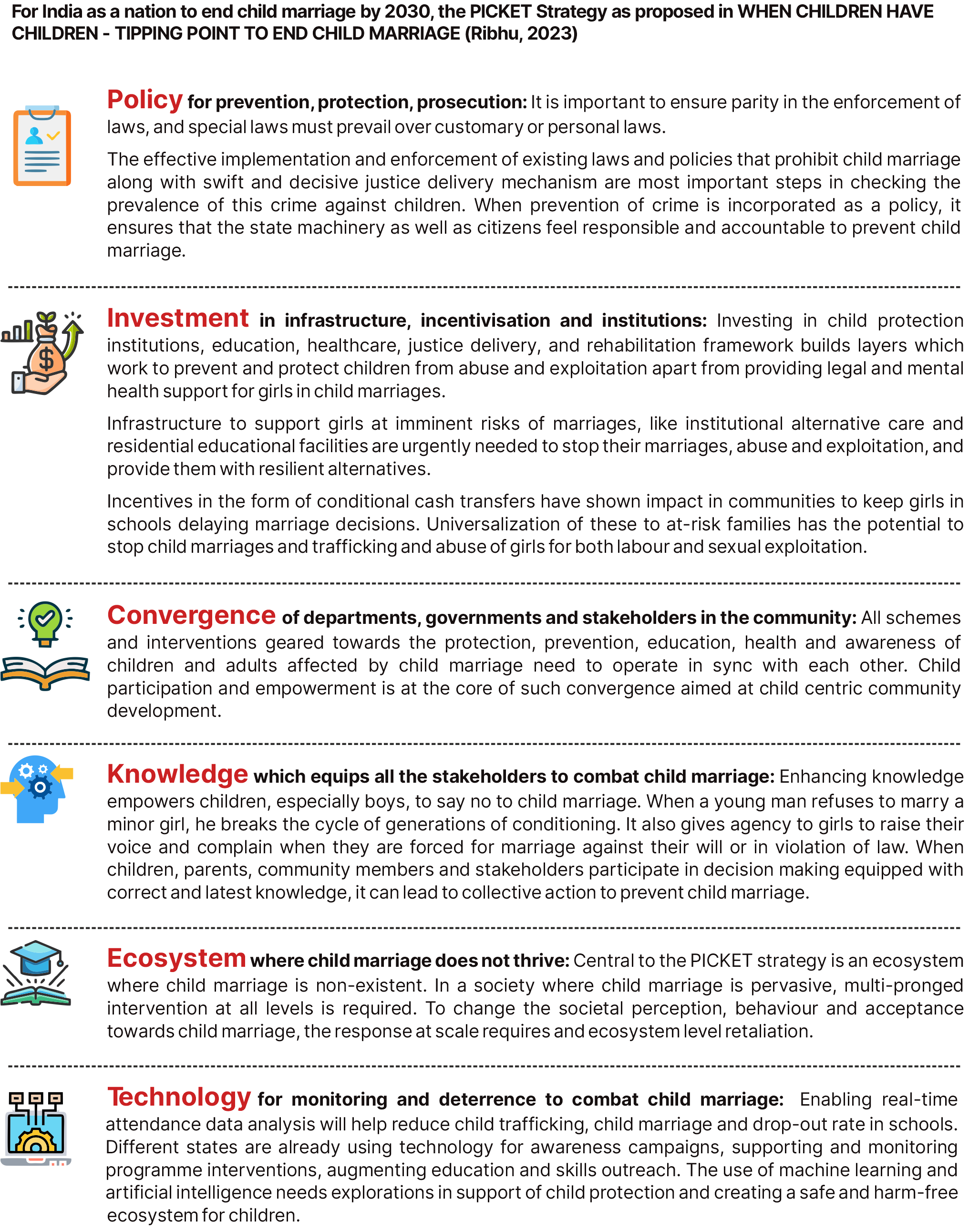
Case Study – Preventing Child Marriage
Save girl Save child
नाम:- हिना खातुन (बदला हुआ नाम)
उम्र:- 14 वर्ष लगभग
पिता:- लेबु शेख
माता:- नसीरा बीबी
पता:- गाँव - पलियादाहा, पोस्ट - पलियादाहा, थाना - पाकुड़िया, जिला - पाकुड़ - 816107 (झारखण्ड)
यह केस दिनांक 28/11/2023 को जन लोक कल्याण परिषद, पाकुड़ (कैलाश सत्यारर्थी चिल्ड्रन फाऊंडेशन) के कार्यकर्ता निशा मुर्मू को स्कुल मीटींग करने के दौरान प्राप्त हुआ कि आगामी 02/12/2023 को एक बच्ची जिसका नाम- हिना खातुन (बदला हुआ नाम), उम्र- 14 वर्ष लगभग, गाँव - पलियादाहा मंे शादी होने वाली हैं। खबर मिलने के उपरांत उक्त कार्यकर्ता उस बच्ची के घर गई। घर पर बच्ची, बच्ची के माता-पिता सभी घर पर थे।
उनके घर जाकर लड़की के माता-पिता को समझाया गया कि बाल विवाह एक सामाजिक कुरीति हैं जिससे लड़की को मानसिक एंव शारीरिक जिवन में असर पड़ता हैं और बाल विवाह प्रतिषेध अधिनियम 2006 के तहत सजा एवं दंड के पात्र सभी लोग होते है,ं जो 18 वर्ष से कम उम्र की लड़की और 21 वर्ष कम उम्र के लड़के की बाल विवाह कराते हैं। इन सभी बातो का ध्यान में रखते हुए लड़की के माता-पिता द्वारा कहा गया कि बच्ची का बाल विवाह नहीं करेंगे जब तक उसका उम्र 18 वर्ष पुरी नहीं होती हैं एवं उसकी पढ़ाई जारी करने की बात कही गई। साथ ही लड़की के माता-पिता द्वारा शपथ पत्र भी लिया गया।
संस्था द्वारा फाॅलोअप के दौरान पता चला कि बच्ची अभी पढ़ाई-लिखाई कर रही हैं। उनके माता-पिता पढ़ाई-लिखाई को महत्व देते हैं।
